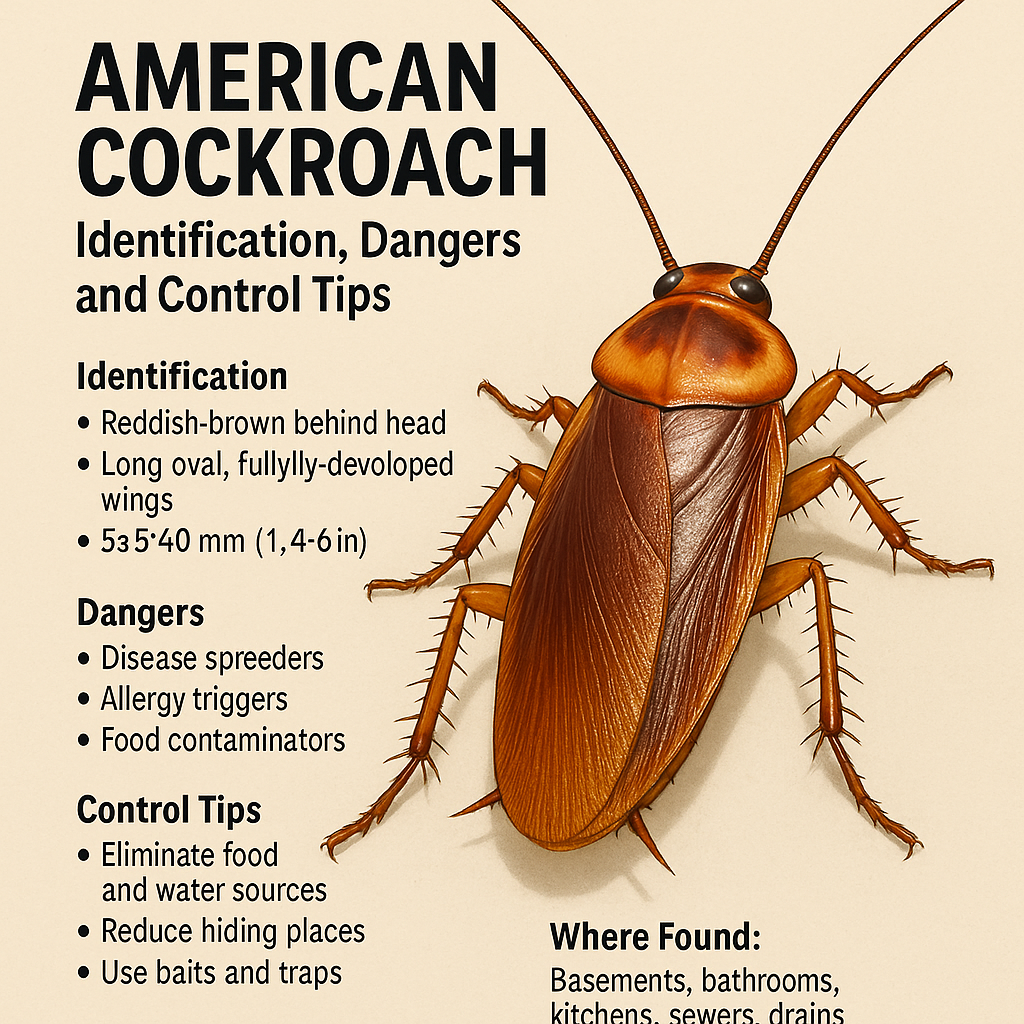
American Cockroach : Identification, Dangers, and Control Tips
When it comes to household pests, few are as notorious—or as dreaded—as the American cockroach. Known for its size, speed, and persistence, this cockroach species is one of the most common invaders in homes and businesses worldwide. Let’s dive into how to identify the American cockroach, understand the risks it poses, and discover the best methods for keeping it out of your home.
What Is the American Cockroach?
The American cockroach (Periplaneta americana), sometimes called the “Palmetto Bug,” is the largest and one of the most resilient cockroach species found in homes. Despite its name, it is believed to have originated in Africa and was introduced to the Americas centuries ago. Today, it is found across the globe.
How to Identify an American Cockroach
-
Size: Adults measure about 35–40 mm (1.4–1.6 inches), making them the biggest common cockroach.
-
Color: Shiny reddish-brown with a yellowish band behind the head.
-
Shape: Long, oval body with long antennae and fully developed wings (they can glide but rarely fly indoors).
-
Where Found: Basements, bathrooms, kitchens, sewers, drains, and commercial buildings. They love warm, humid, and dark environments.
Why Are American Cockroaches Dangerous?
American cockroaches are more than just an unsightly nuisance—they can pose real health risks:
-
Disease Spreaders: They can carry and spread bacteria such as Salmonella, E. coli, and others by contaminating food and surfaces.
-
Allergy Triggers: Cockroach droppings, shed skins, and saliva contain allergens that can trigger asthma and allergies, especially in children and sensitive individuals.
-
Food Contaminators: They invade pantries and kitchens, contaminating food with germs picked up from sewers and garbage.
-
Rapid Multiplication: Females lay dozens of eggs at a time, leading to fast-growing infestations if not controlled.
Signs of an American Cockroach Infestation
-
Sightings: Large reddish-brown cockroaches, especially near drains or damp areas.
-
Droppings: Small, dark, cylindrical droppings found in corners, under sinks, or behind appliances.
-
Egg Cases (Oothecae): Brown, bean-shaped egg cases in hidden, moist locations.
-
Odor: Large infestations can produce a musty, oily smell.
How to Prevent and Control American Cockroaches
1. Eliminate Food and Water Sources
-
Store food in airtight containers.
-
Clean crumbs and spills promptly.
-
Don’t leave pet food or dirty dishes out overnight.
-
Fix leaks in sinks, pipes, and appliances.
2. Reduce Hiding Places
-
Declutter storage areas and keep them dry.
-
Seal cracks and gaps in walls, doors, and windows.
-
Install screens on vents and drains.
3. Maintain Cleanliness
-
Take out garbage regularly and keep bins sealed.
-
Sweep and mop floors frequently.
-
Clean under appliances and furniture.
4. Use Cockroach Baits and Traps
-
Place gel baits and sticky traps near sinks, drains, and under appliances.
-
Avoid using sprays as the first option; baits work better for colony control.
5. When to Call Pest Control
If you see multiple large cockroaches during the day, have recurring problems, or notice egg cases, call a professional pest control service. Infestations can grow rapidly and are tough to eliminate completely with DIY methods alone.
FAQs about American Cockroaches
Q: Do American cockroaches fly?
A: They have wings and can glide short distances, but rarely fly indoors.
Q: Are American cockroaches dangerous to pets?
A: They don’t attack pets but can contaminate food and water bowls.
Q: How fast do they reproduce?
A: A female can produce hundreds of offspring in a year under favorable conditions.
Q: What attracts them indoors?
A: Moisture, food crumbs, warmth, and hiding places like basements and kitchens.
Conclusion
The American cockroach is a resilient and potentially harmful pest. Early identification, good hygiene, and timely action are essential to keep your home safe and healthy. Don’t ignore the signs—protect your family by staying vigilant and considering professional help for severe infestations.
Want to learn about other cockroach species or need help with pest control? Contact us or read our other pest control blogs for expert advice!

Youtube Video
Invalid YouTube URL provided.
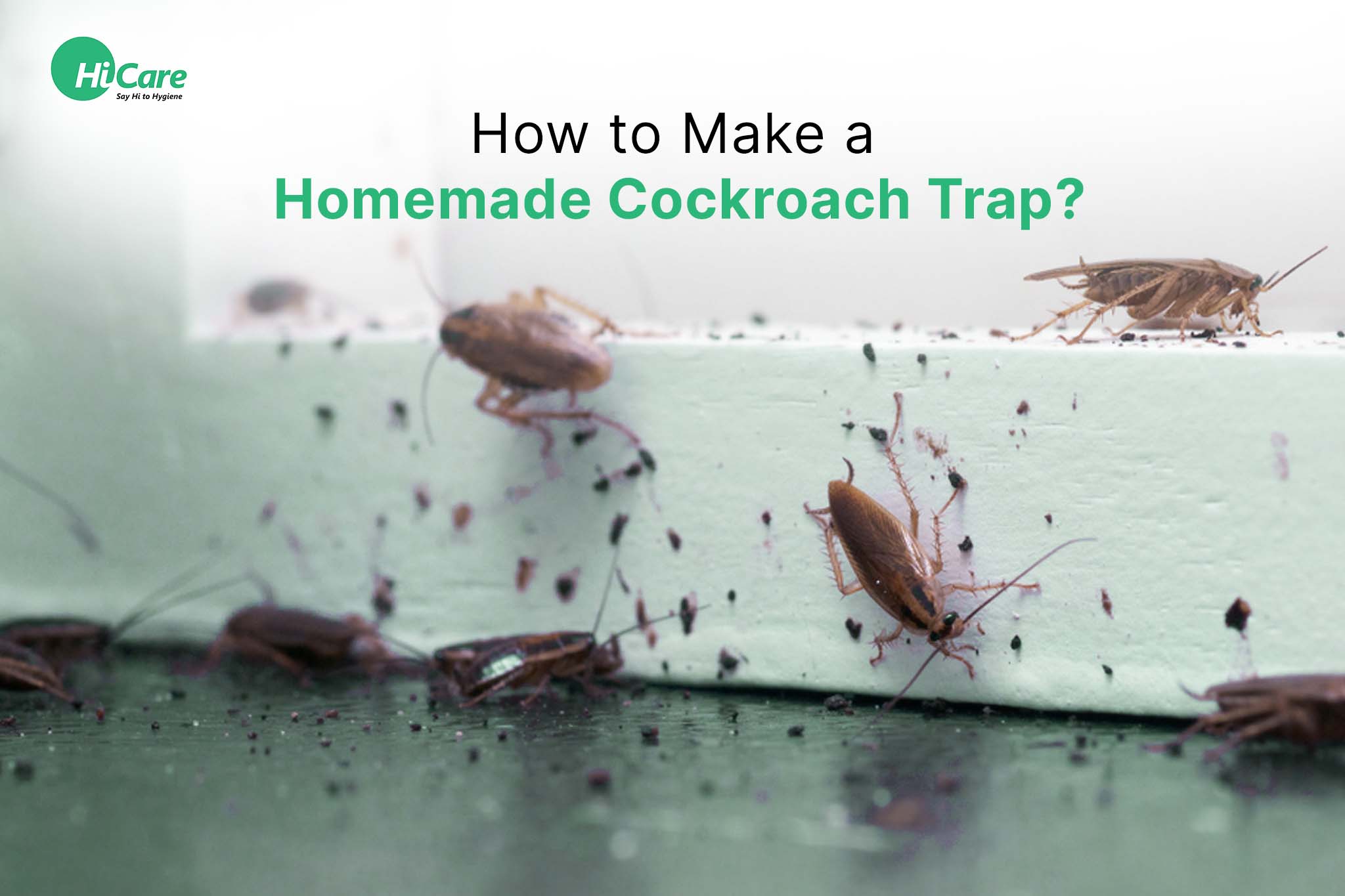
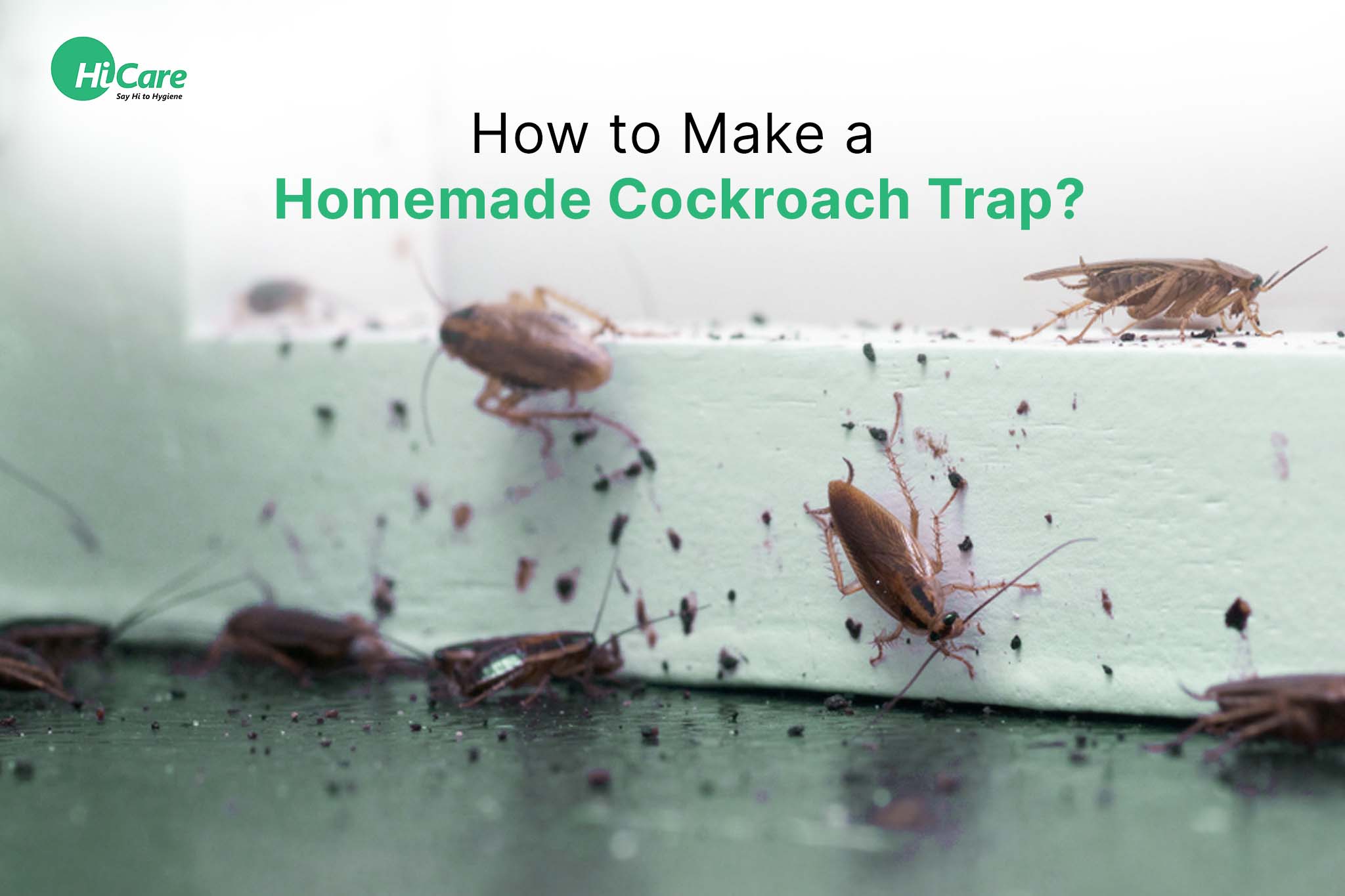
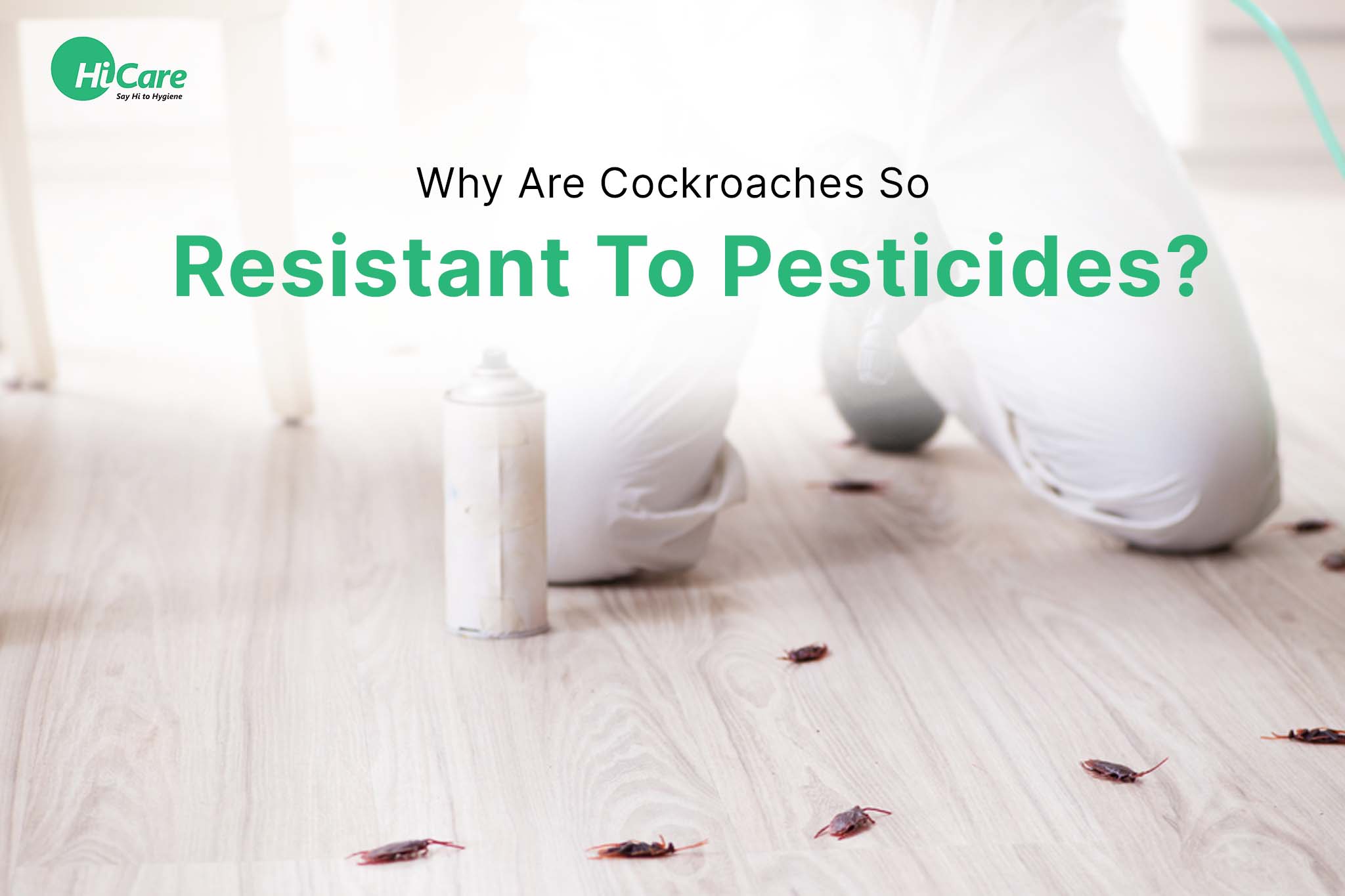

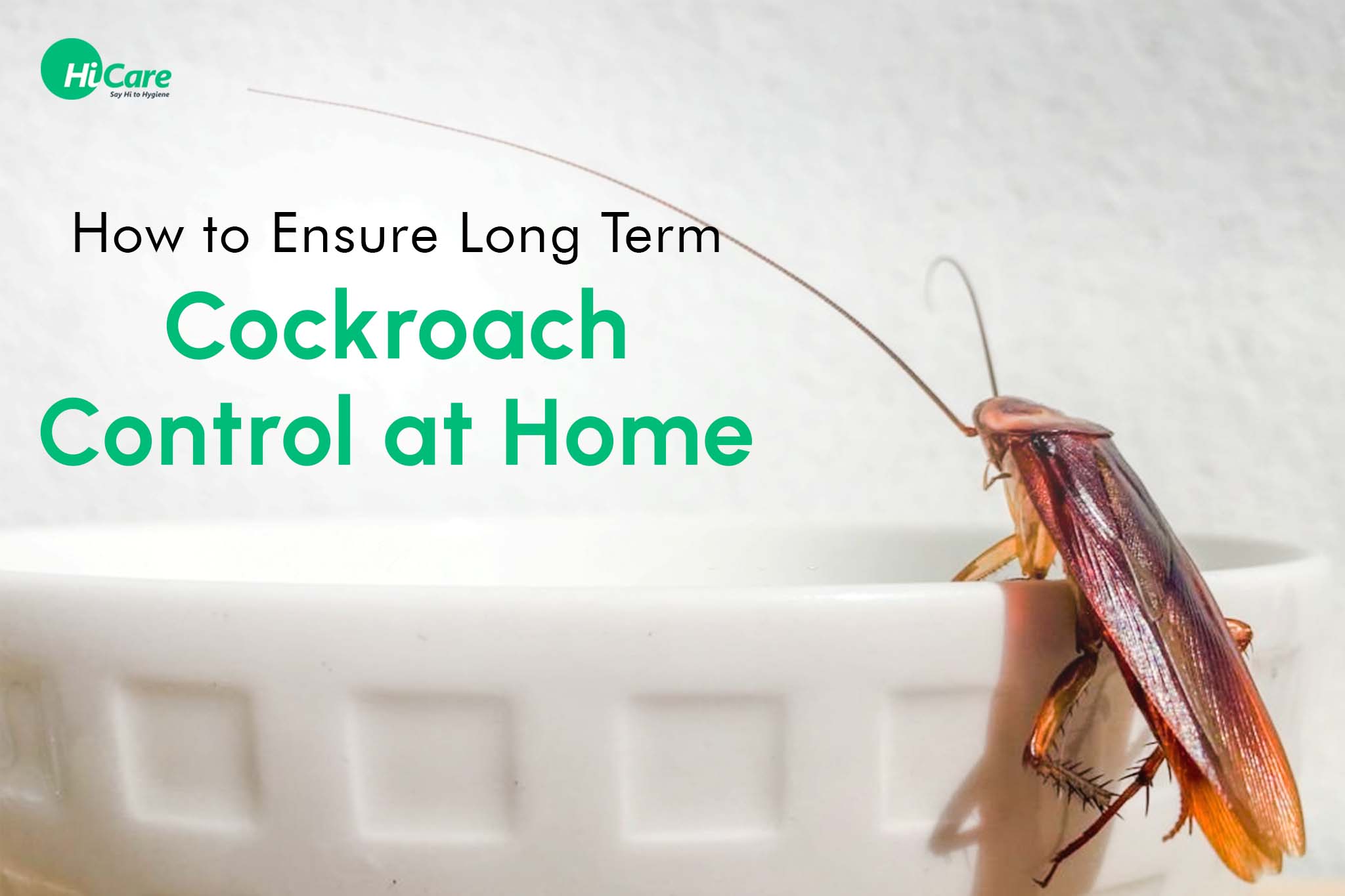
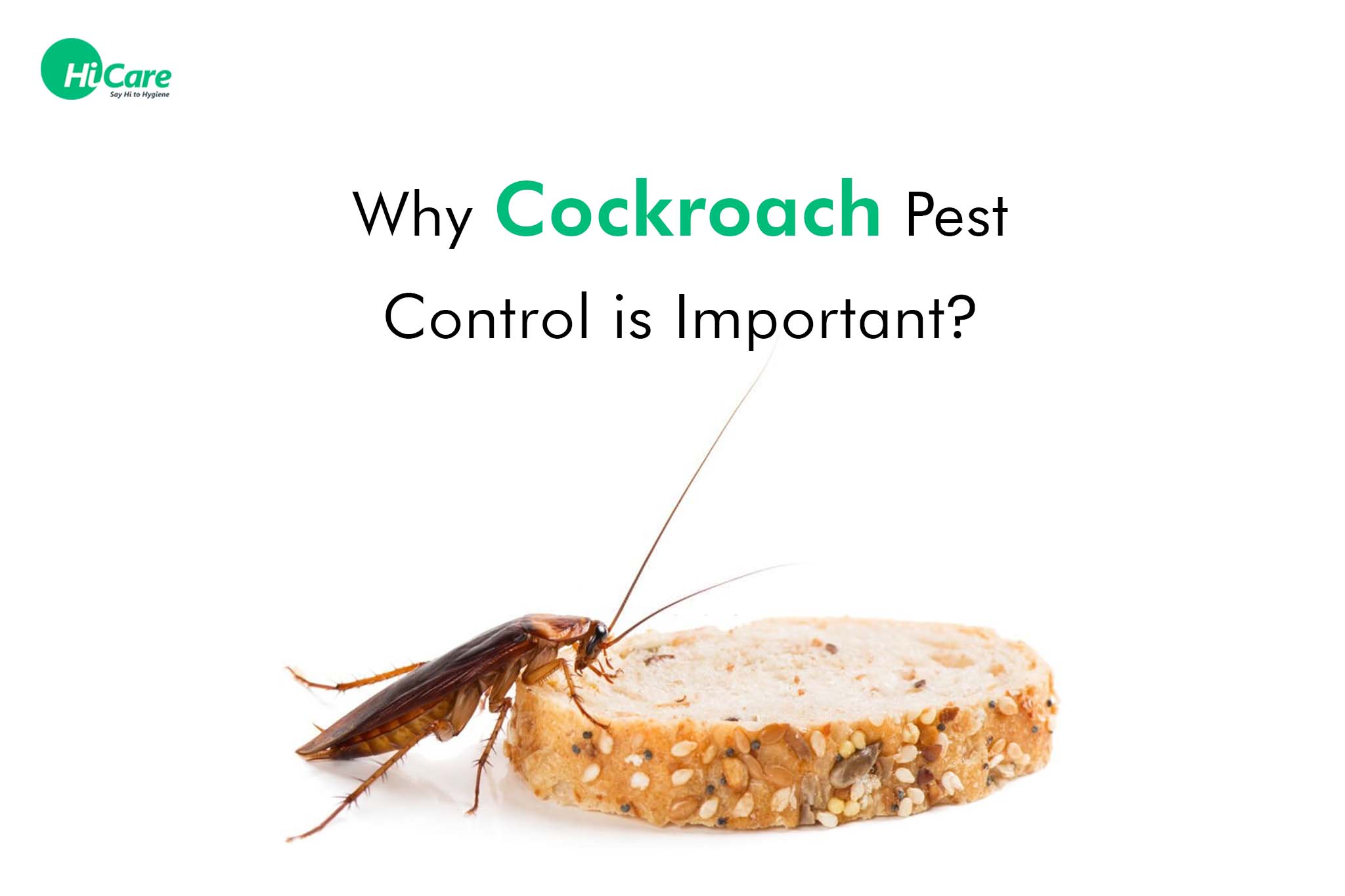
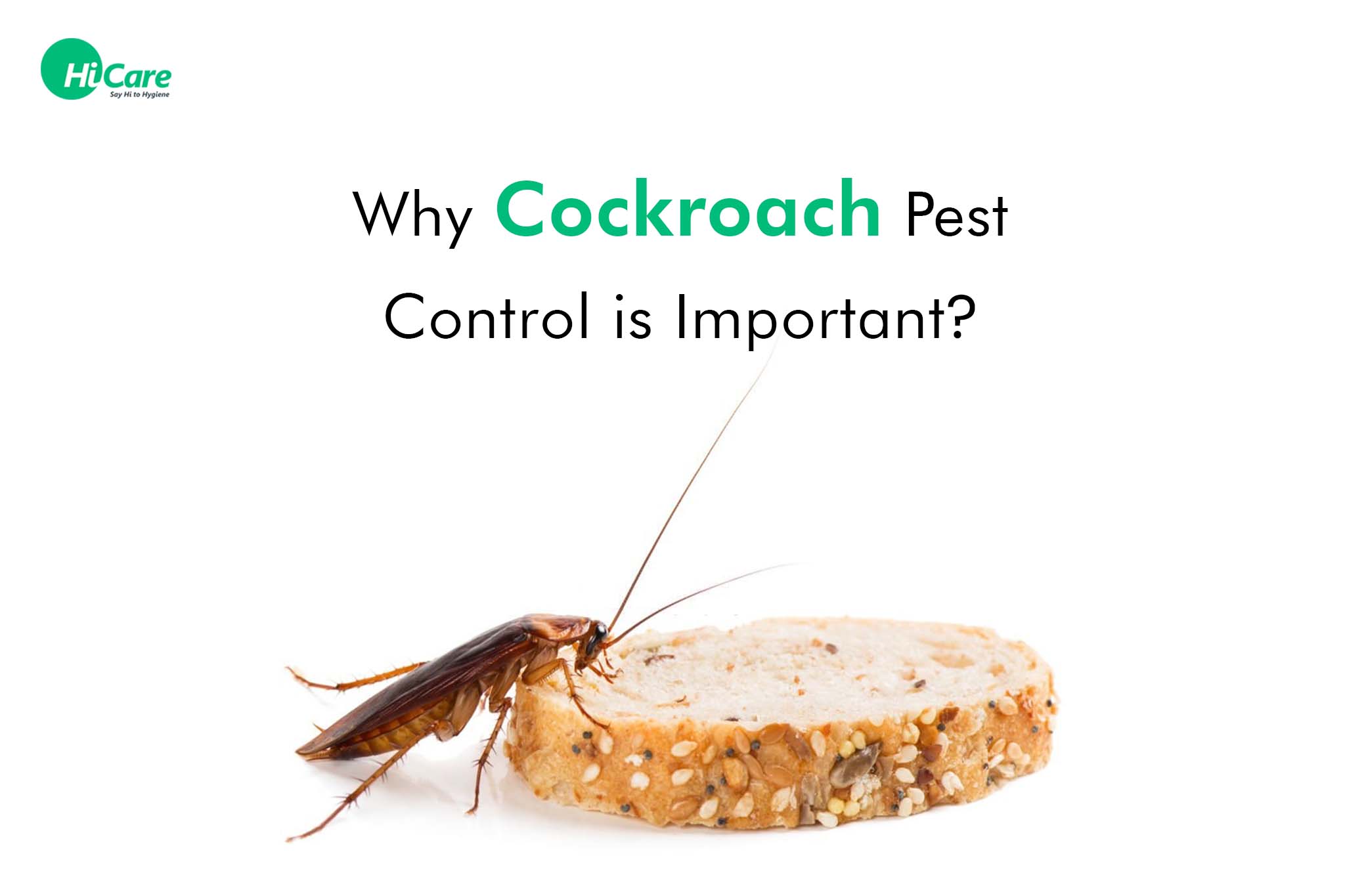
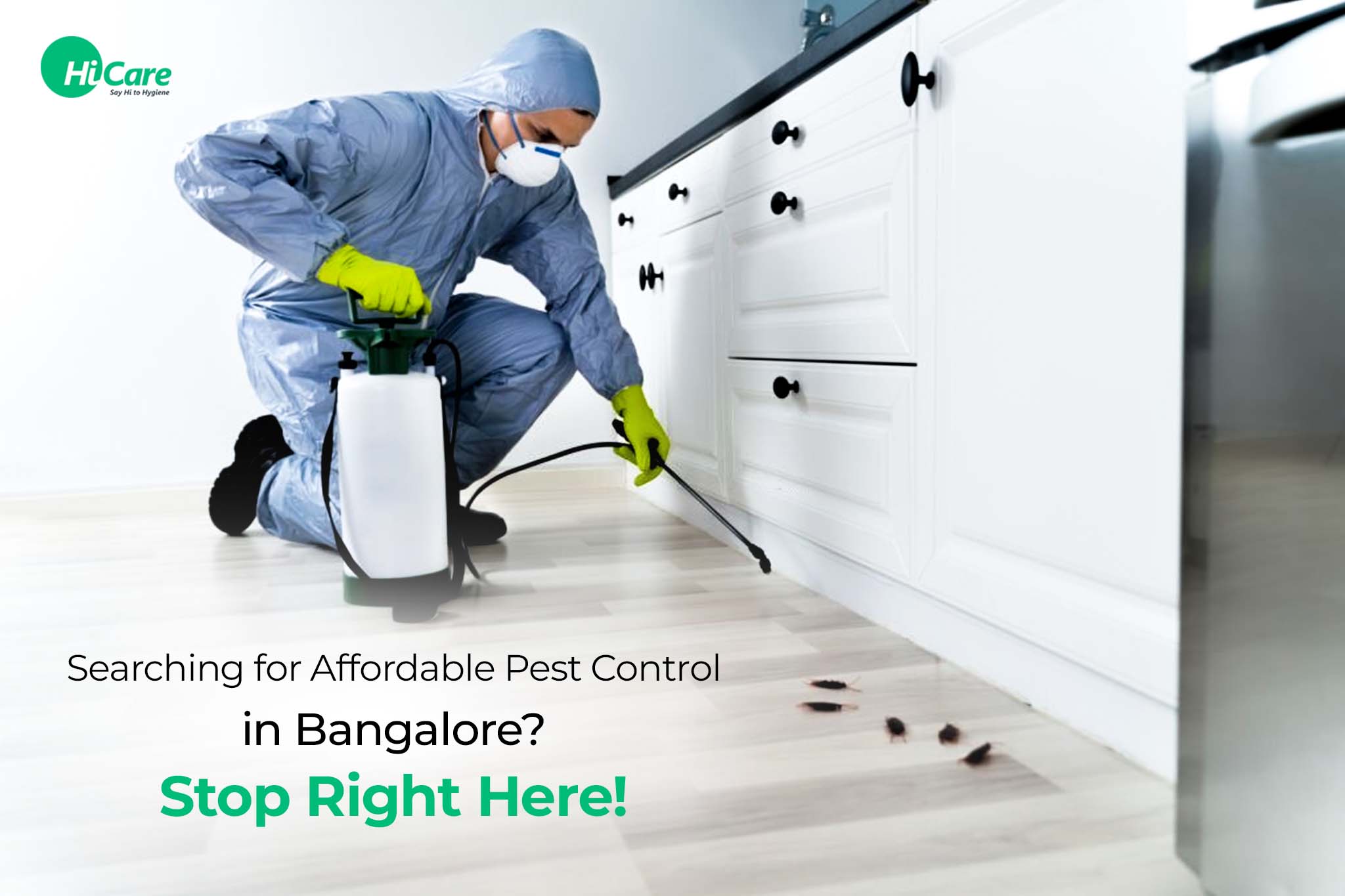
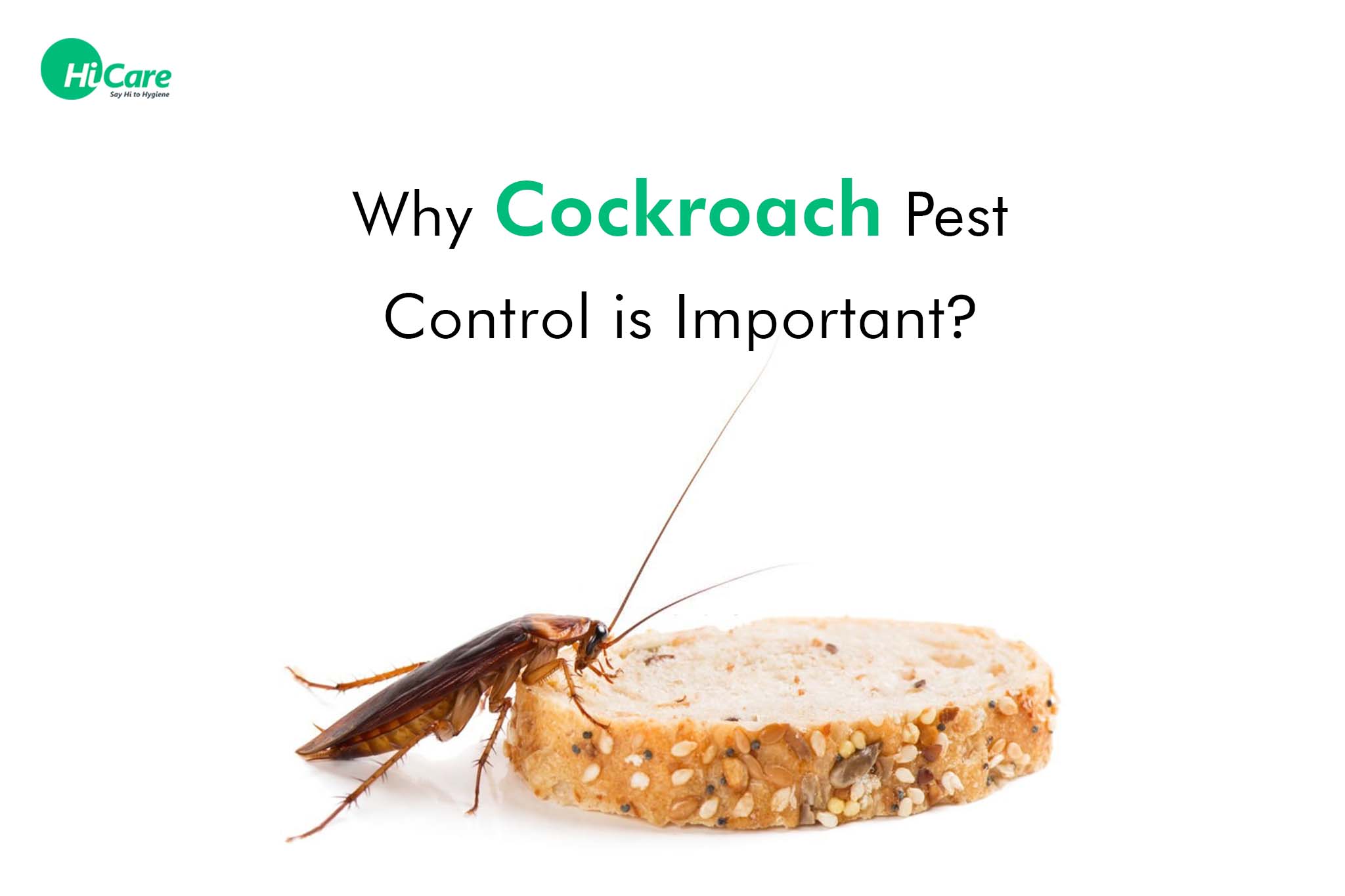
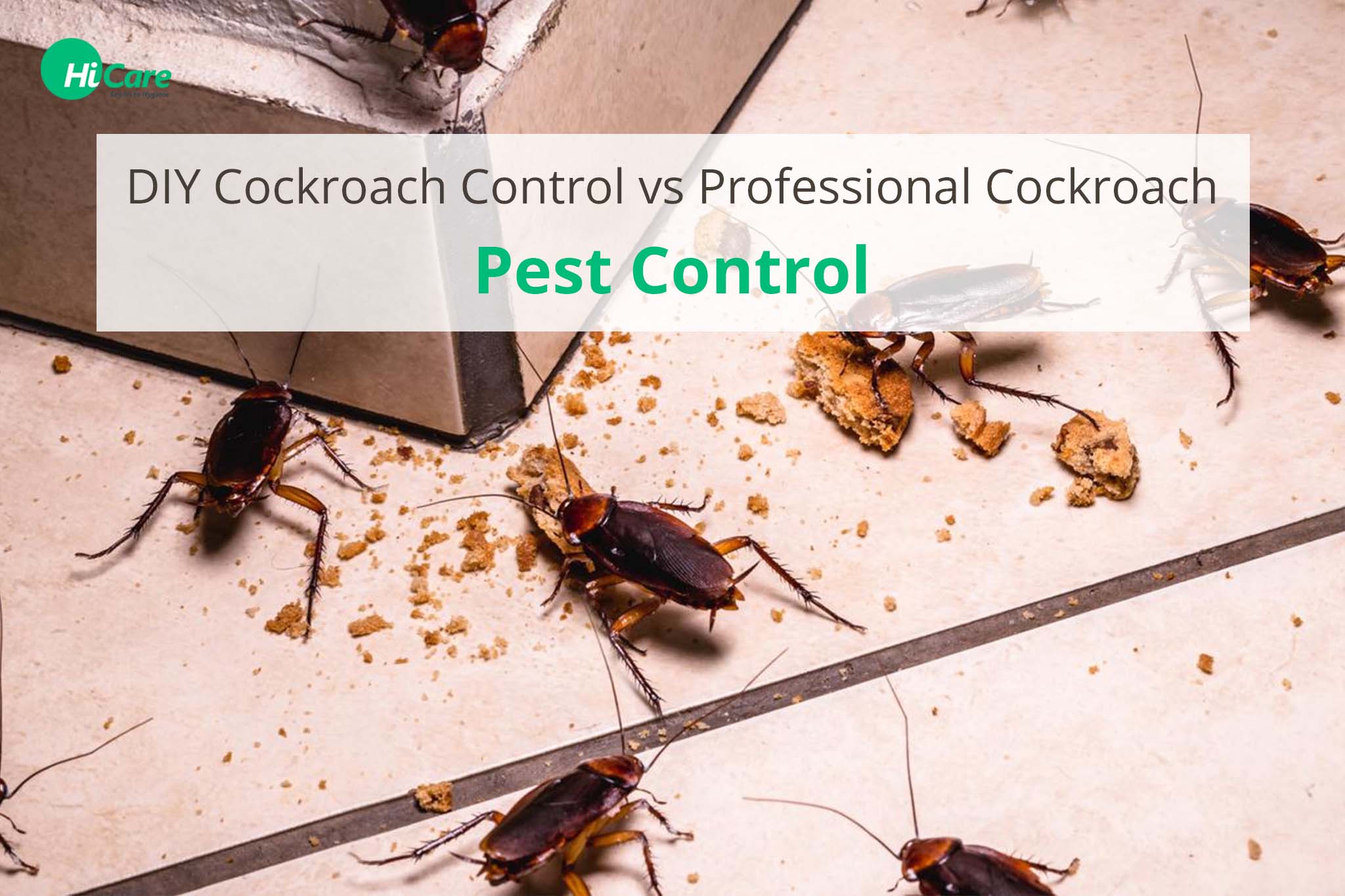



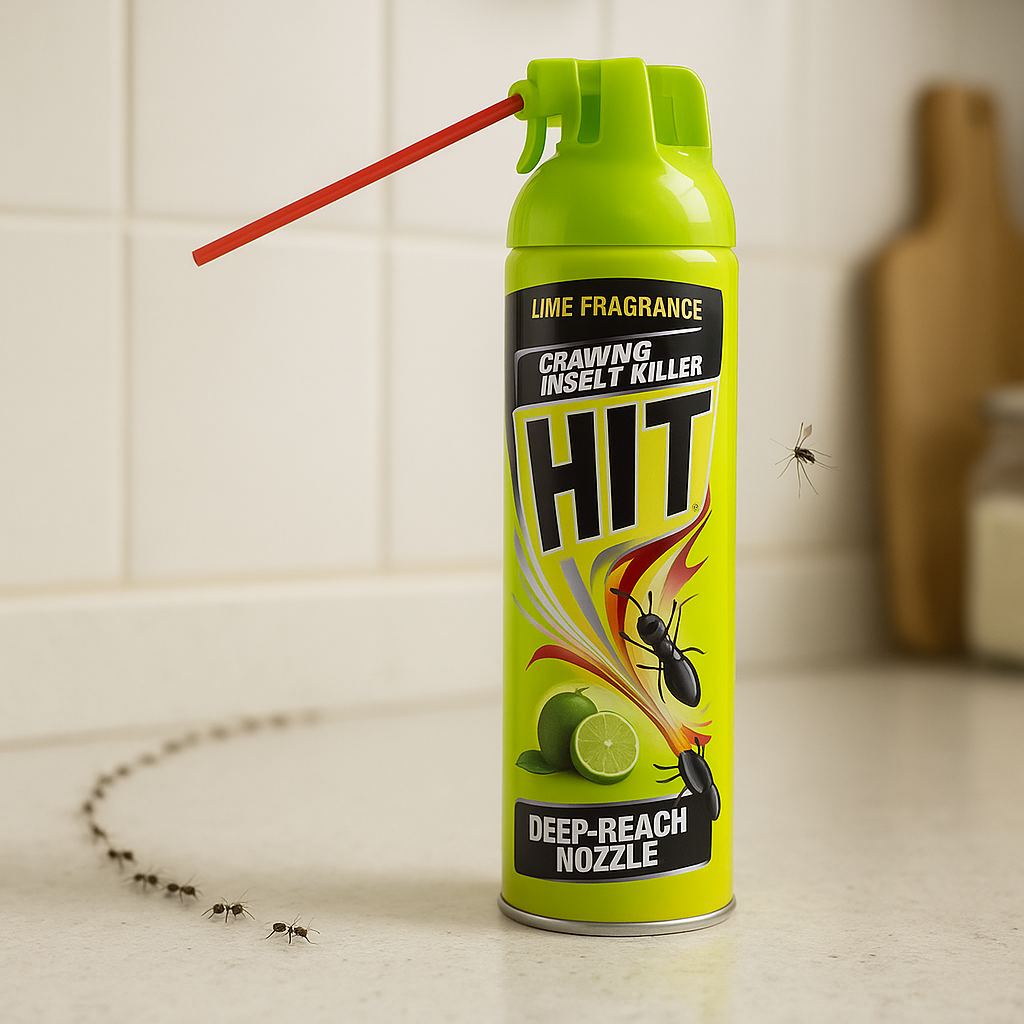
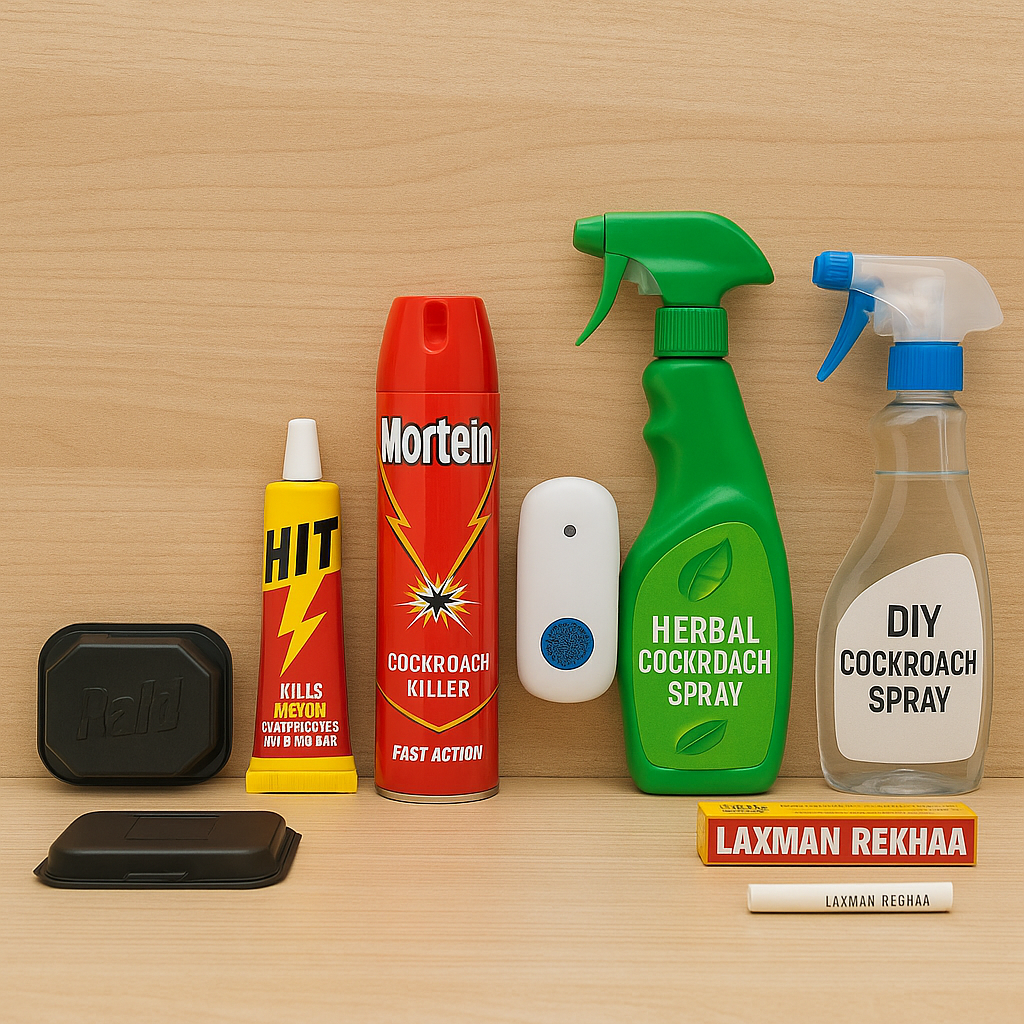
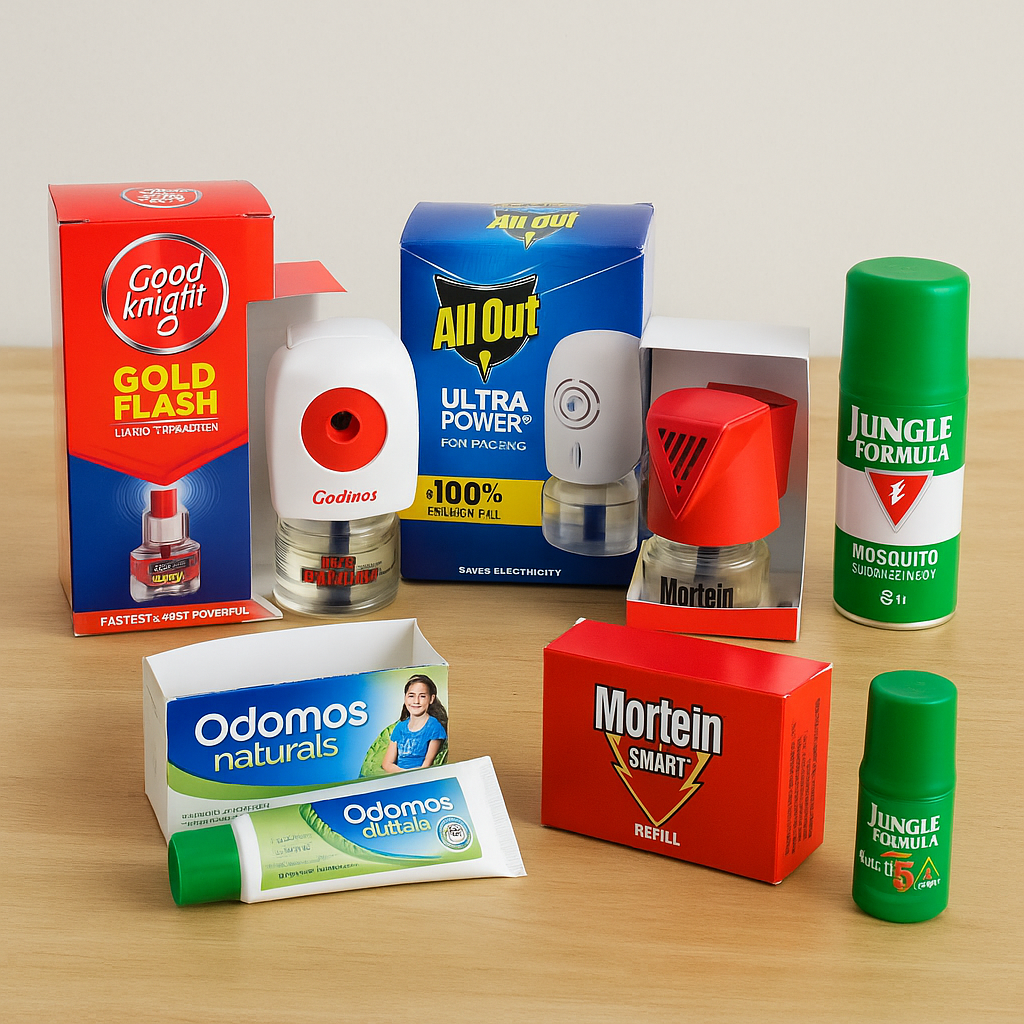
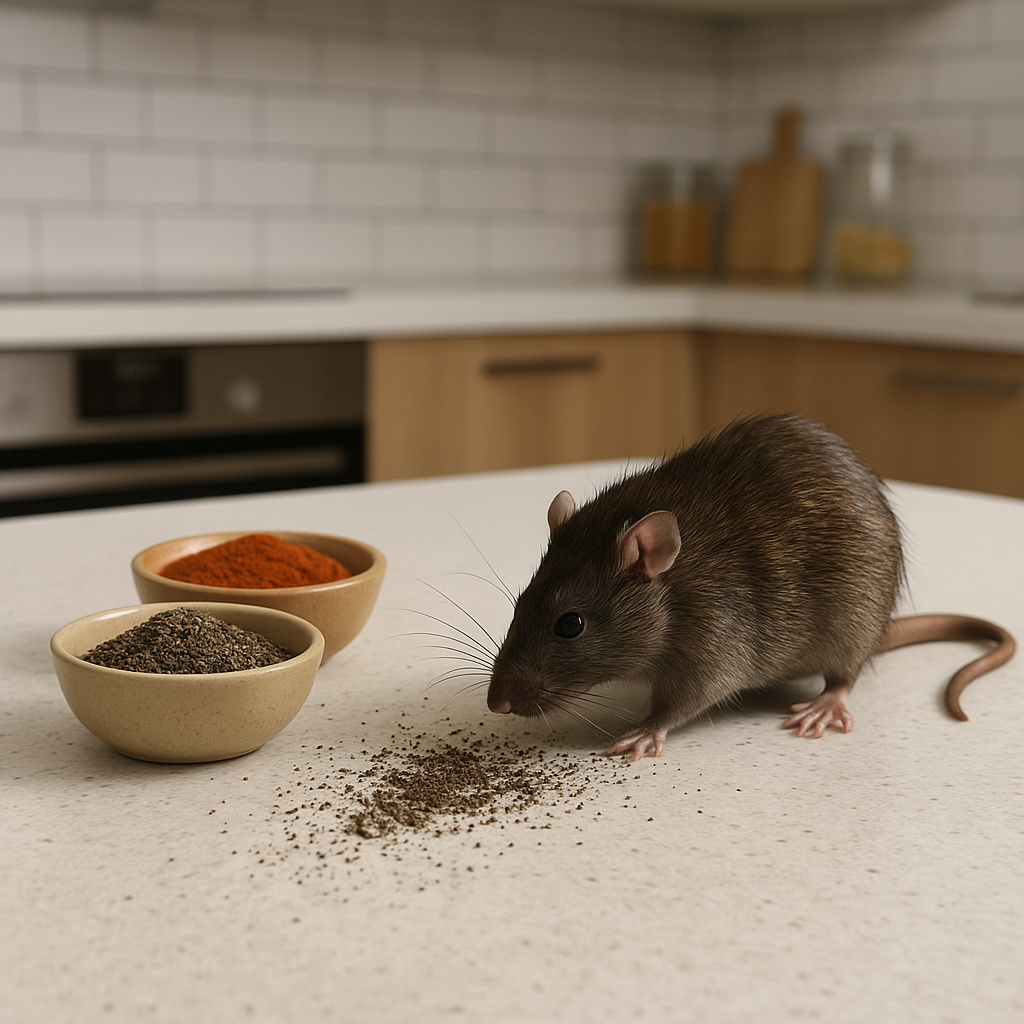
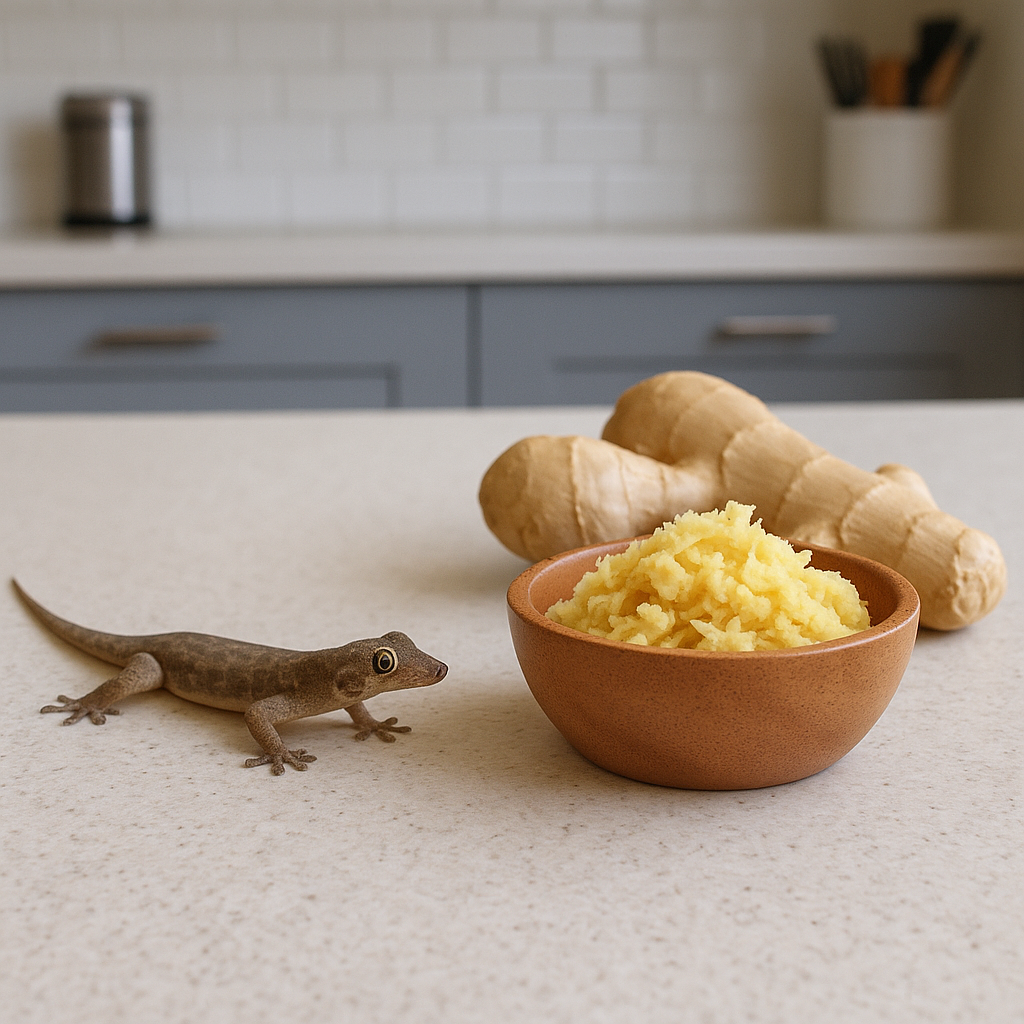
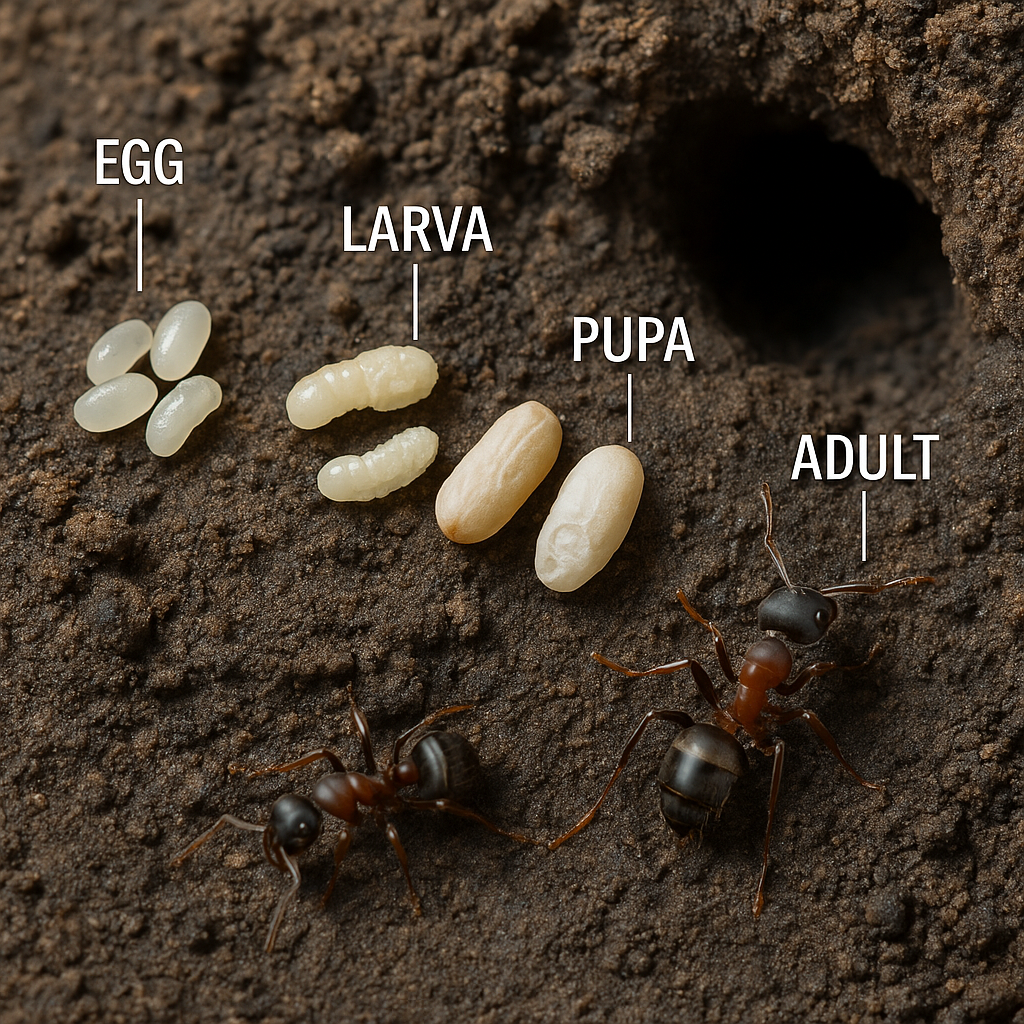
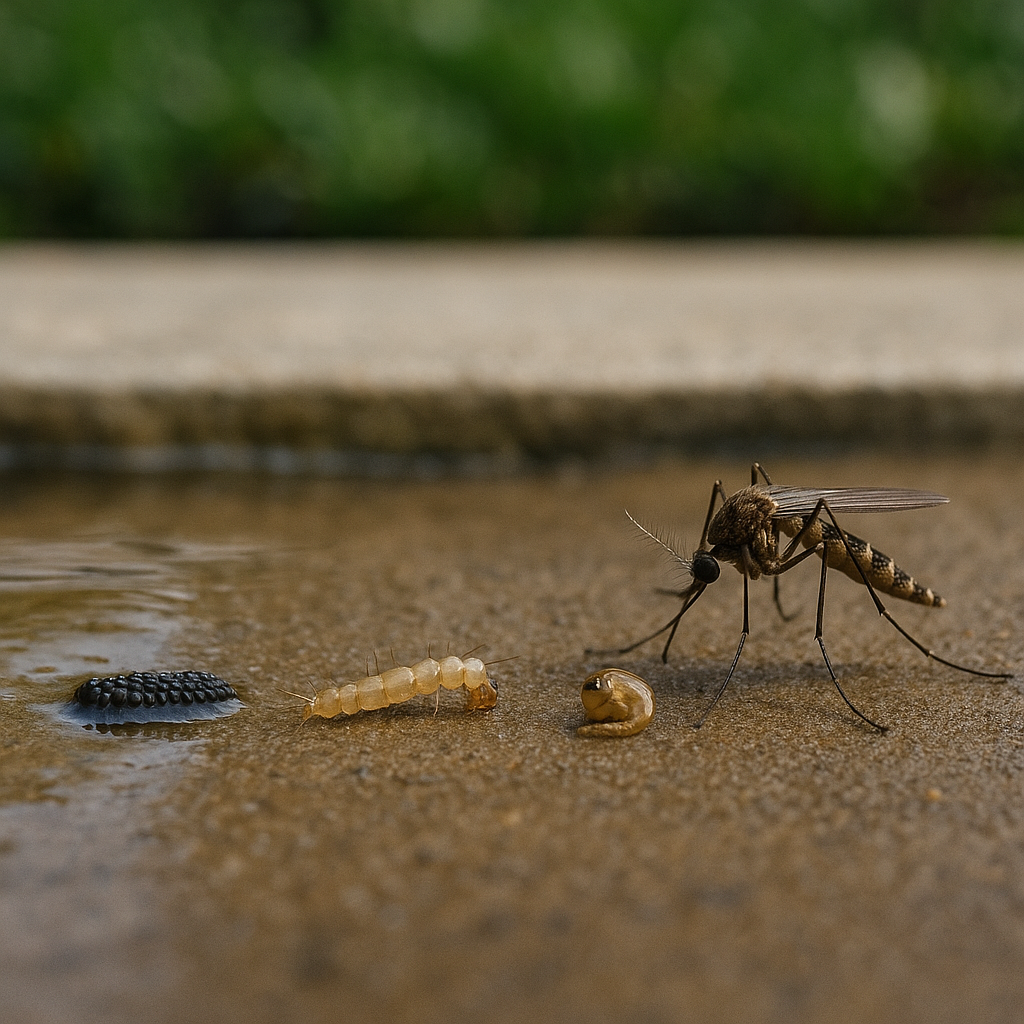
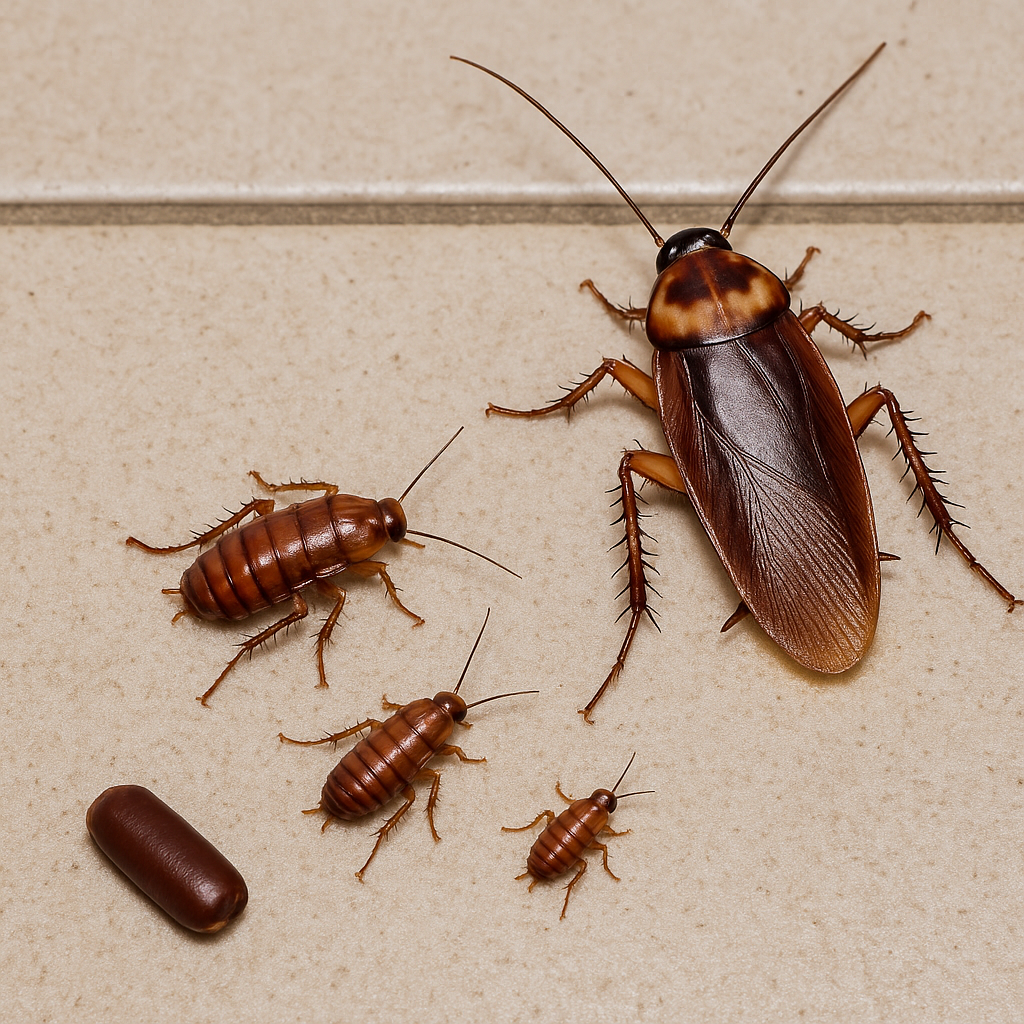
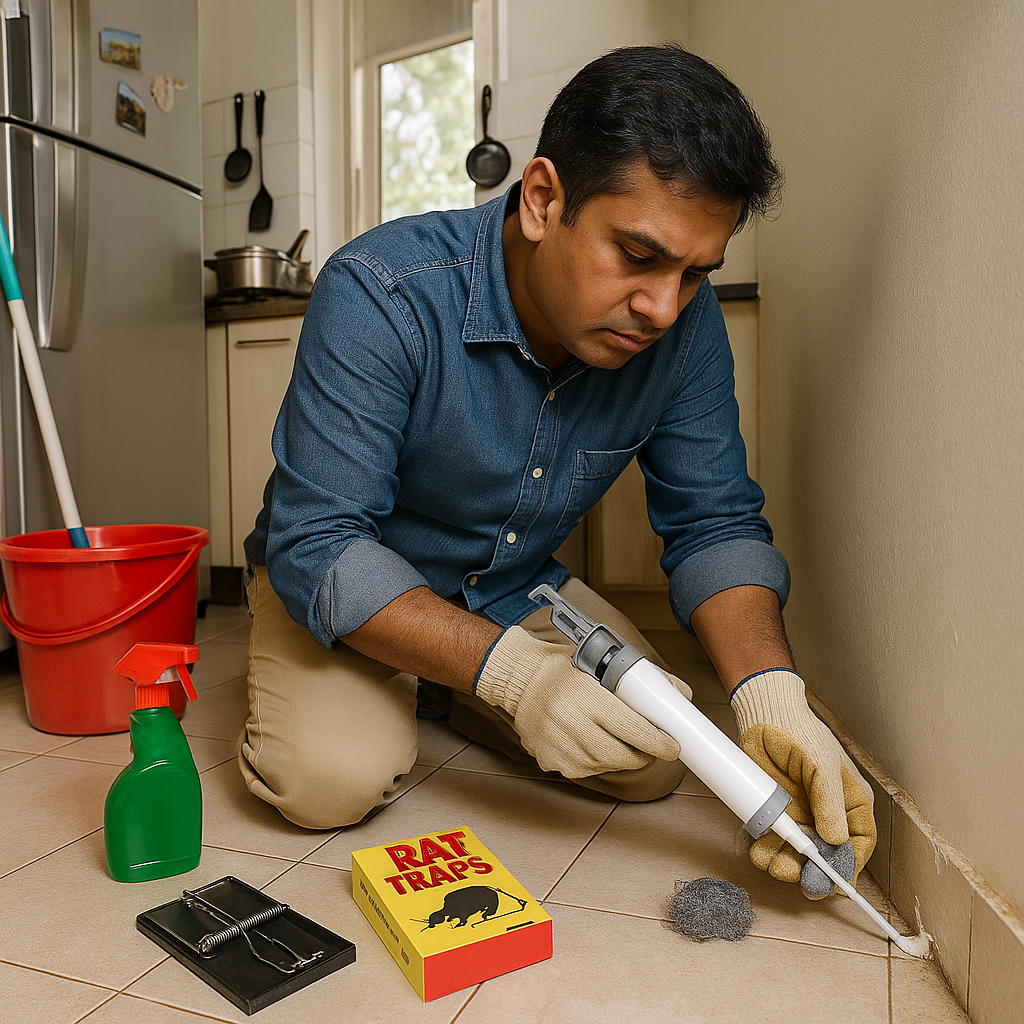
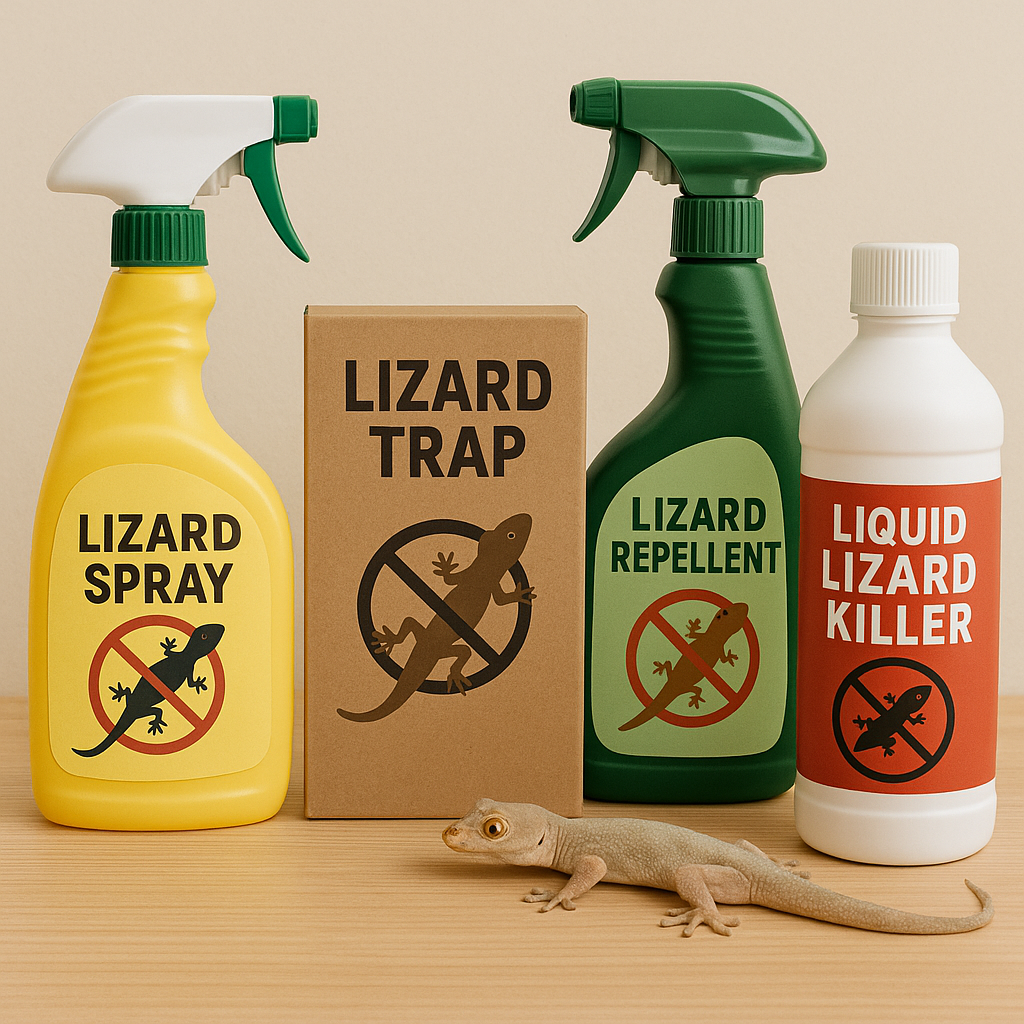
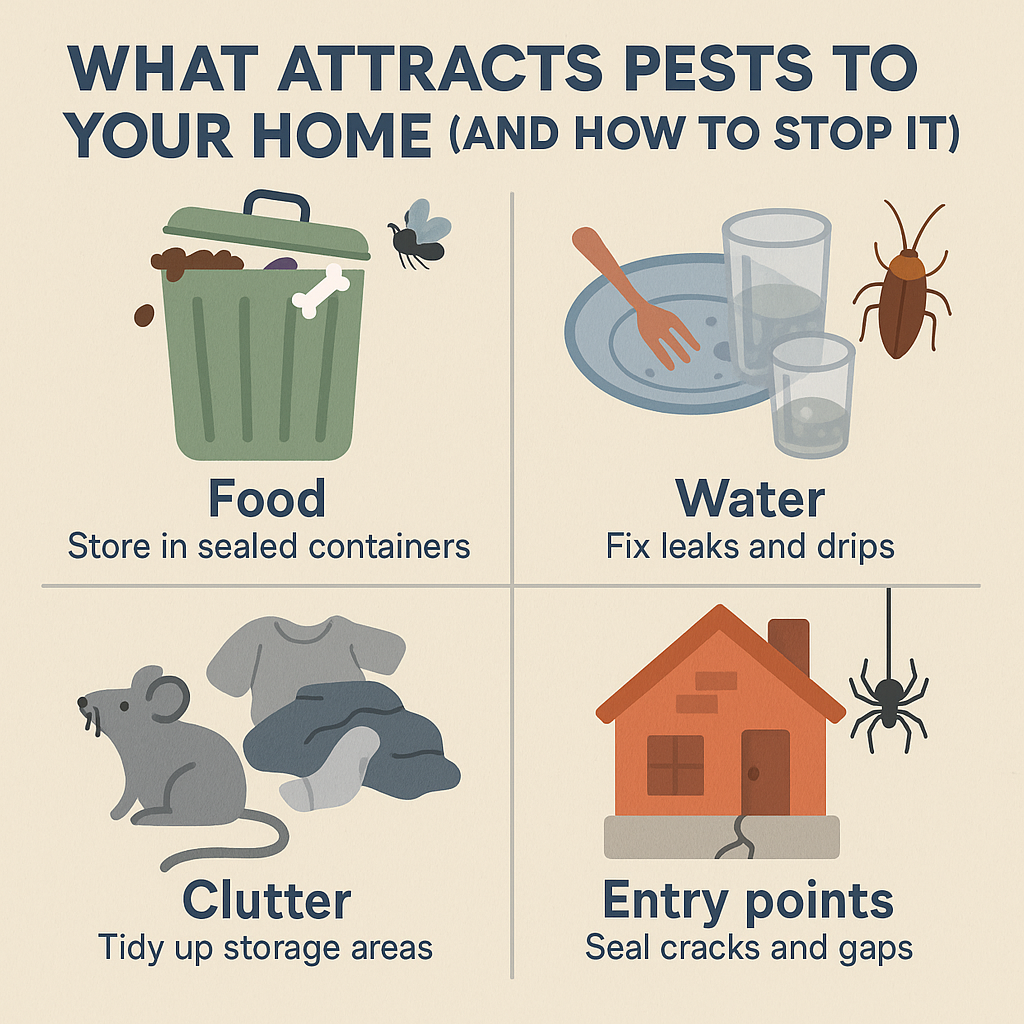


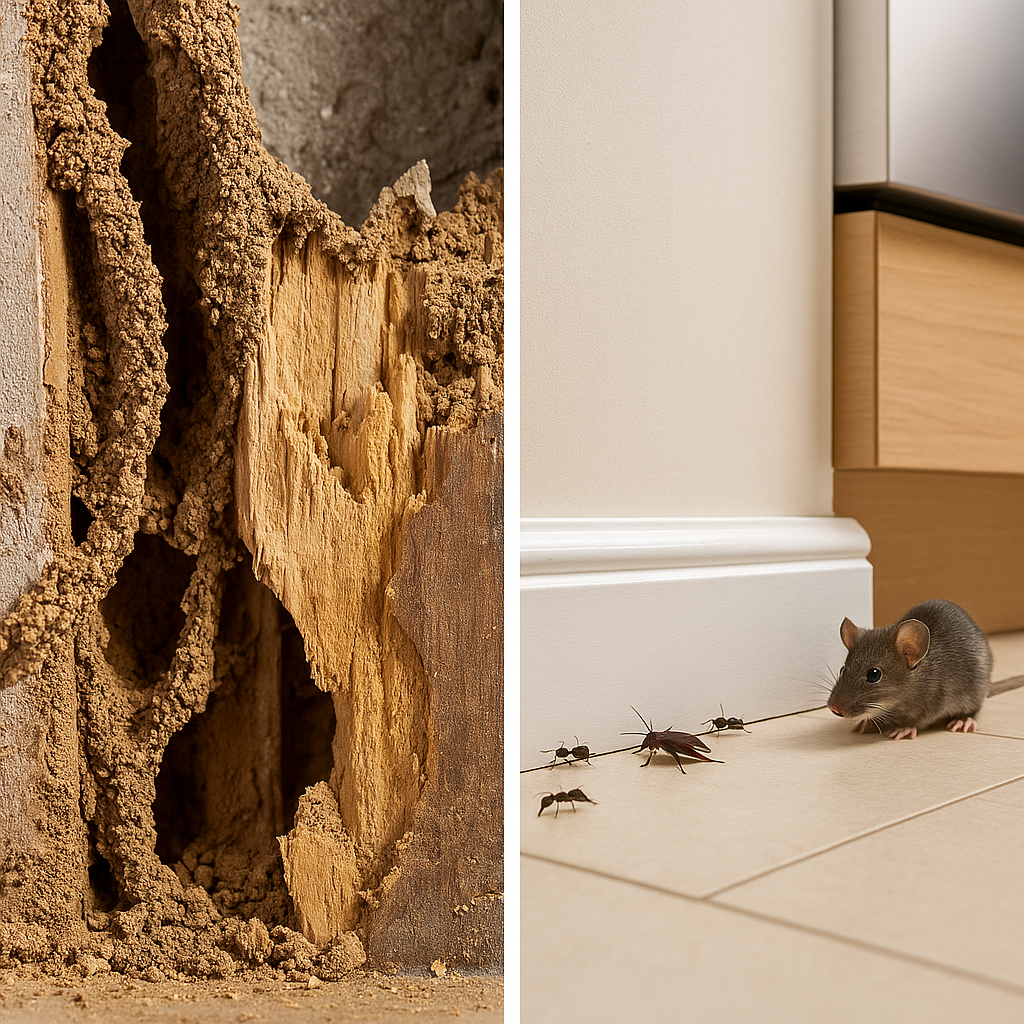
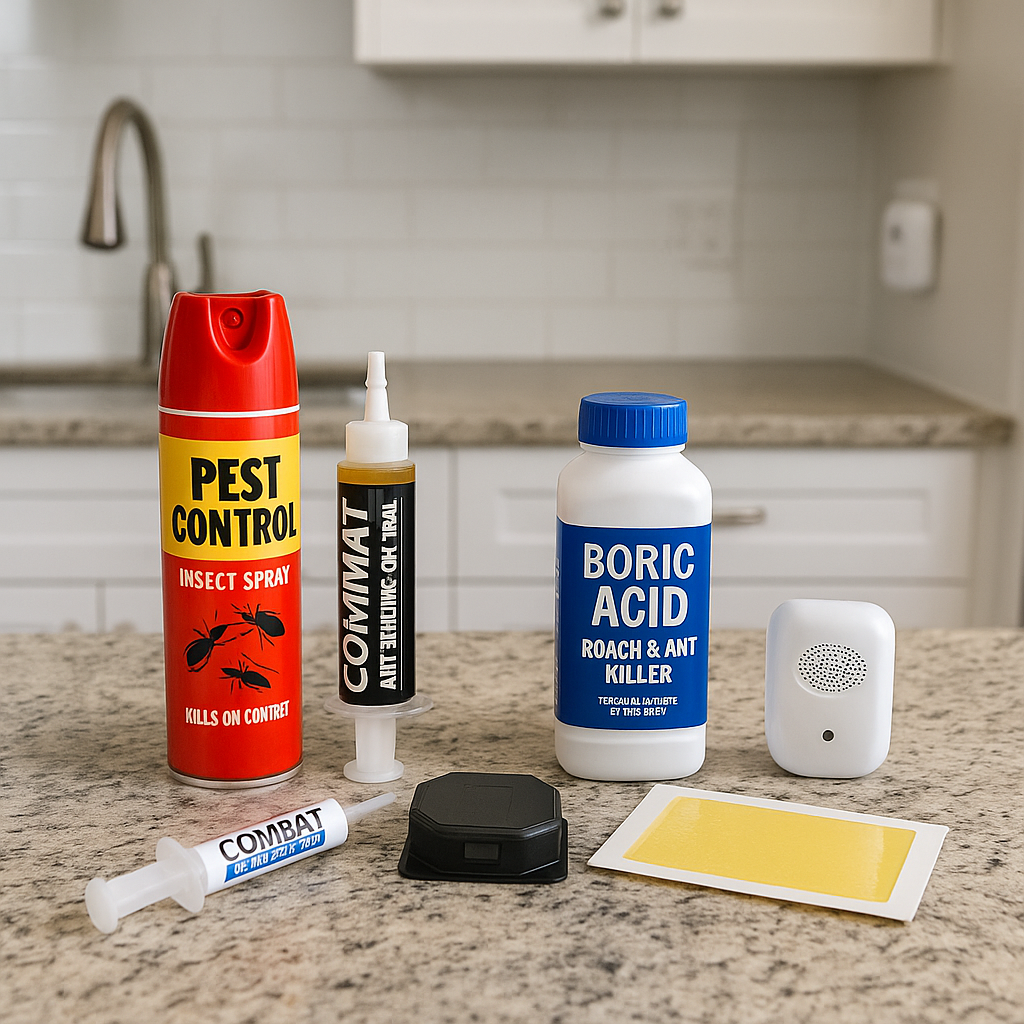
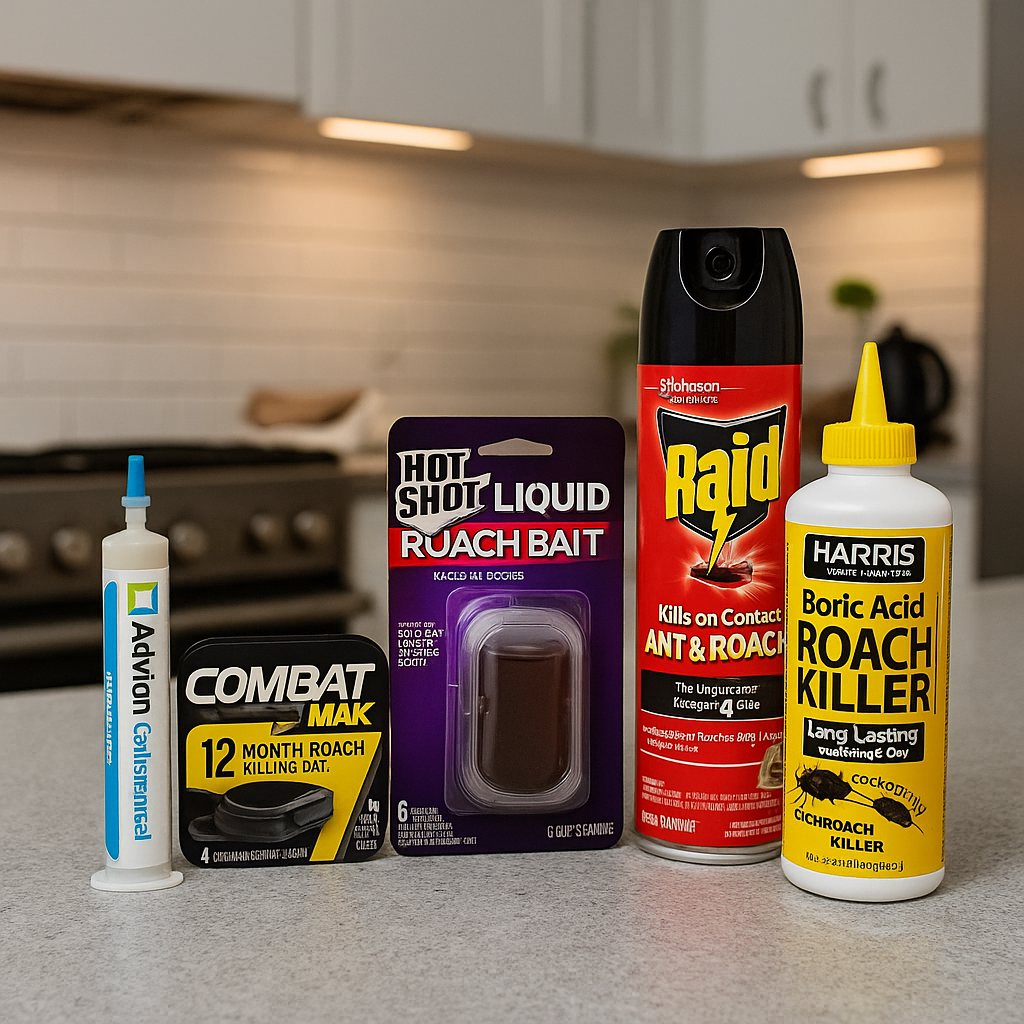
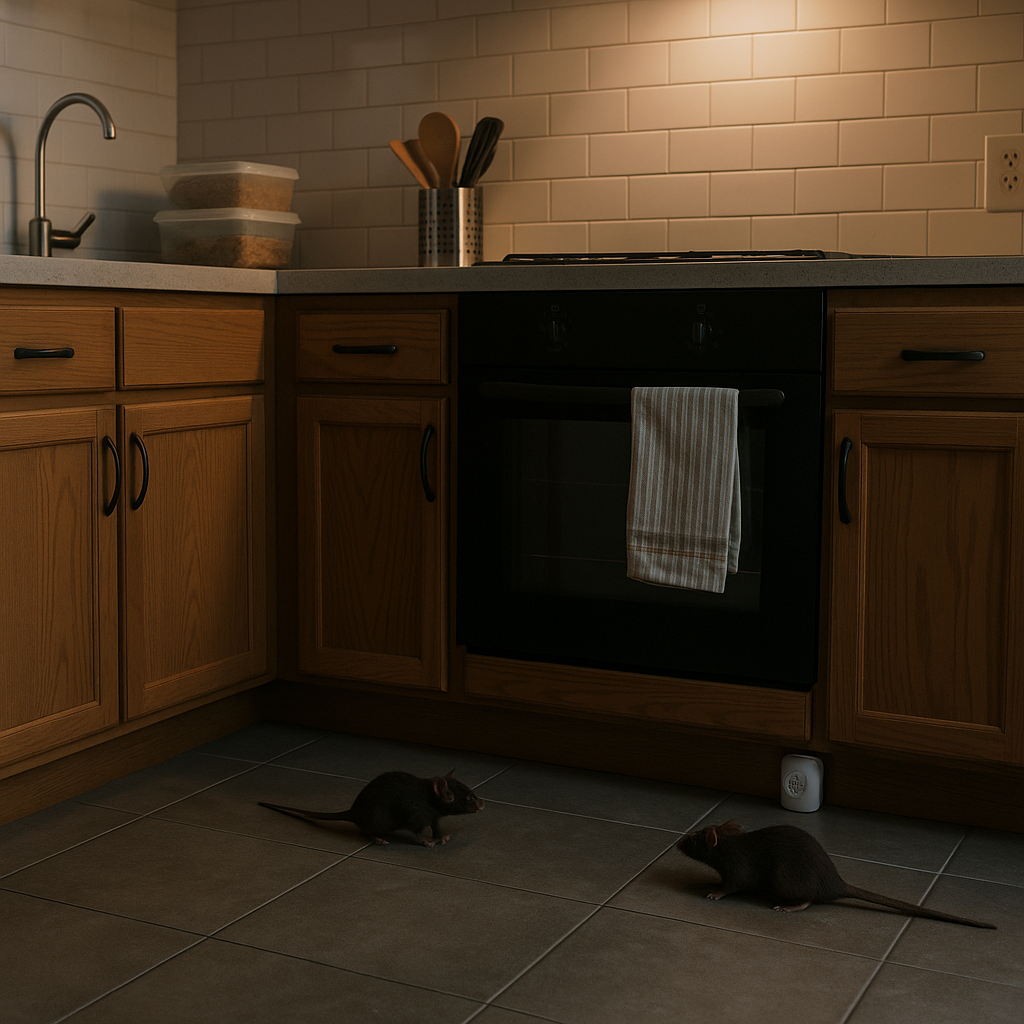
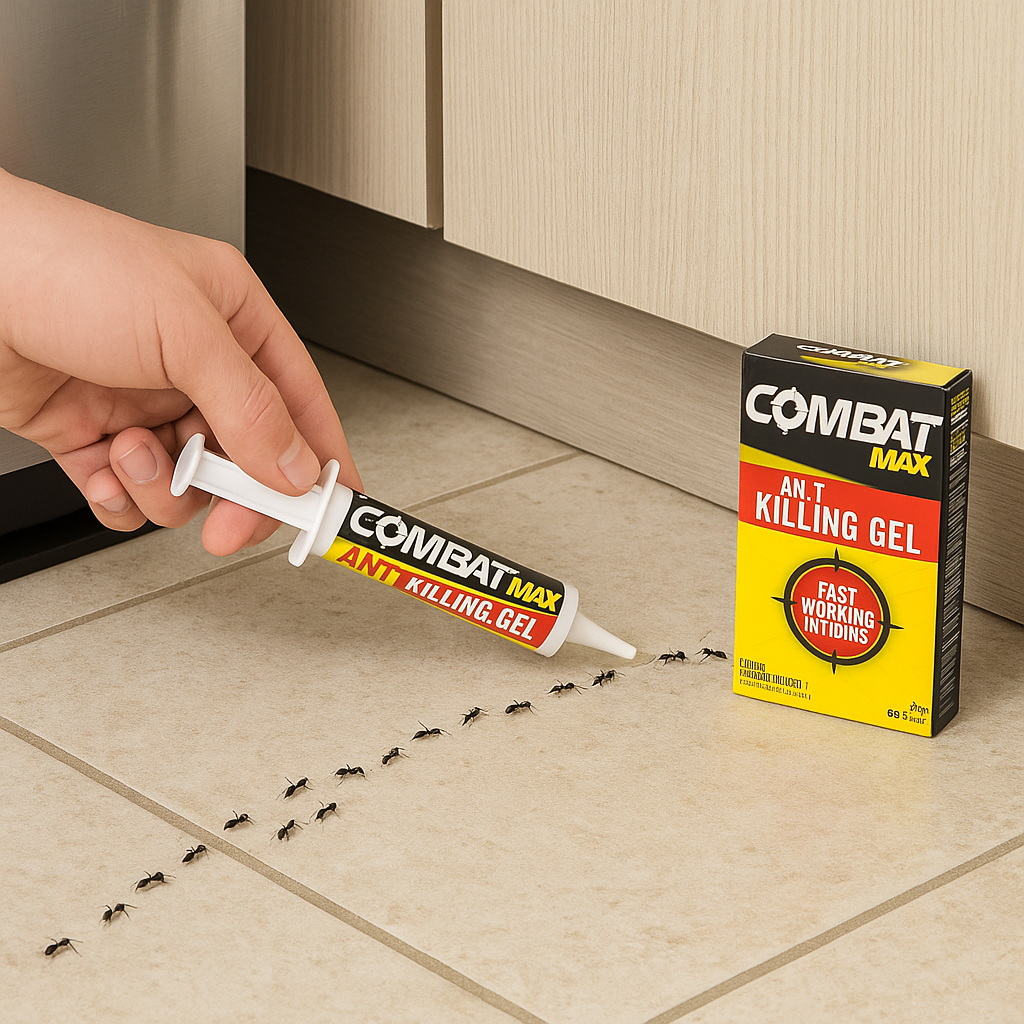
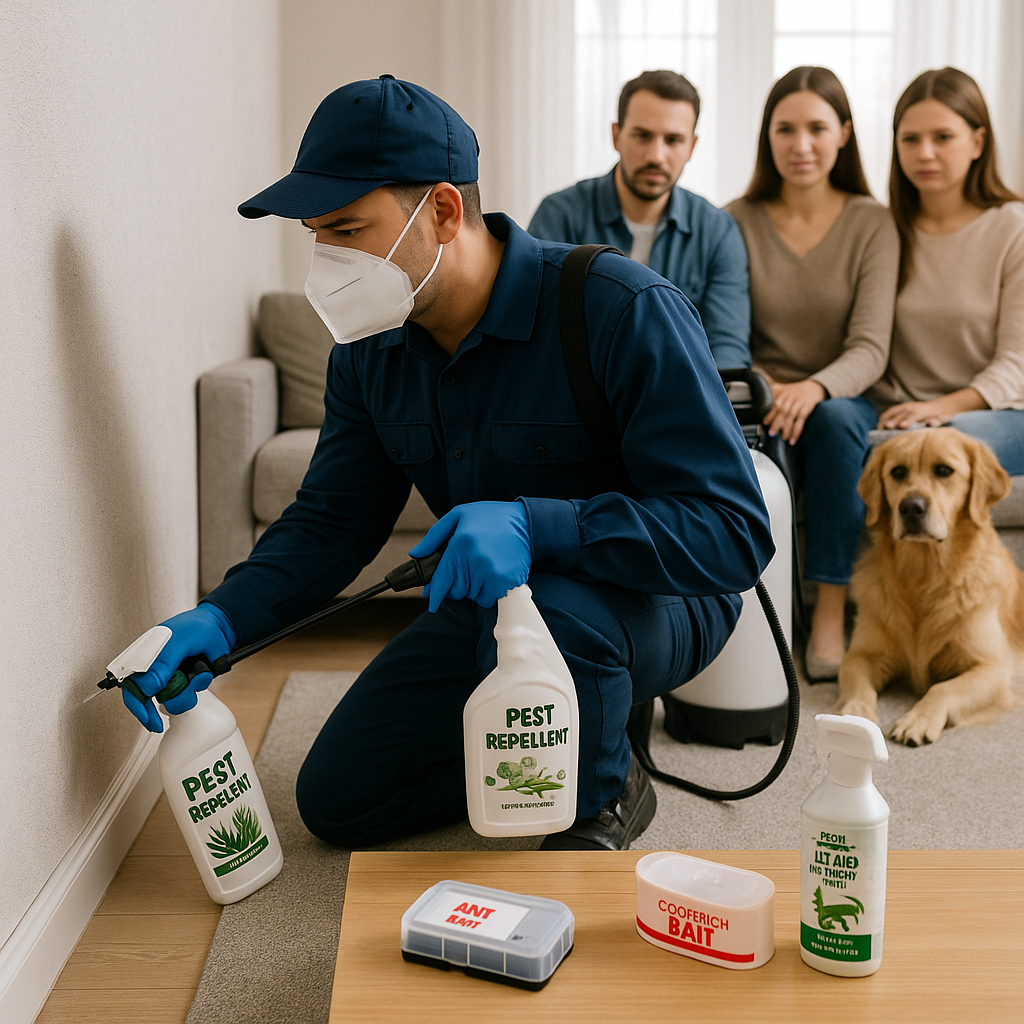

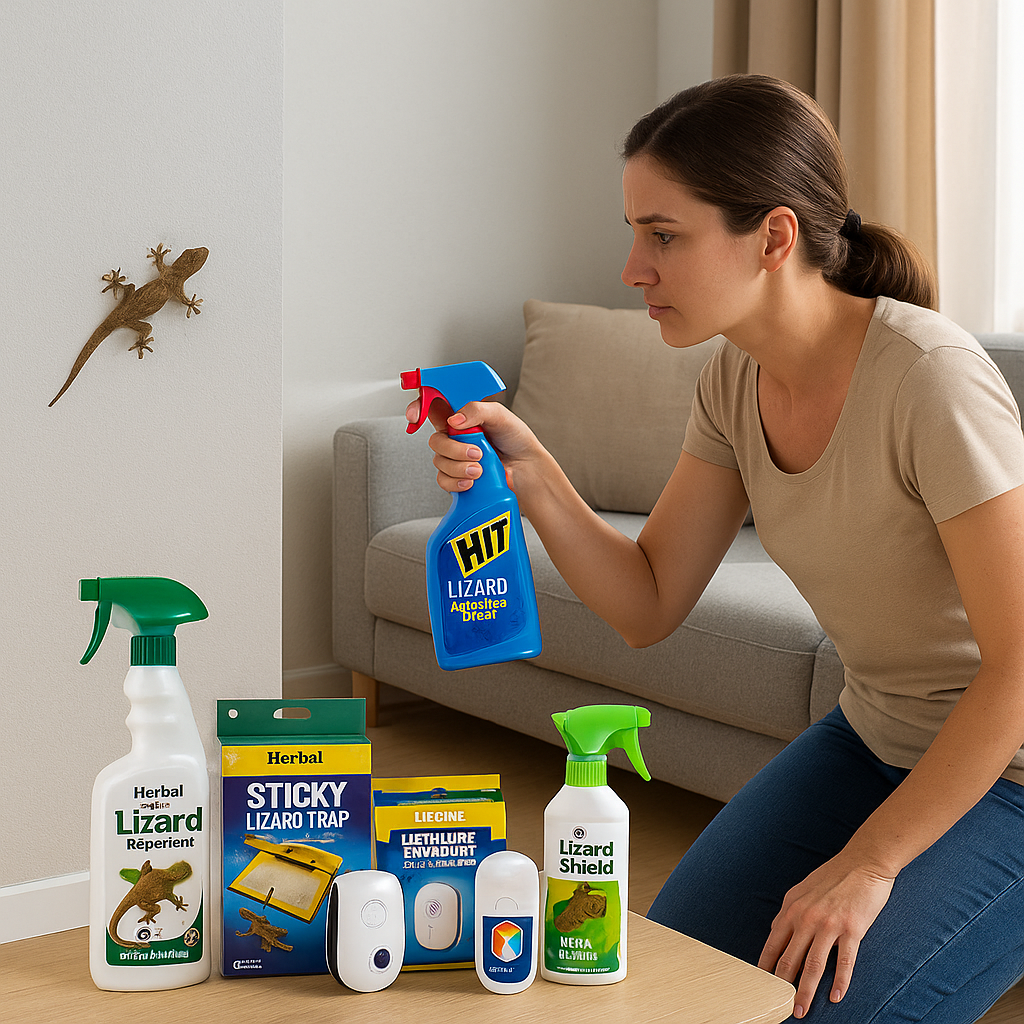
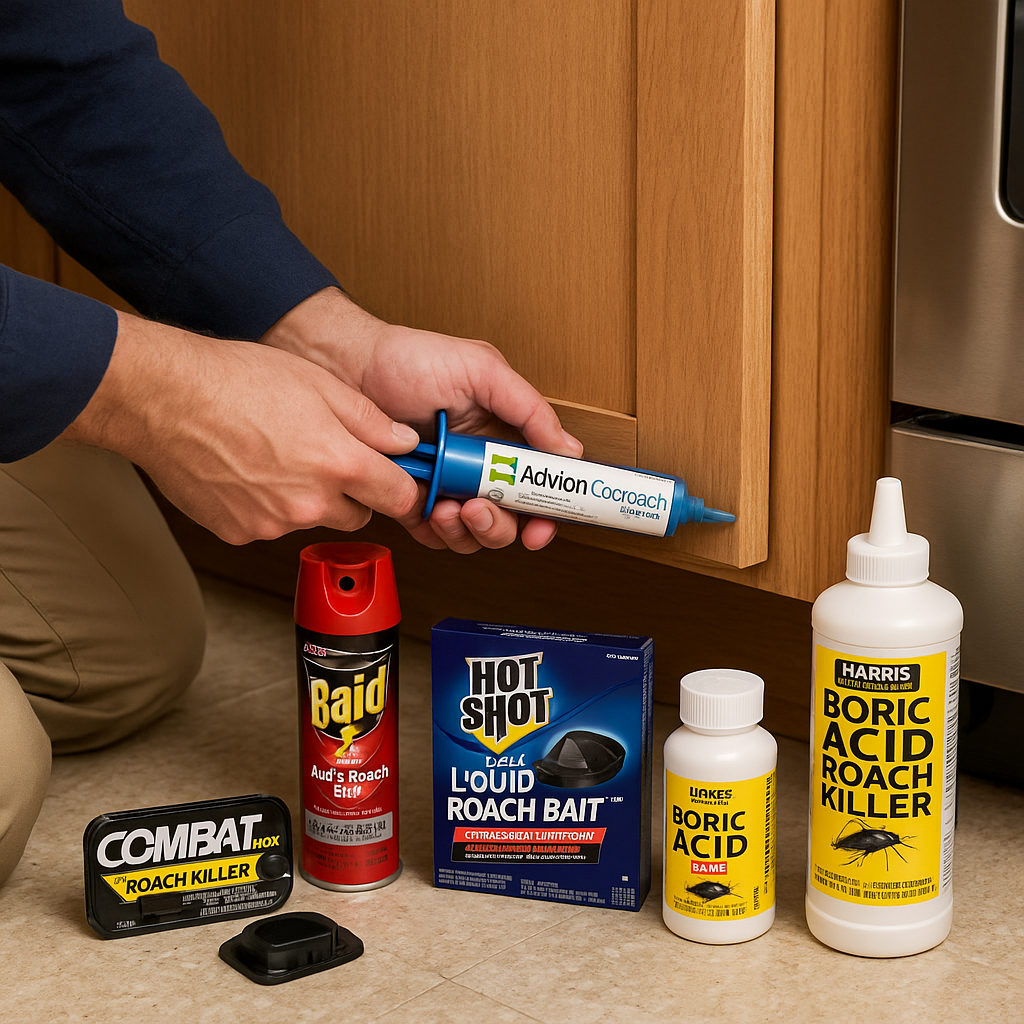
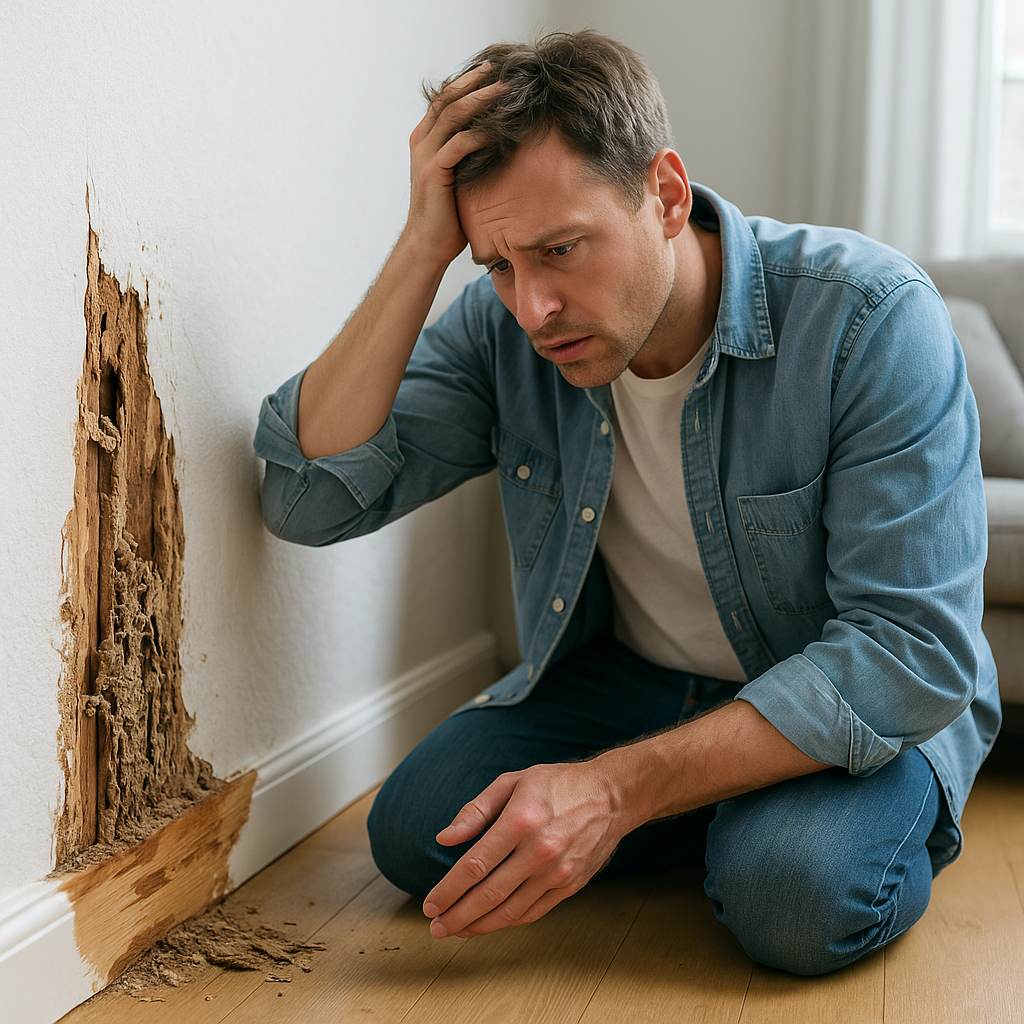
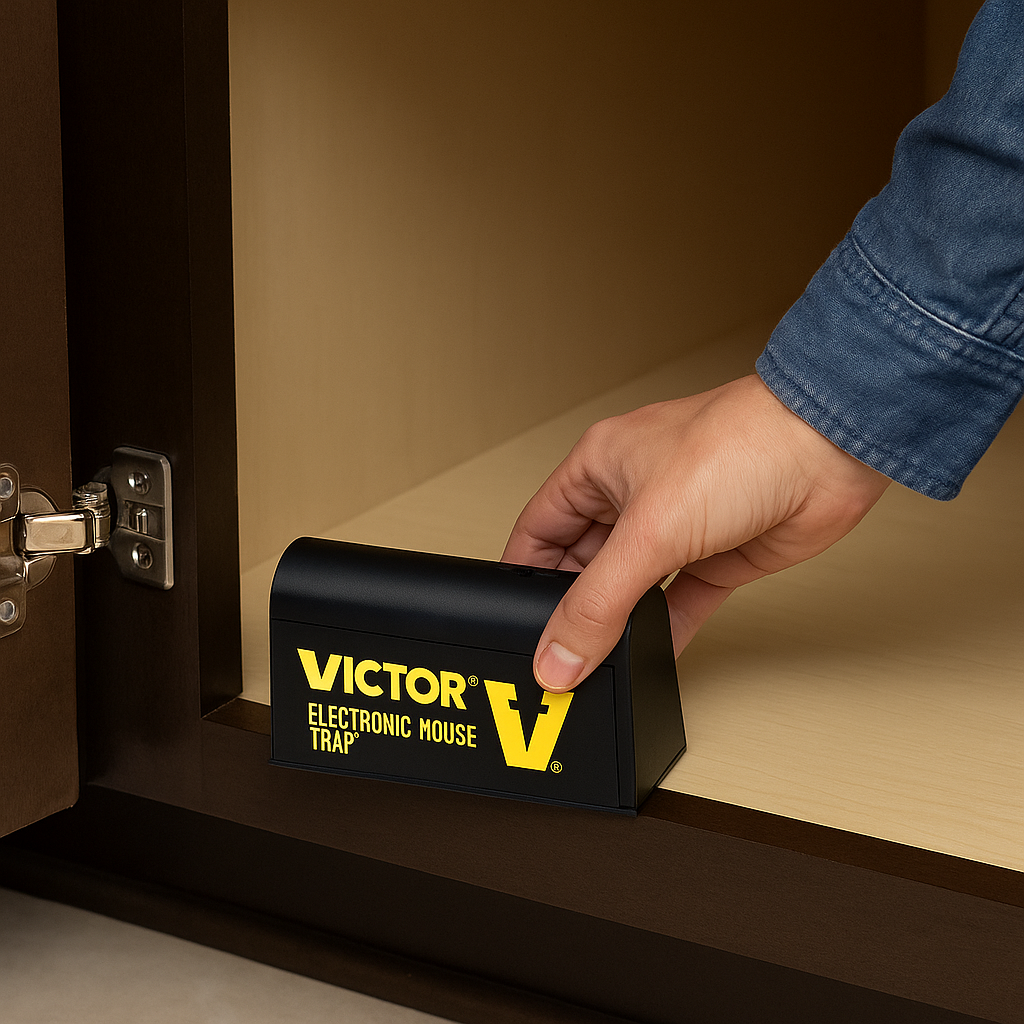
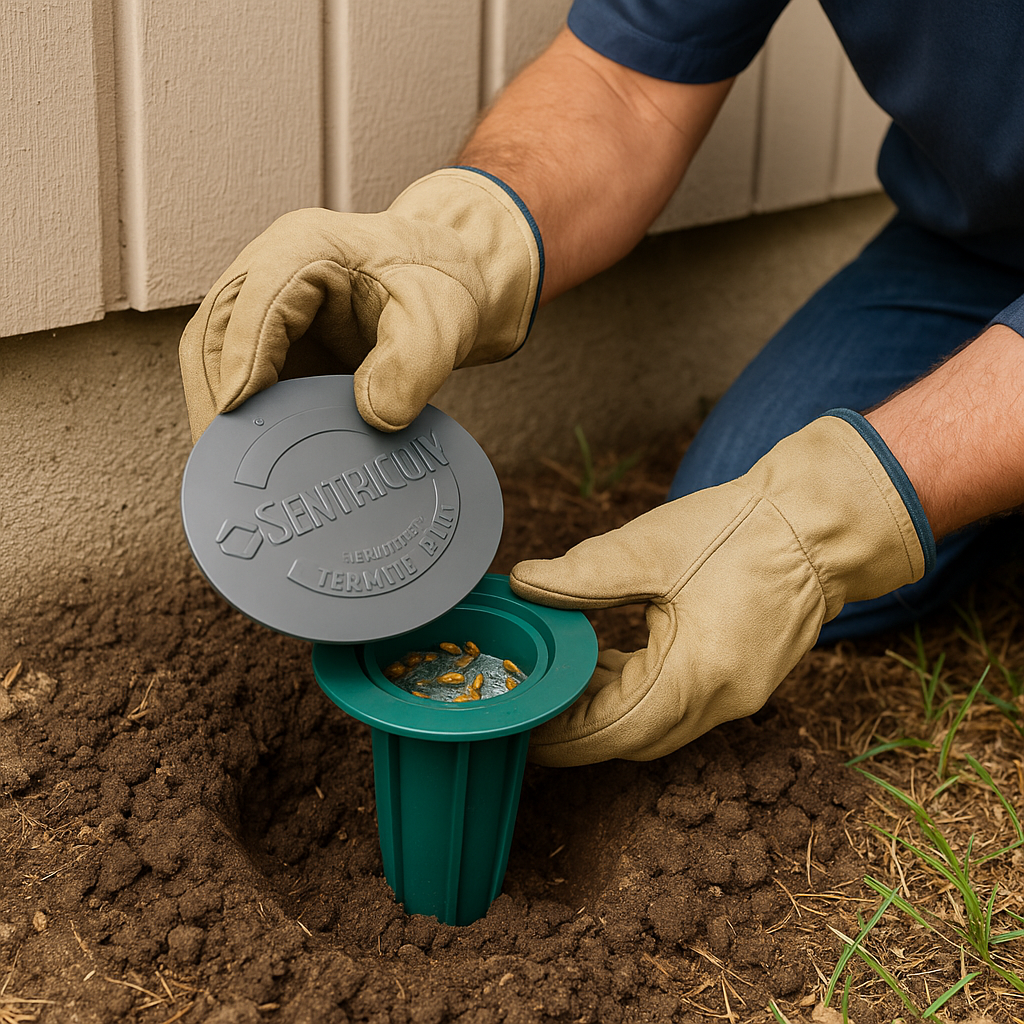
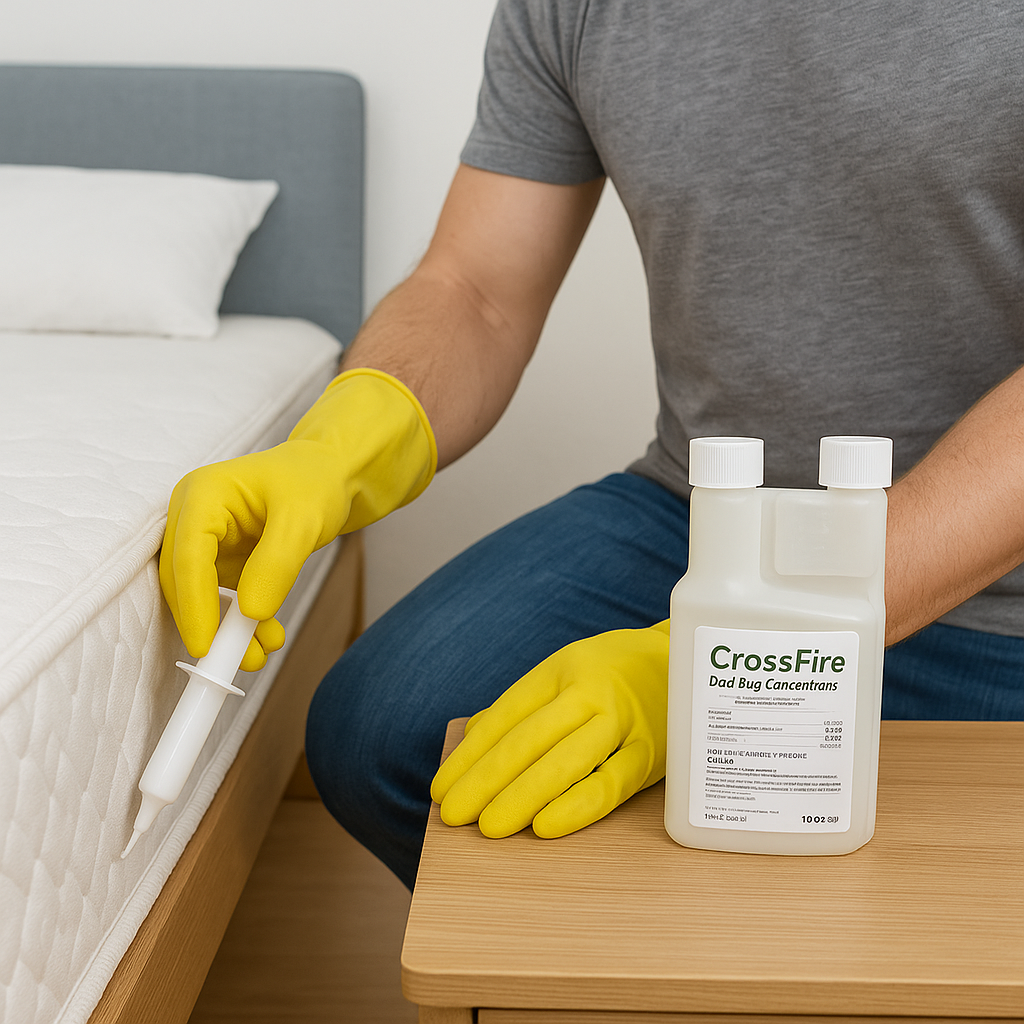
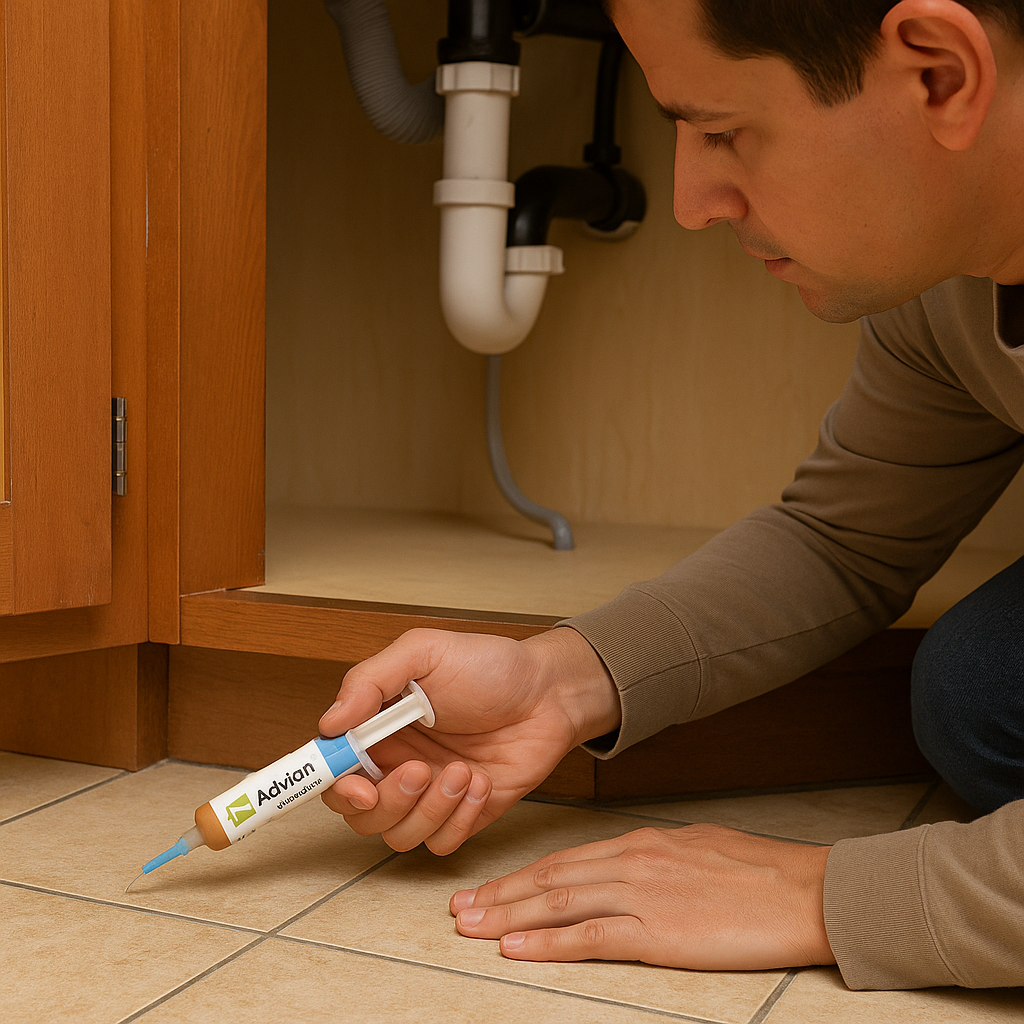
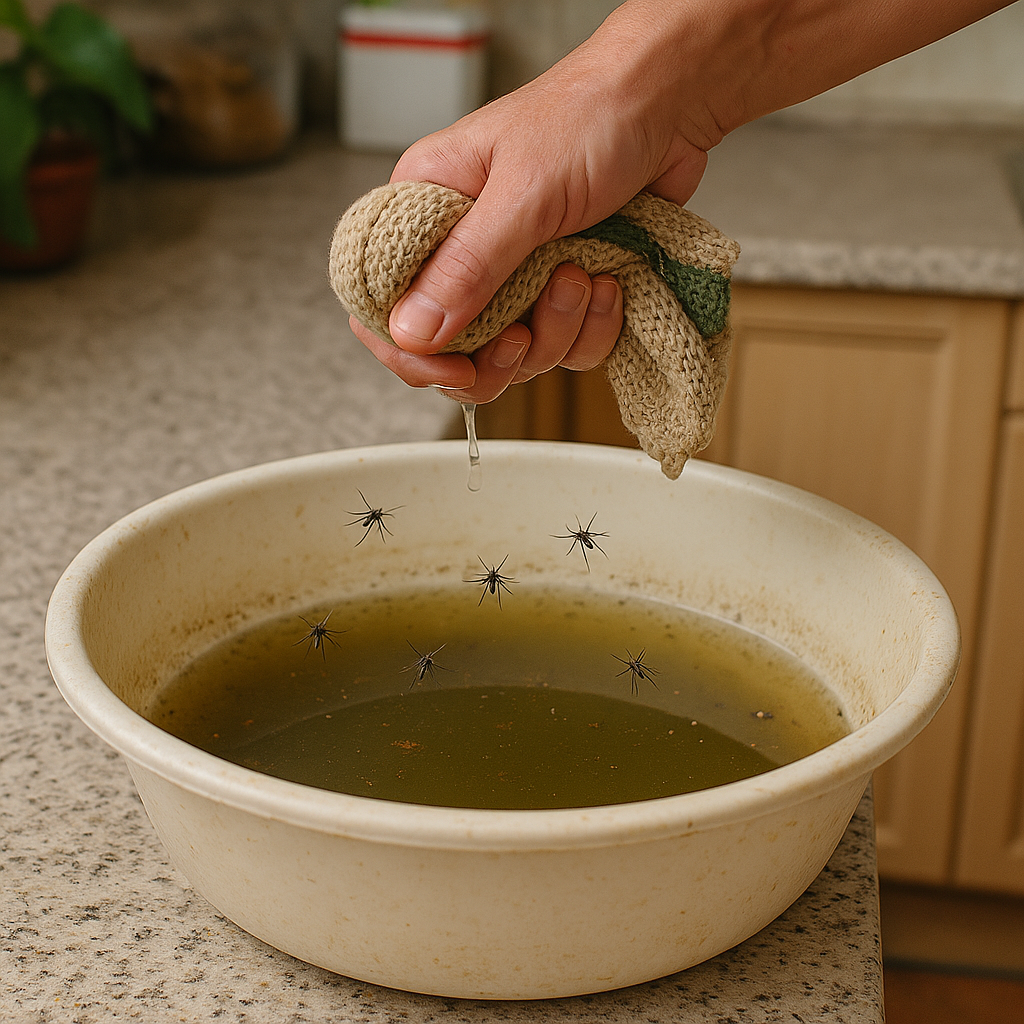
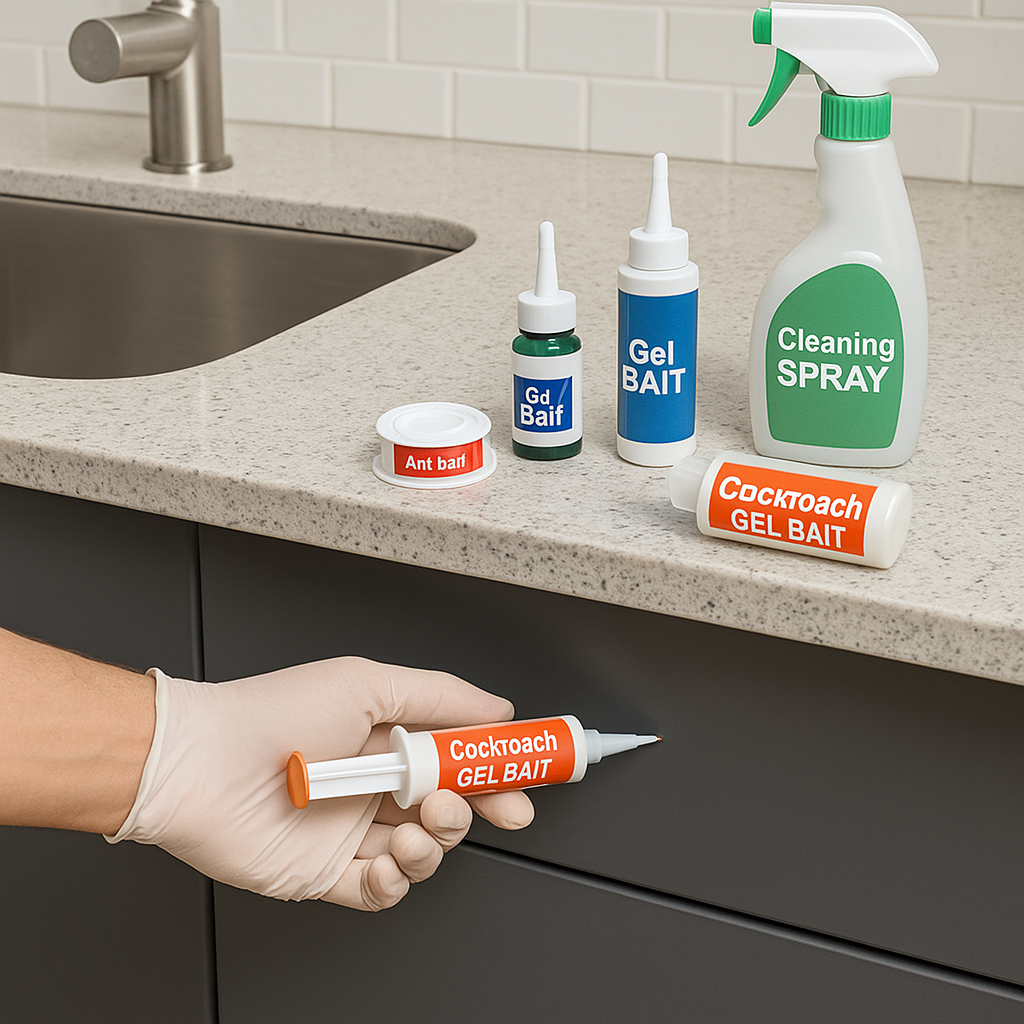
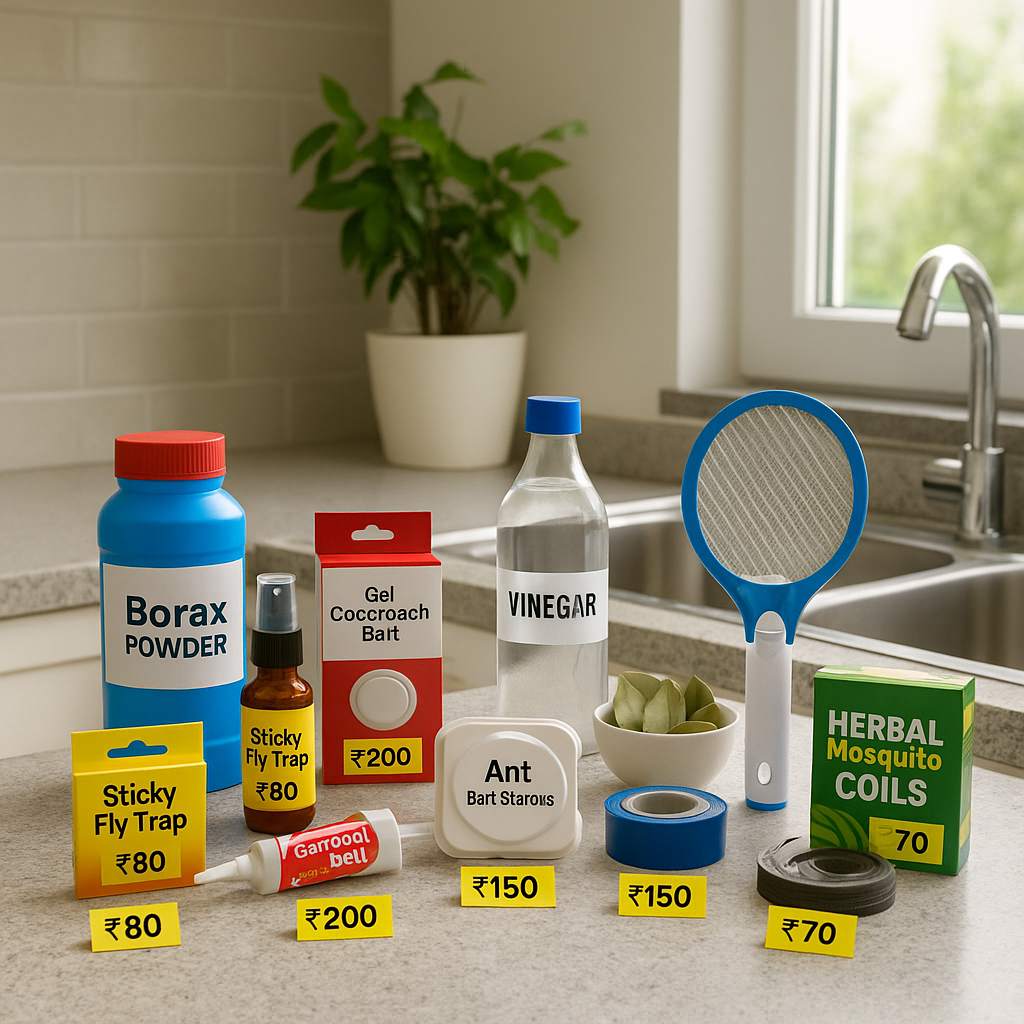
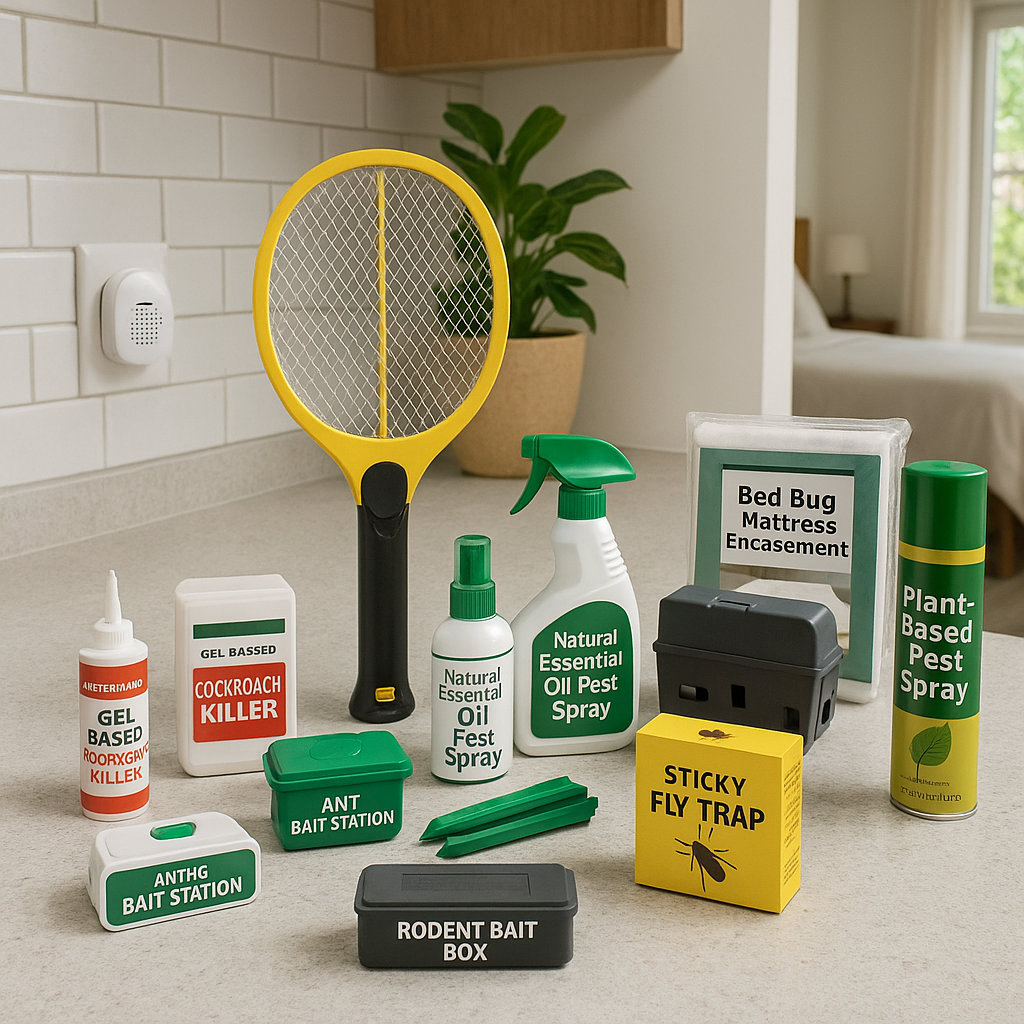
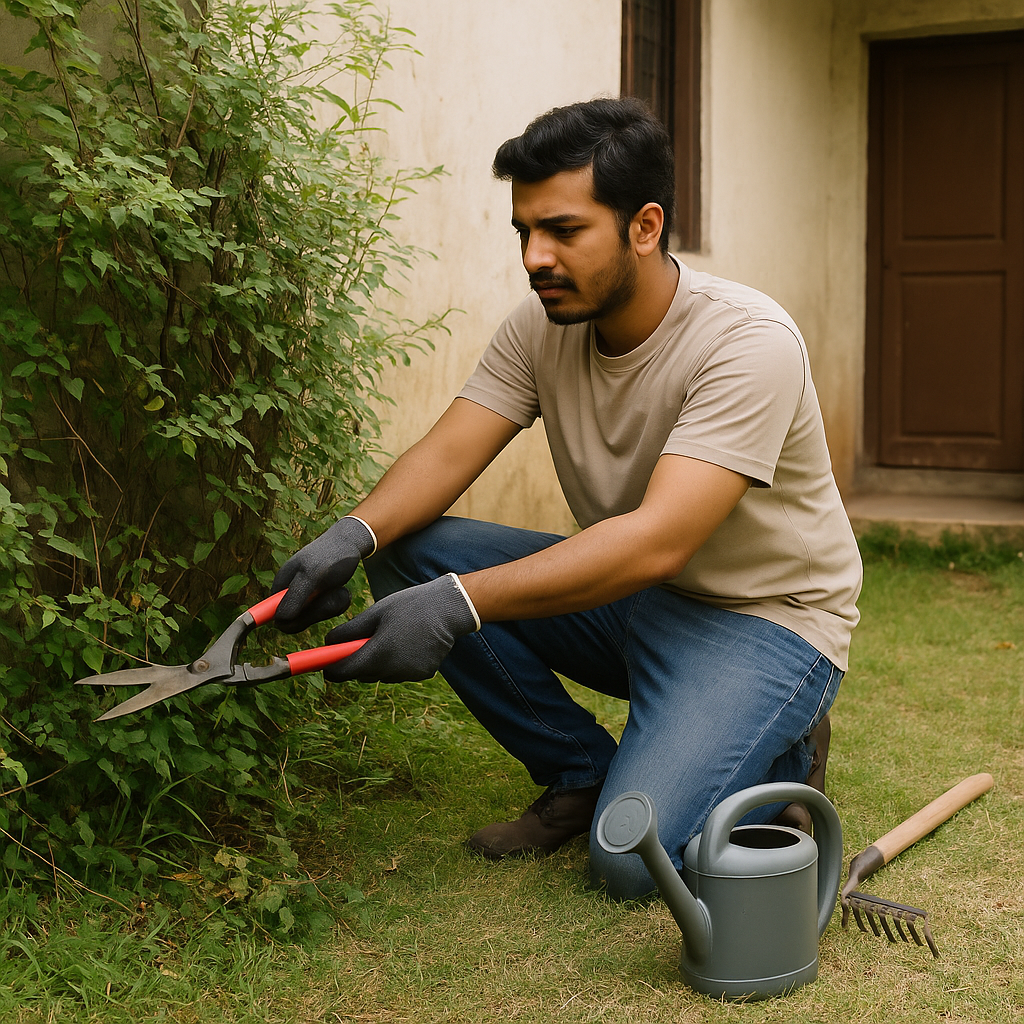


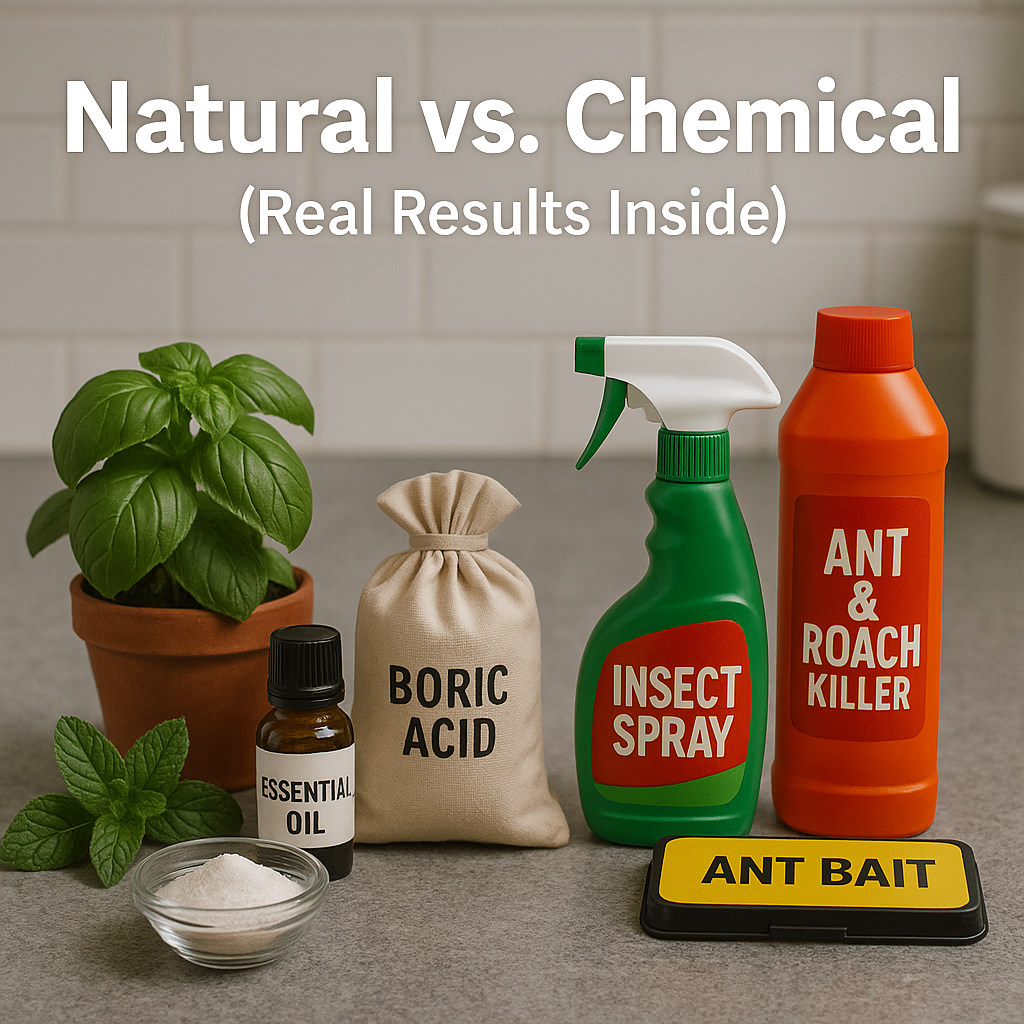
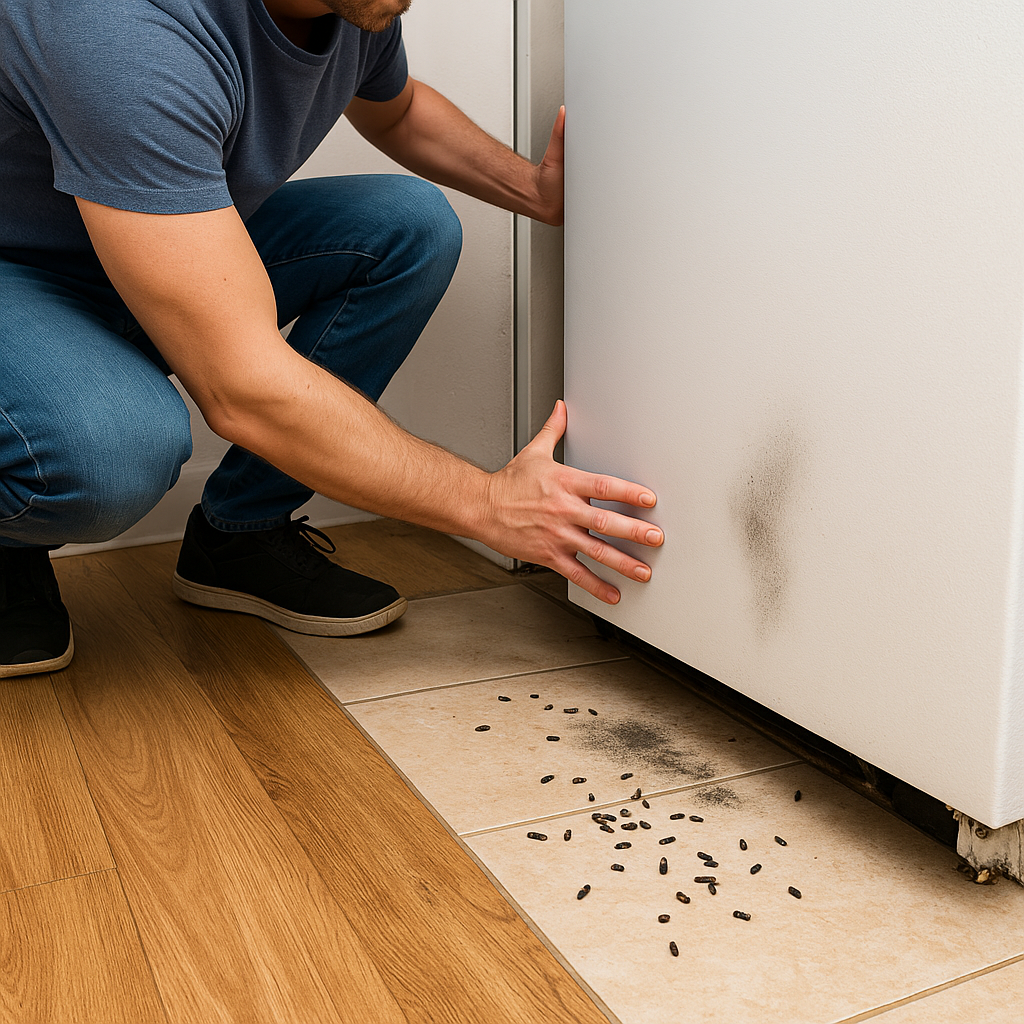
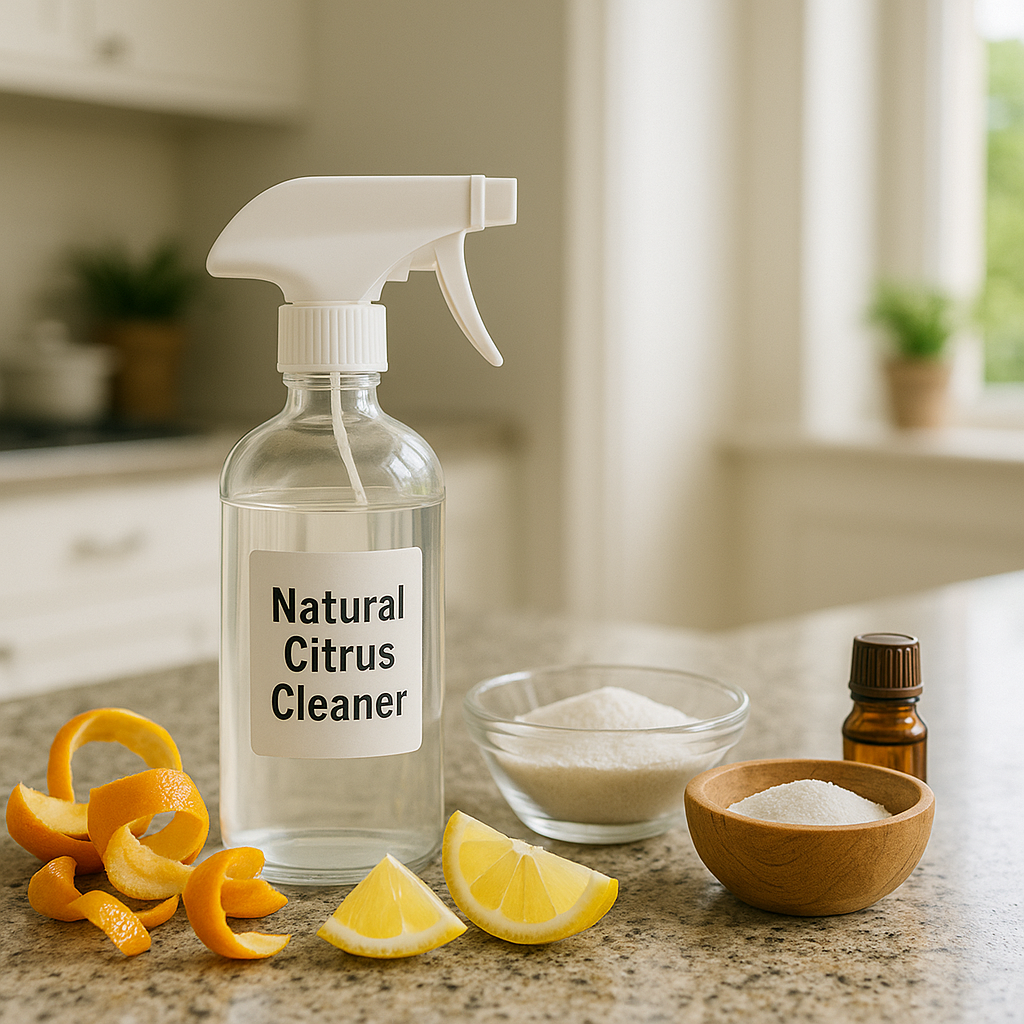
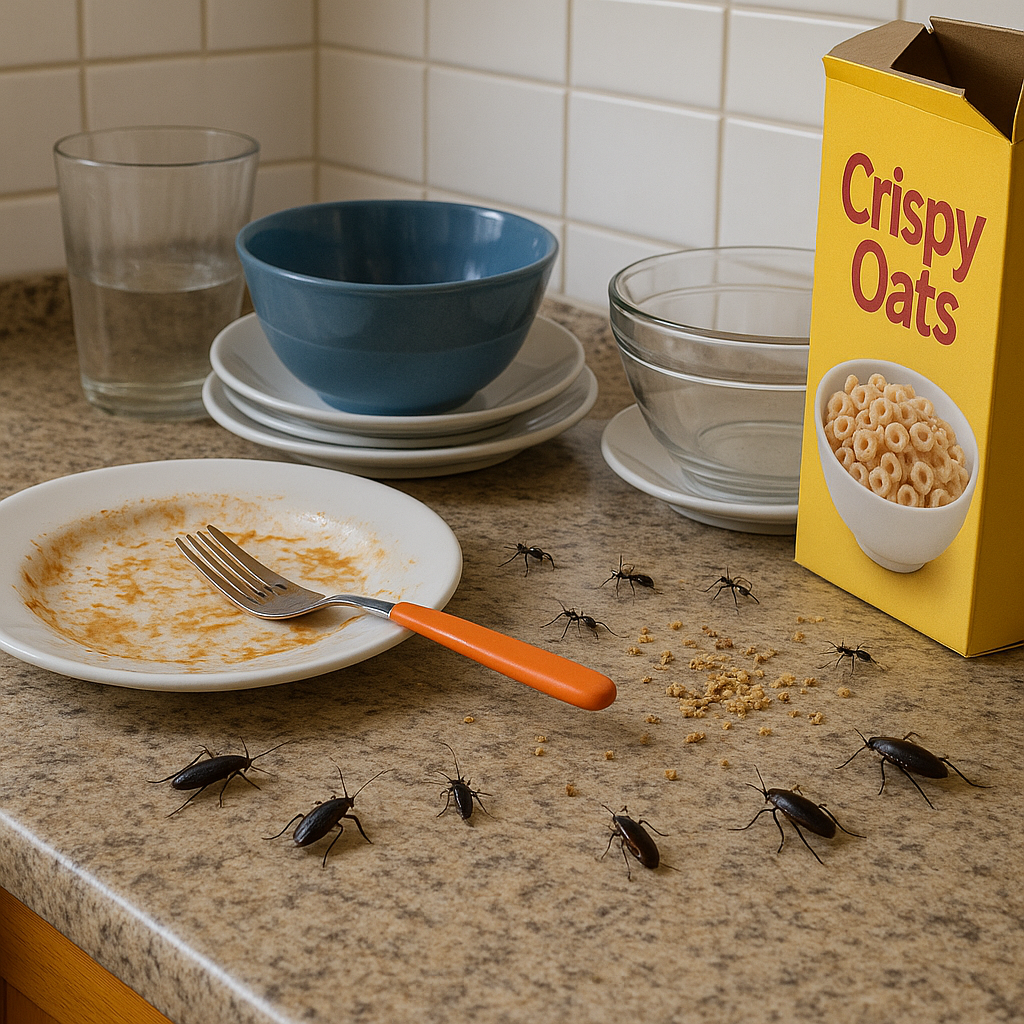
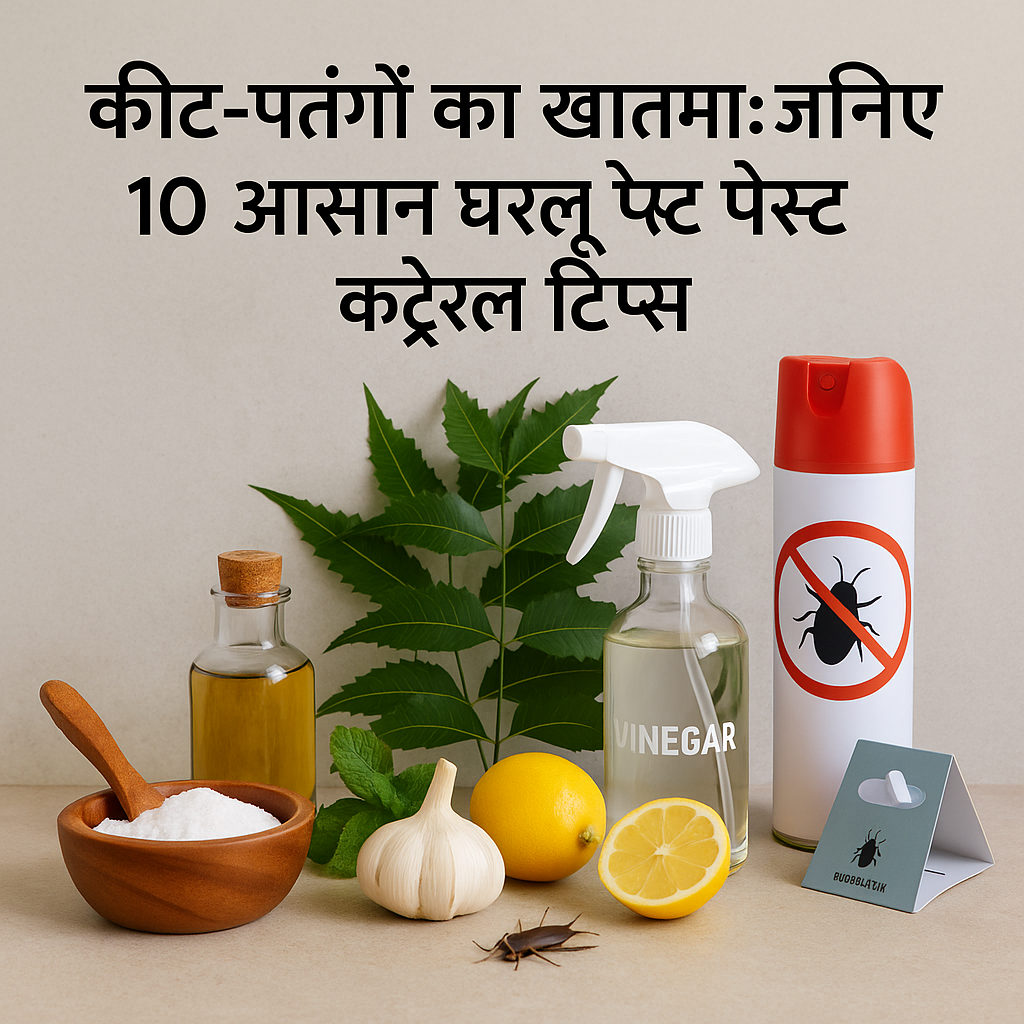
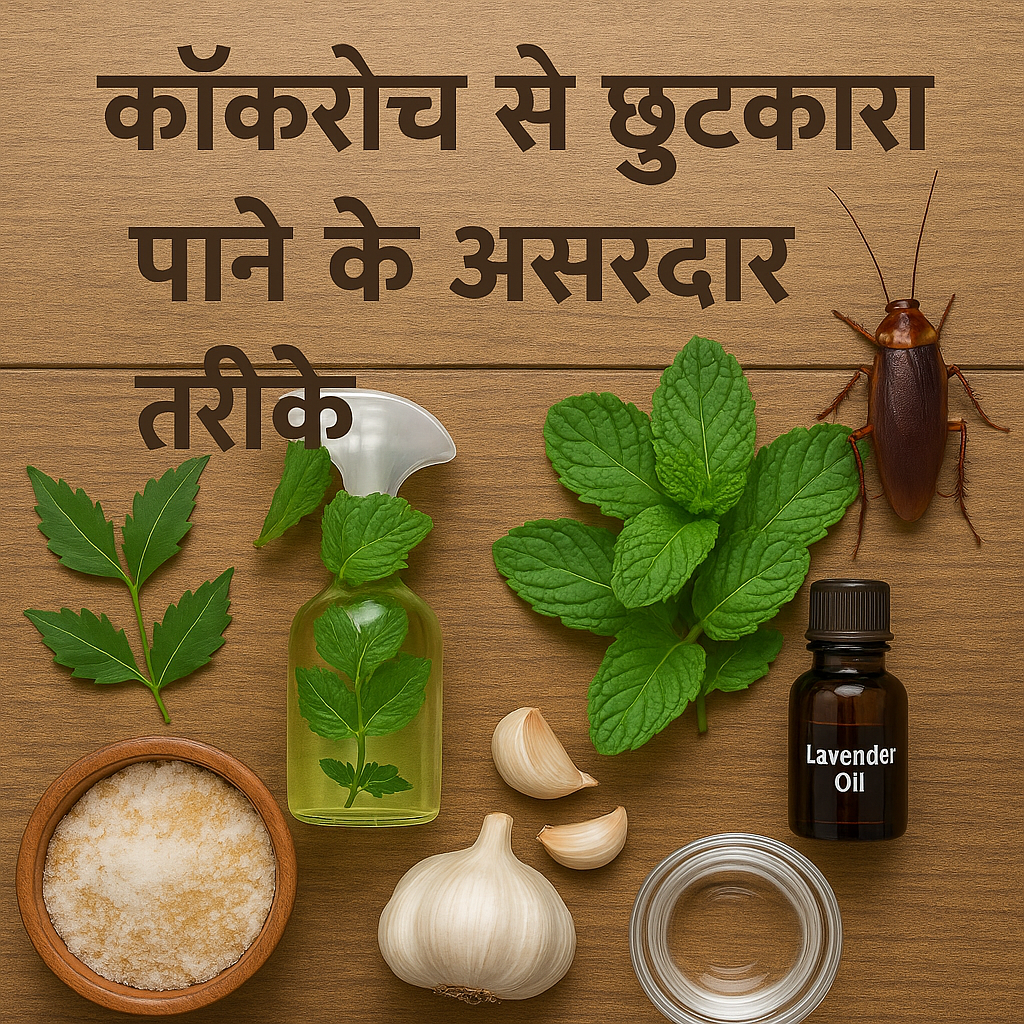
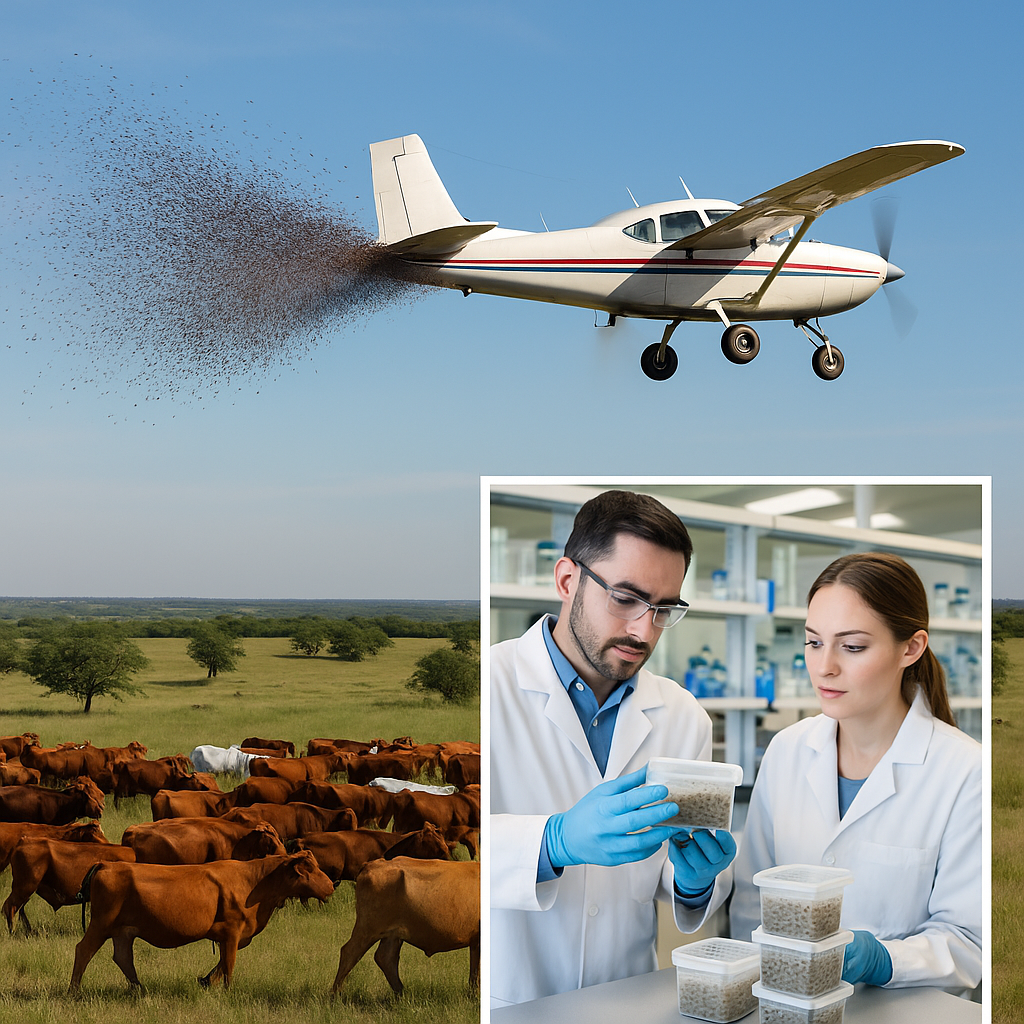

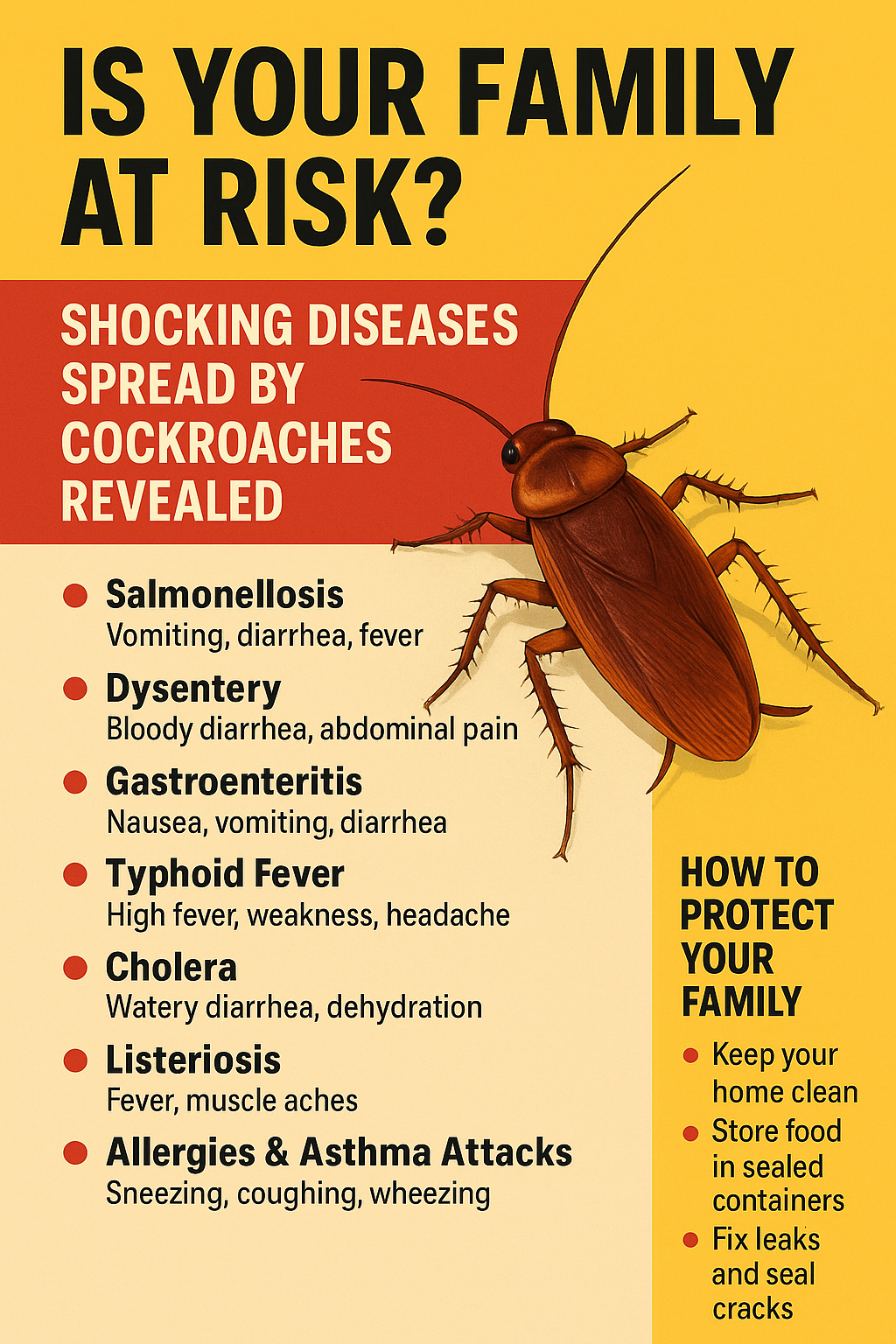
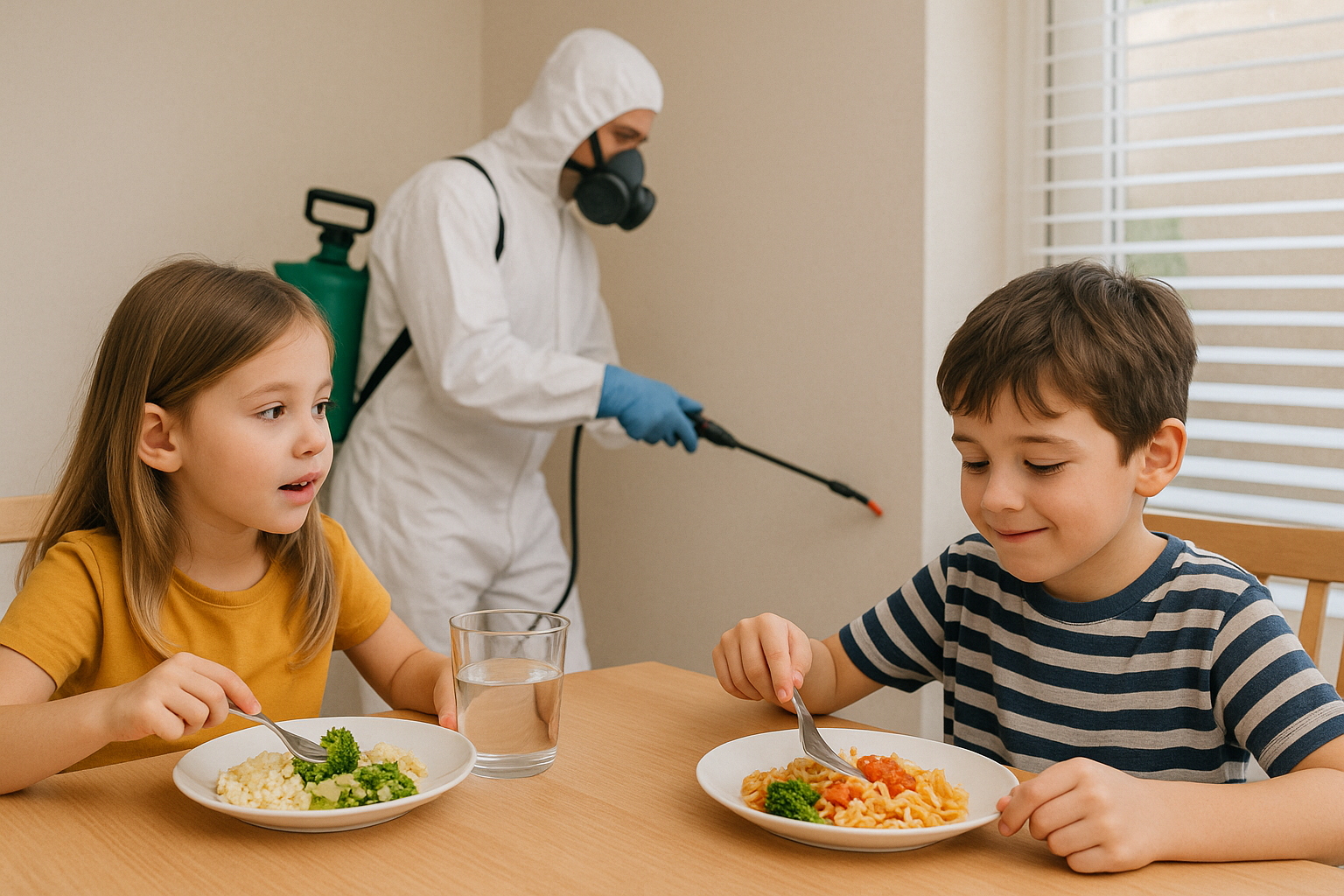
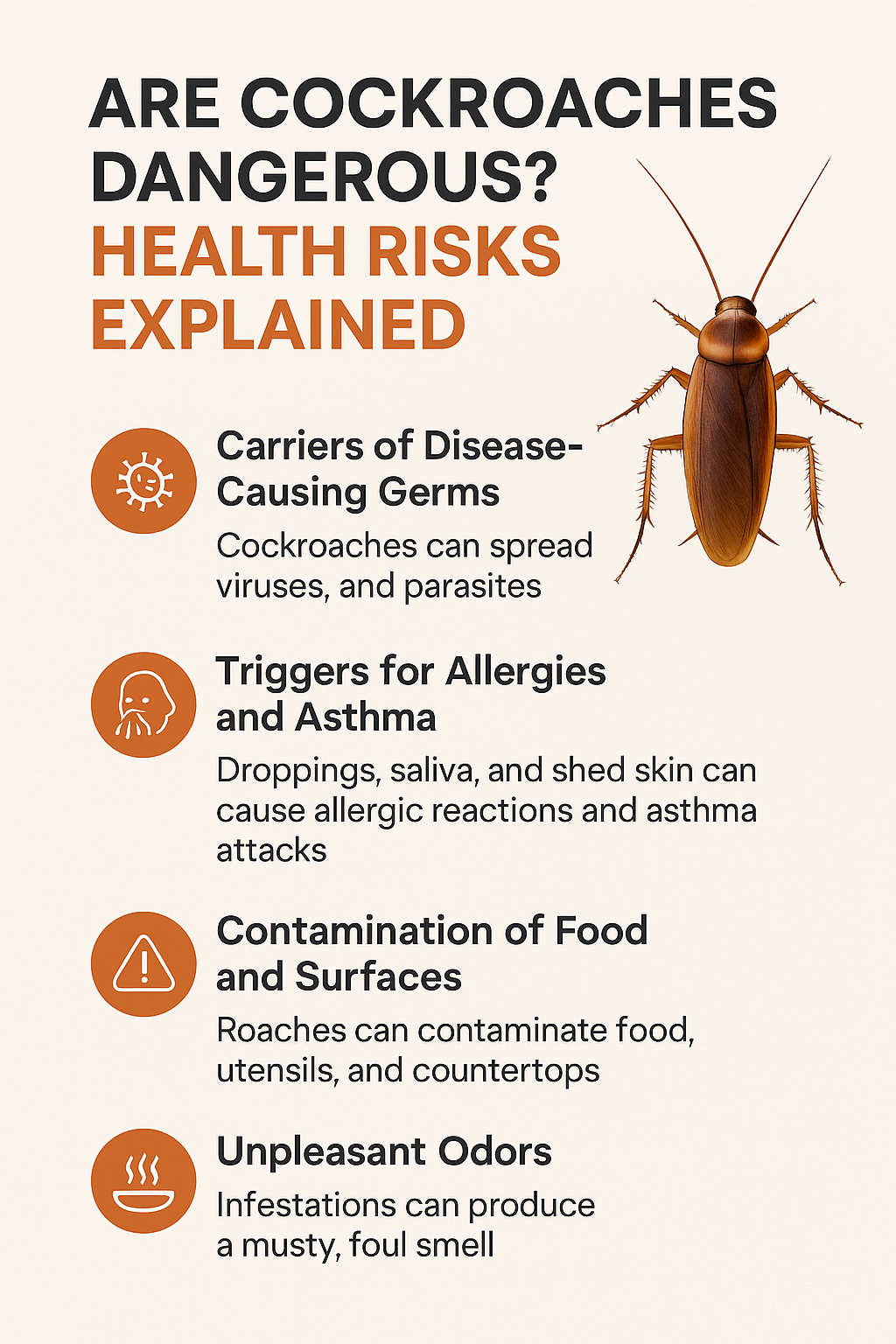
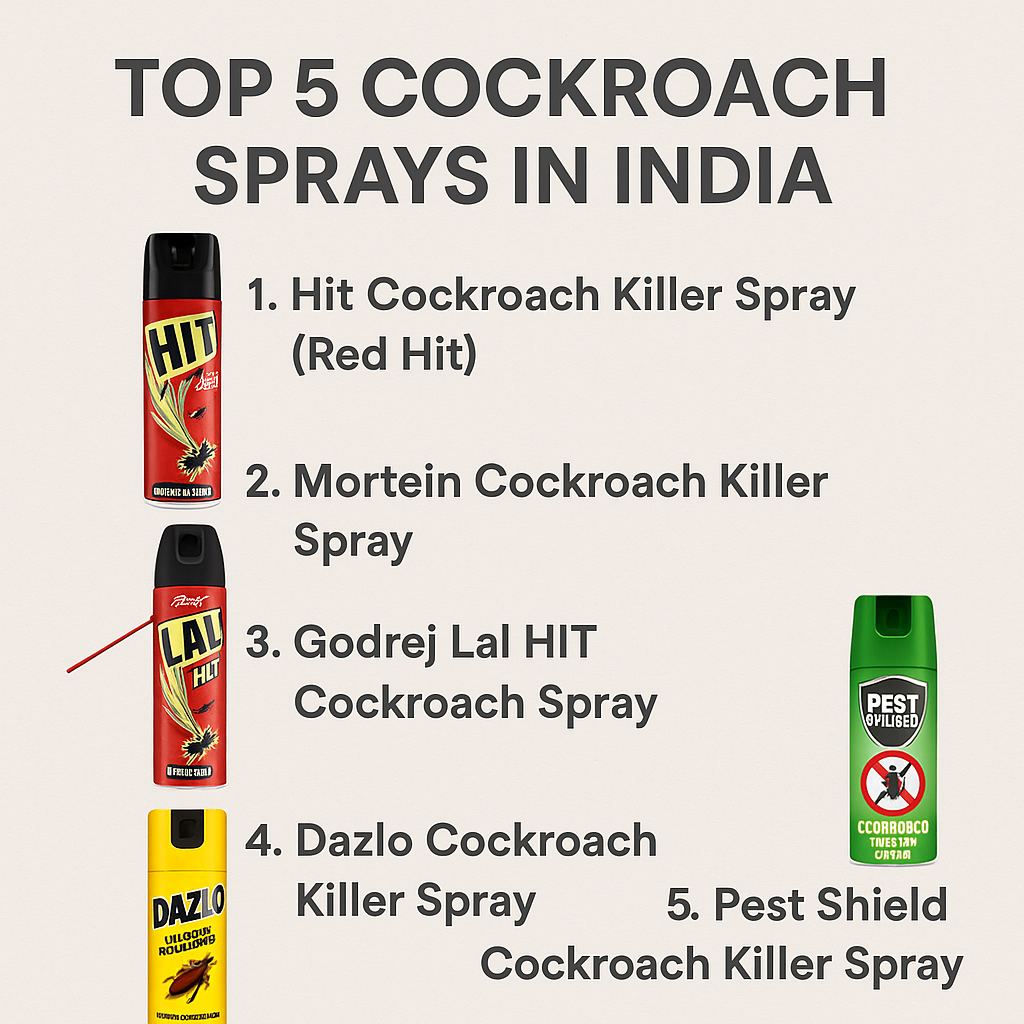
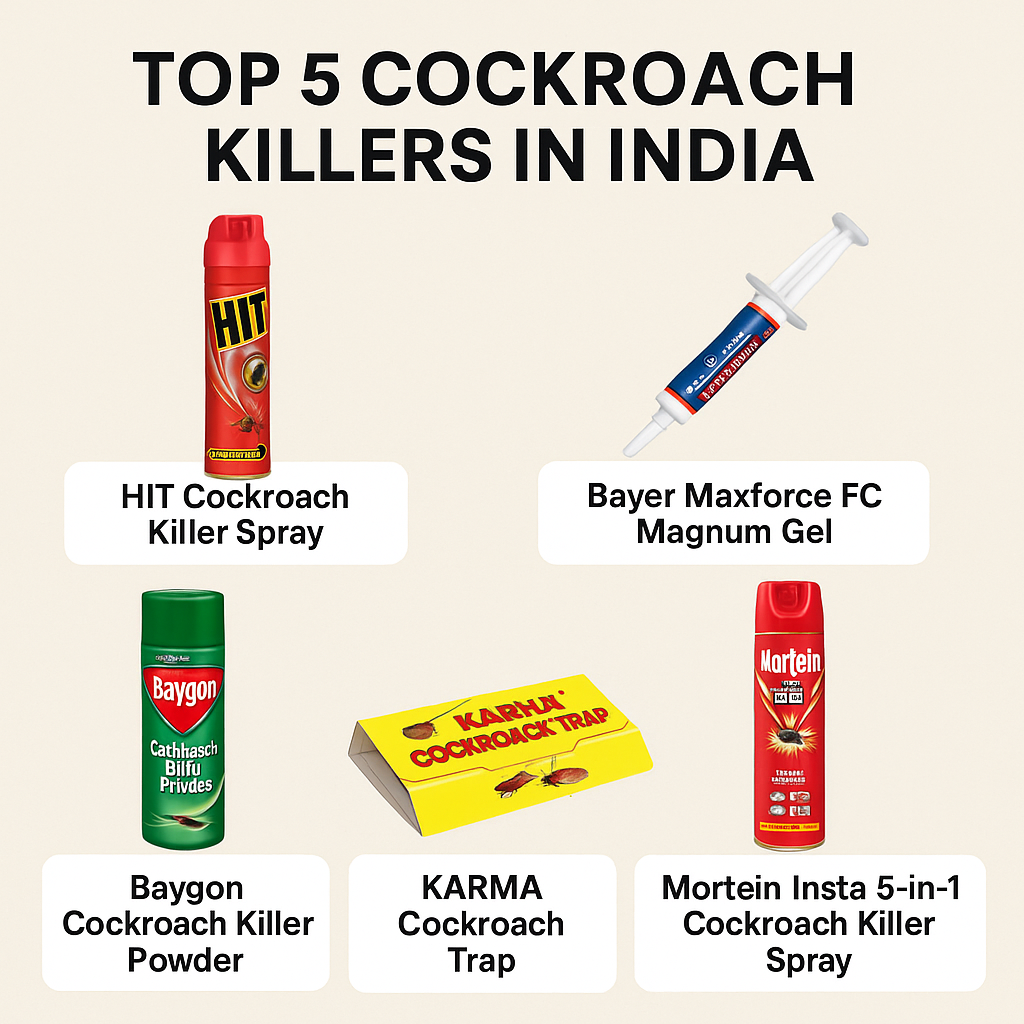
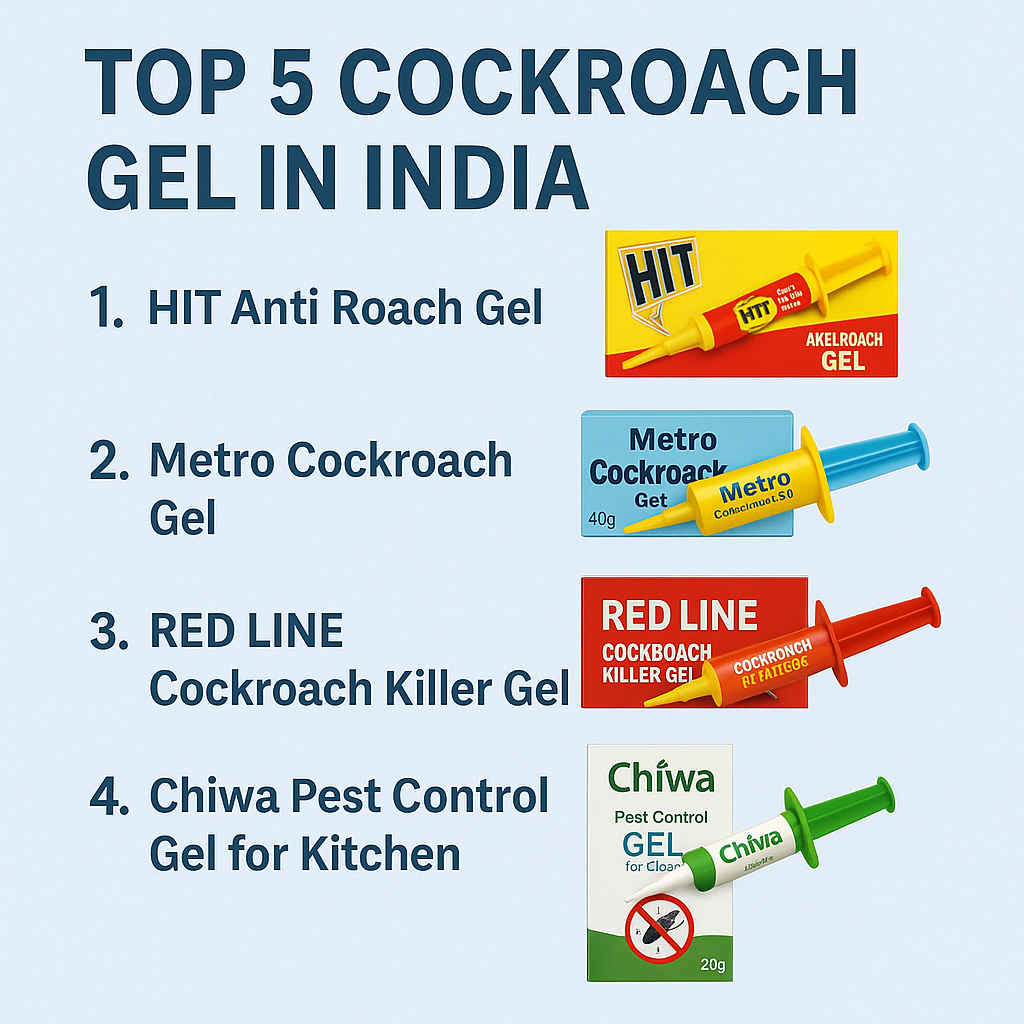
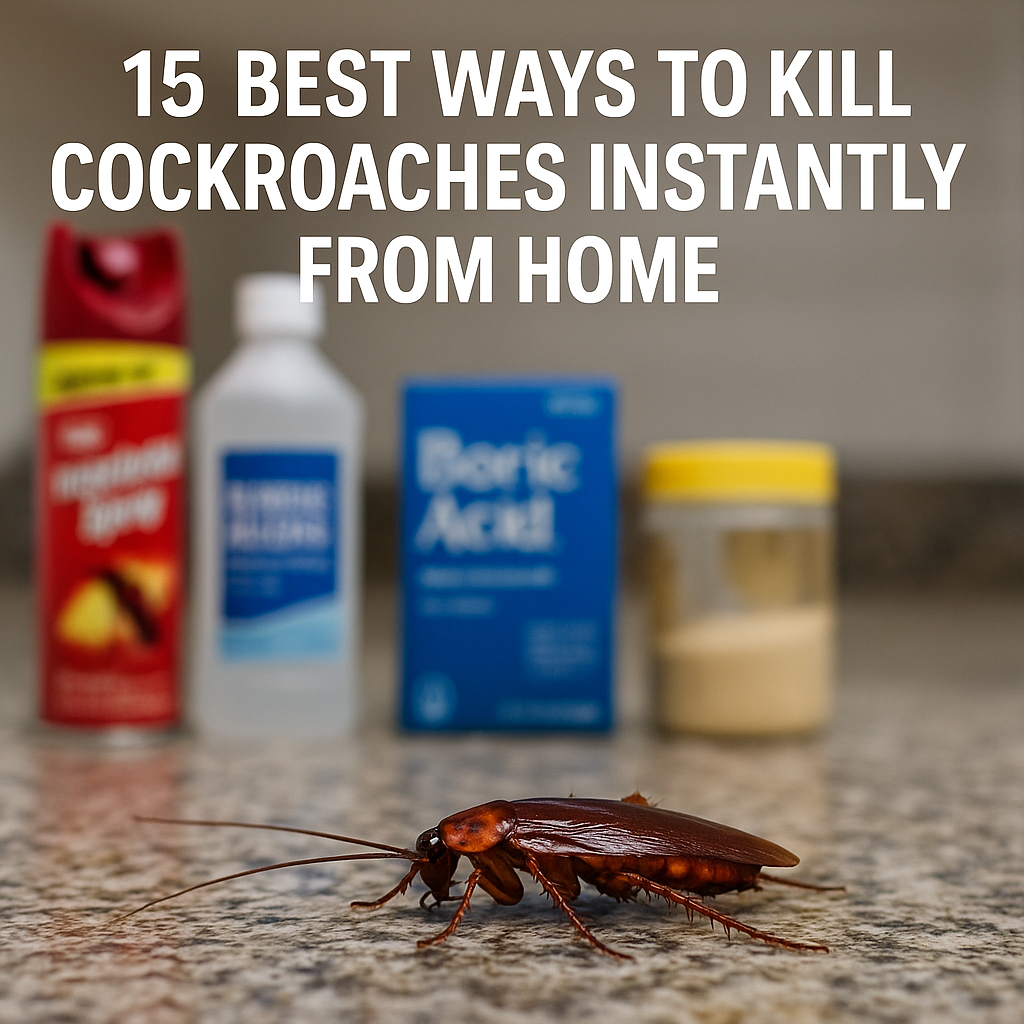
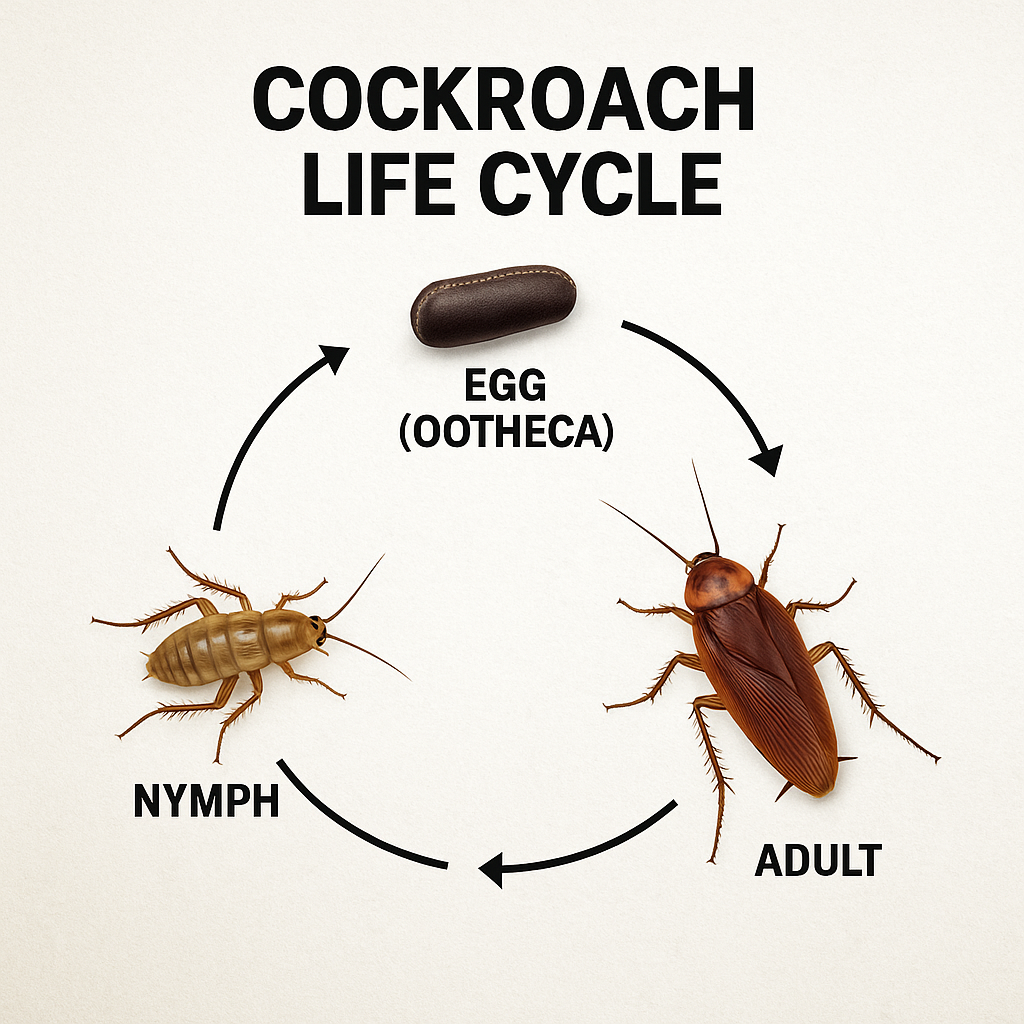
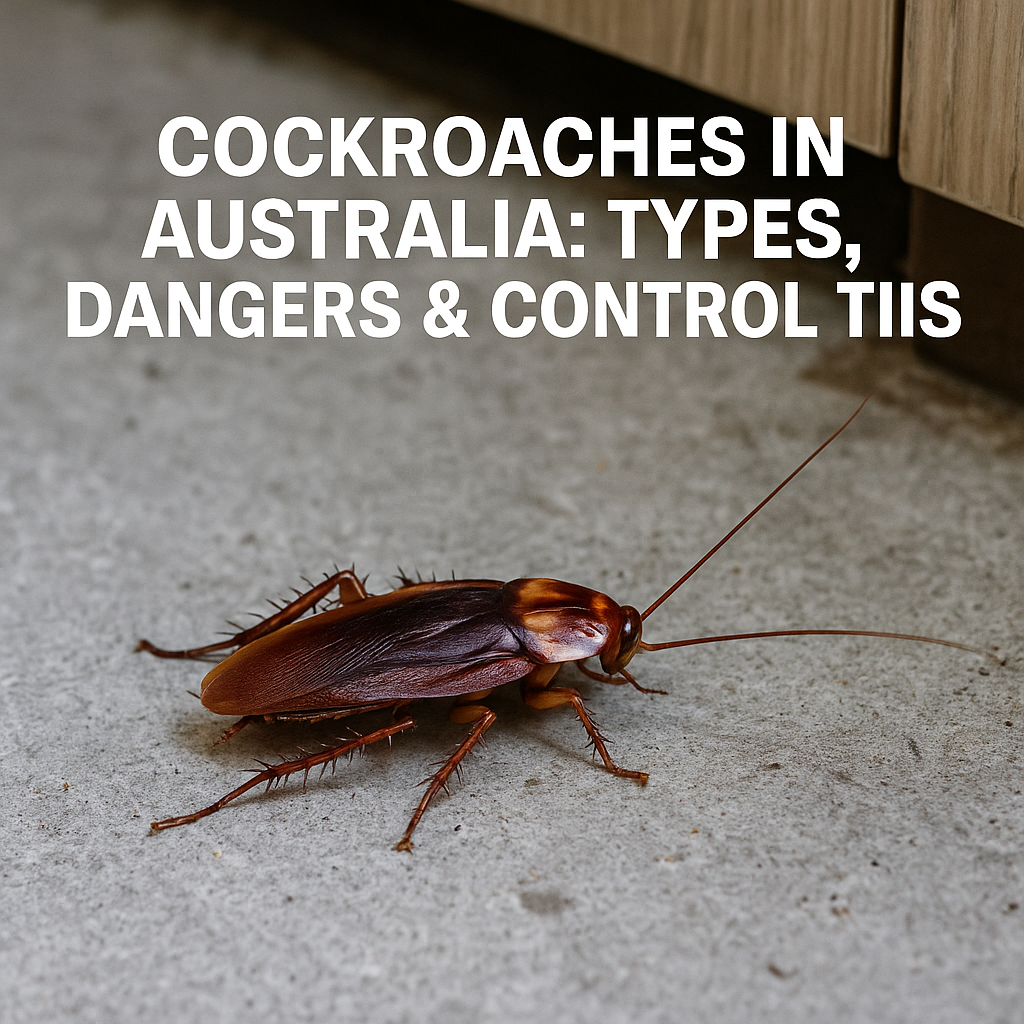
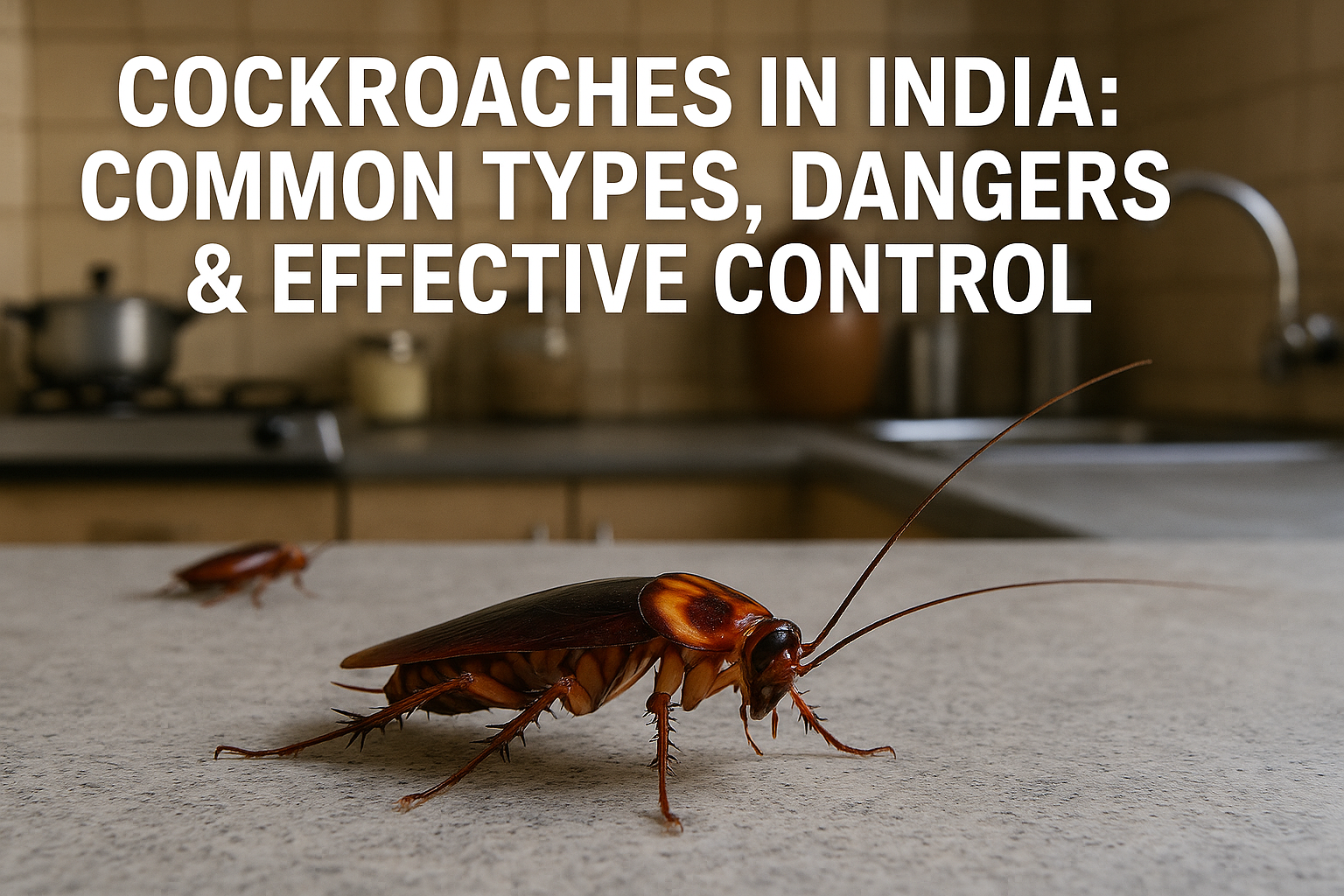
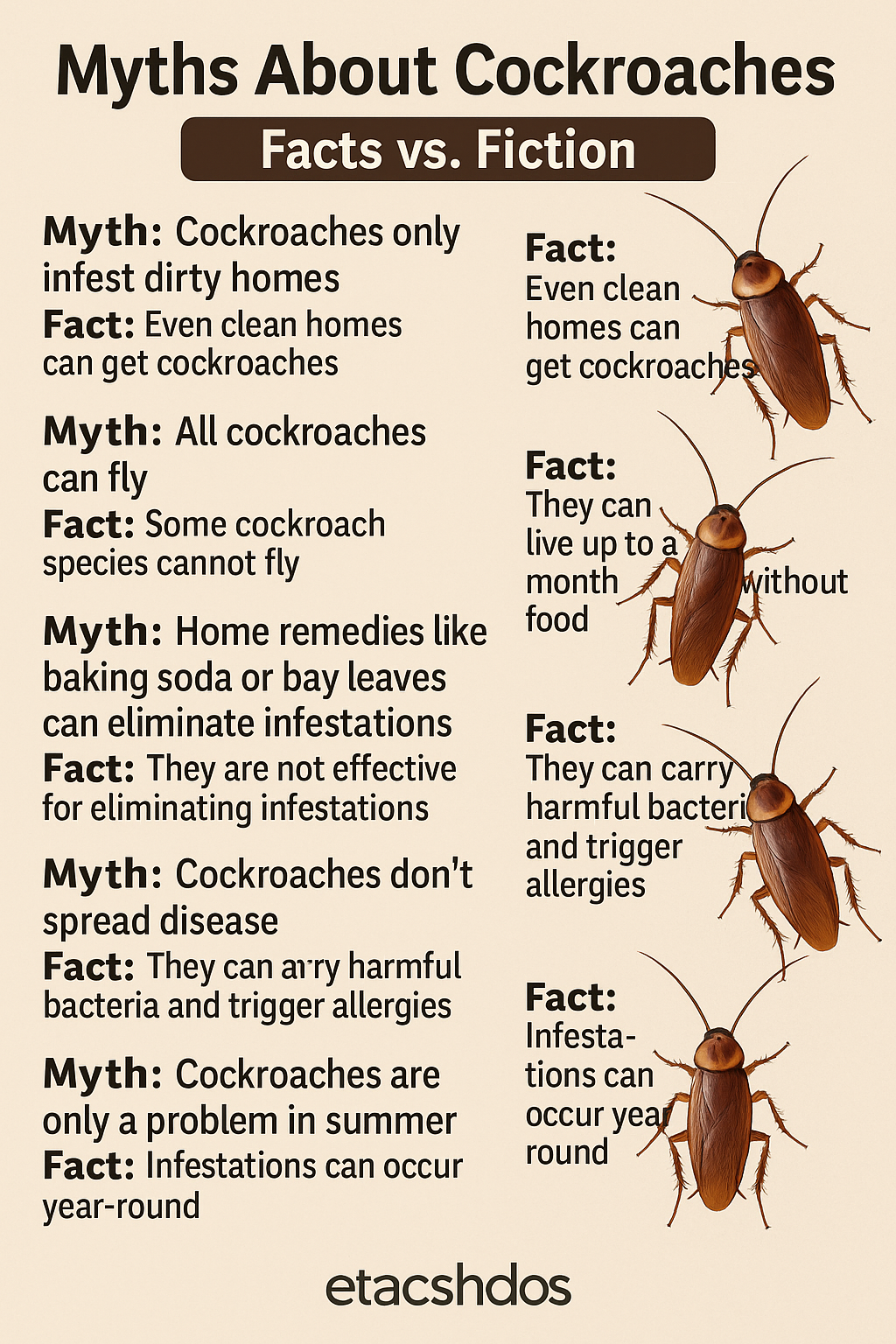
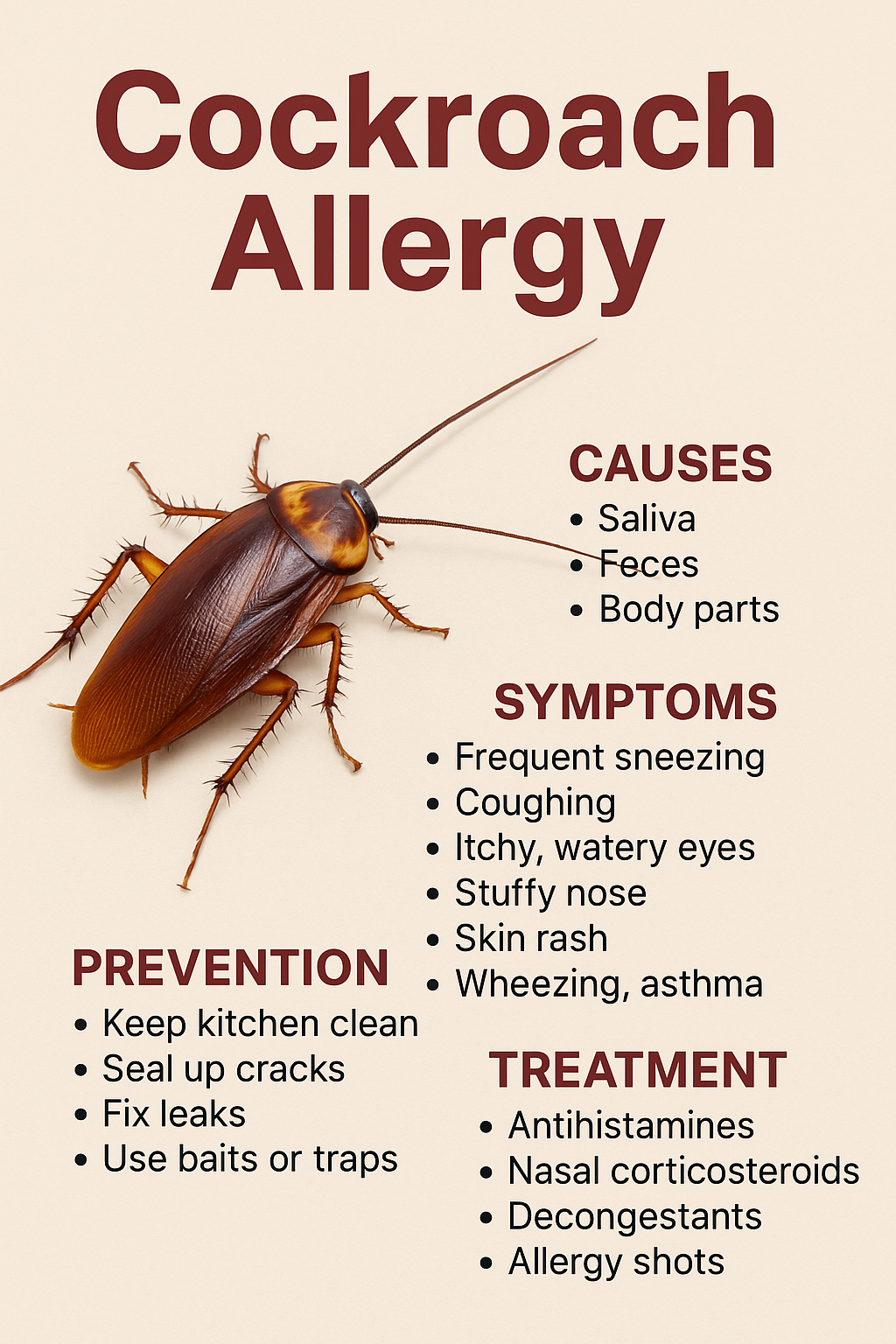
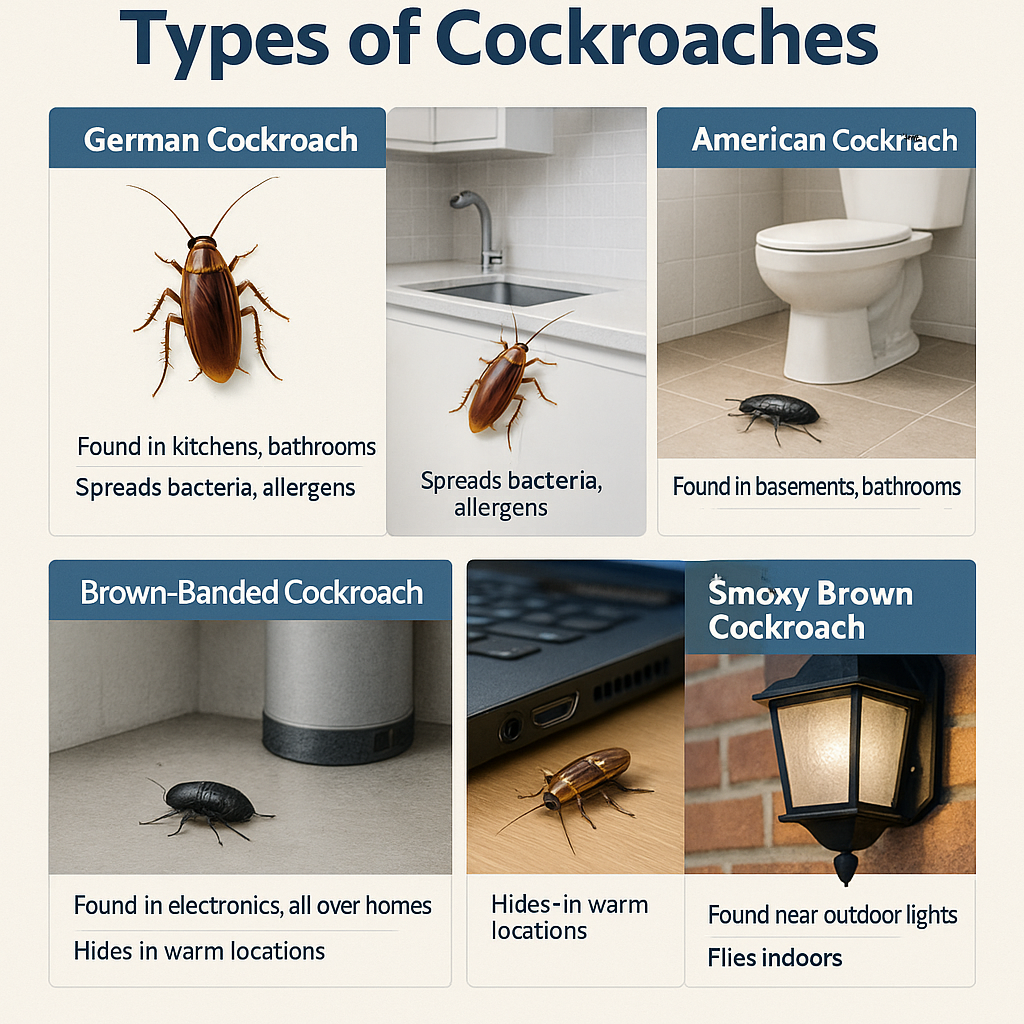
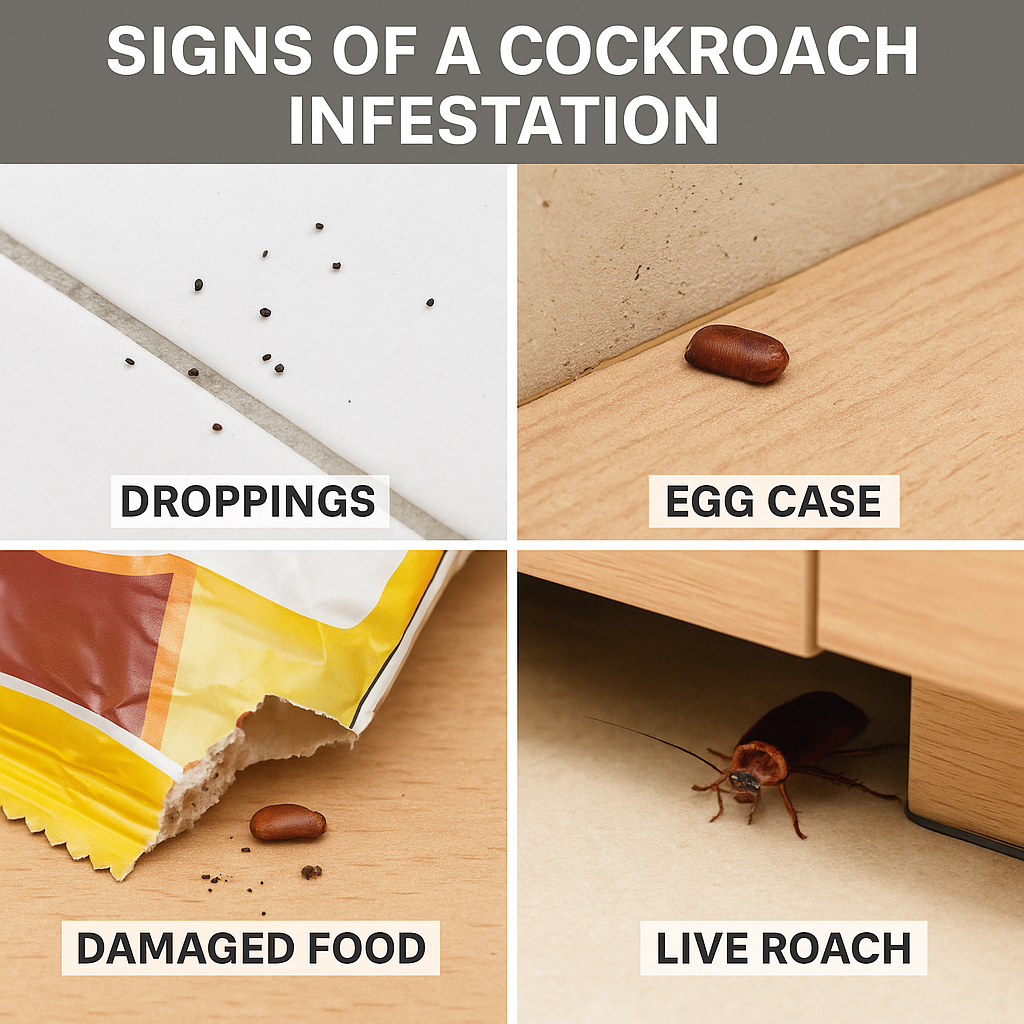
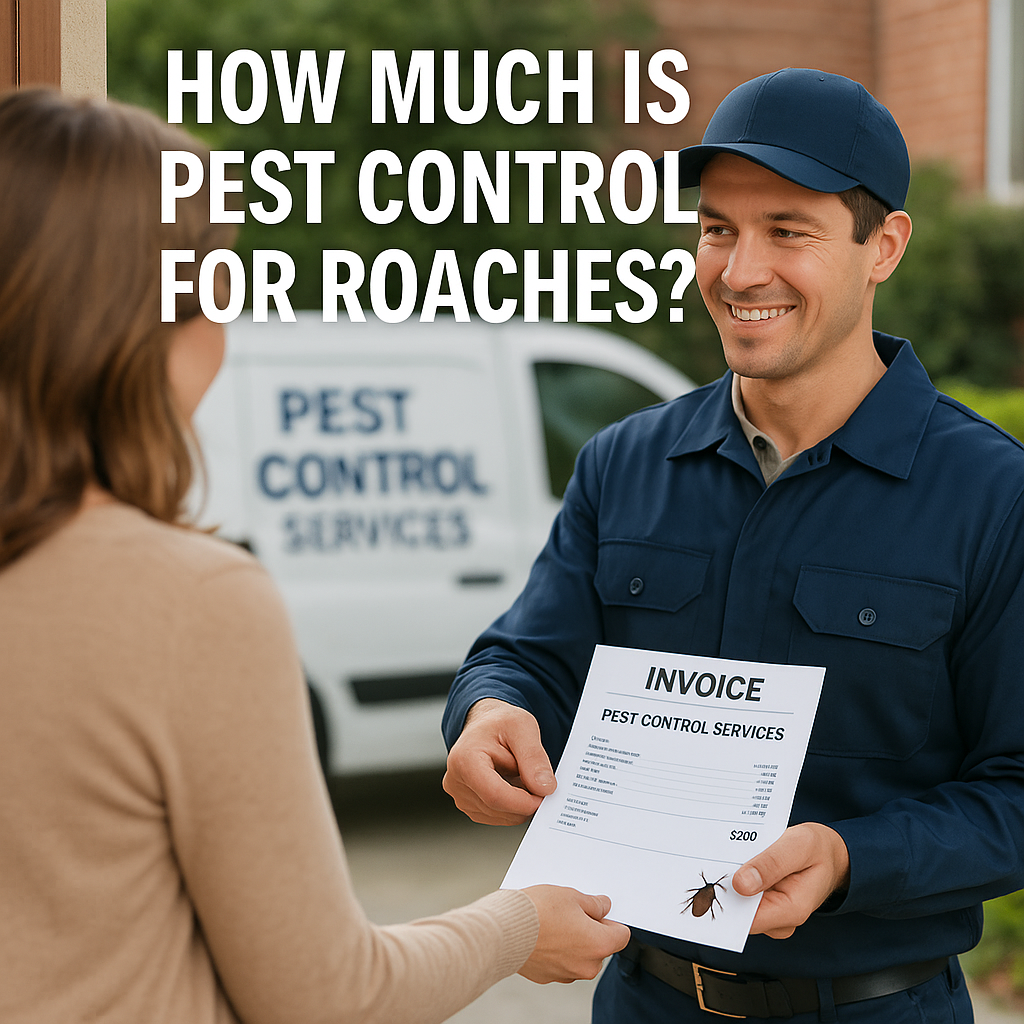
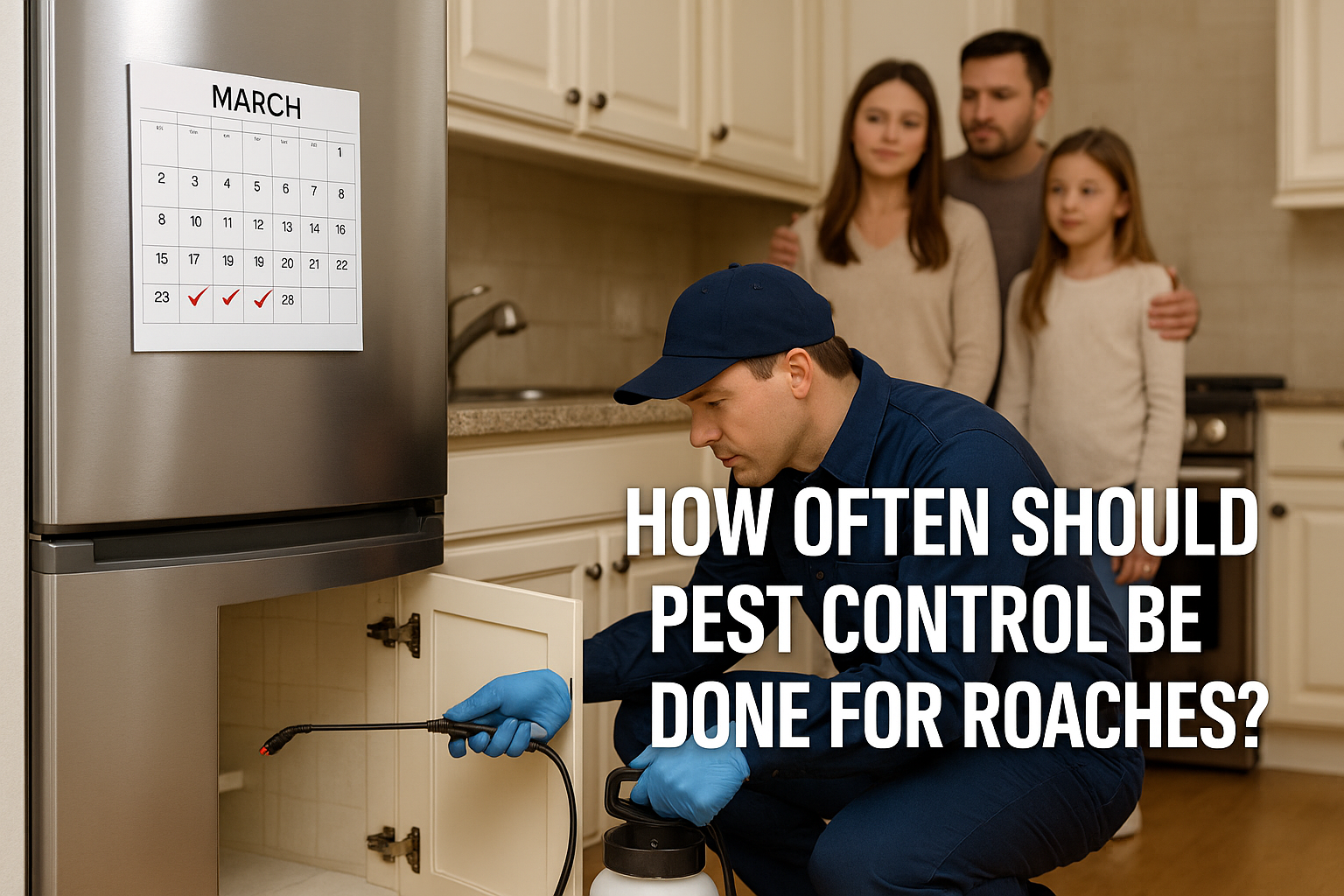
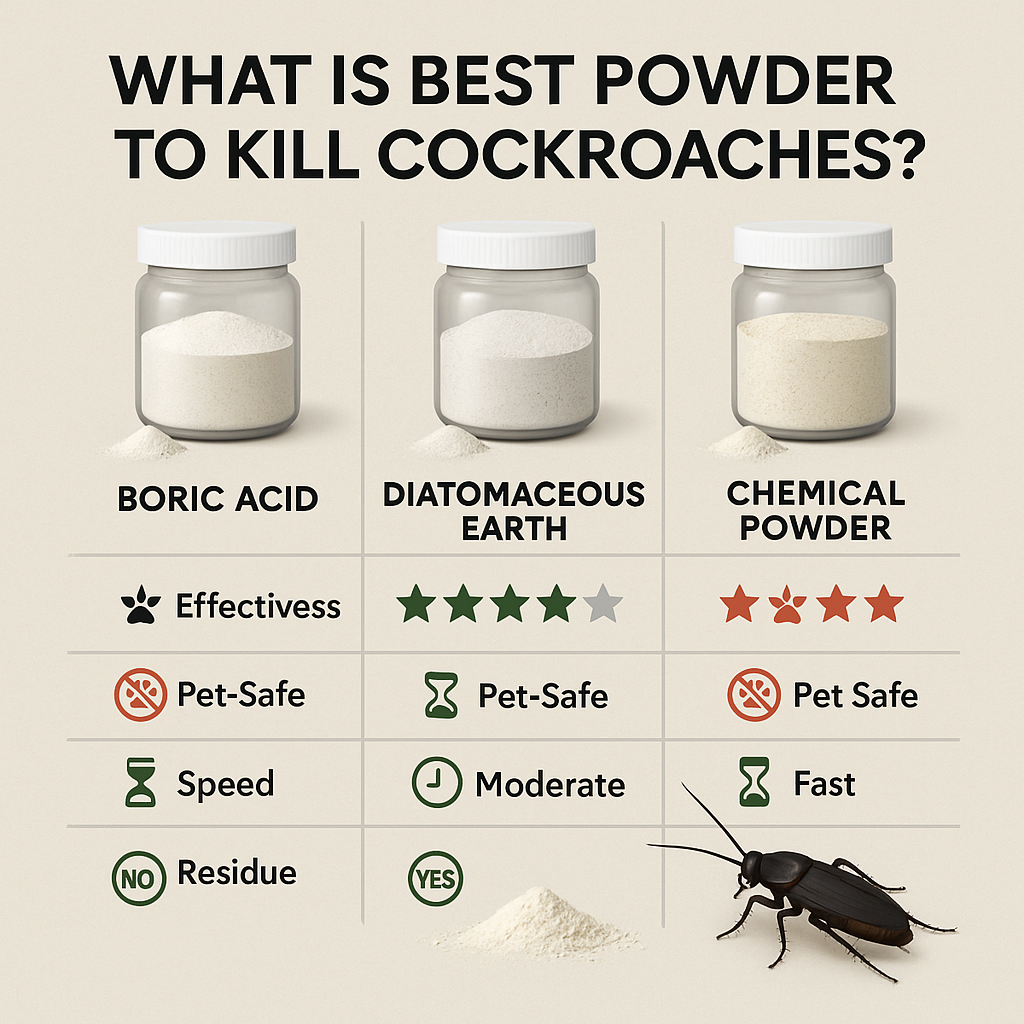
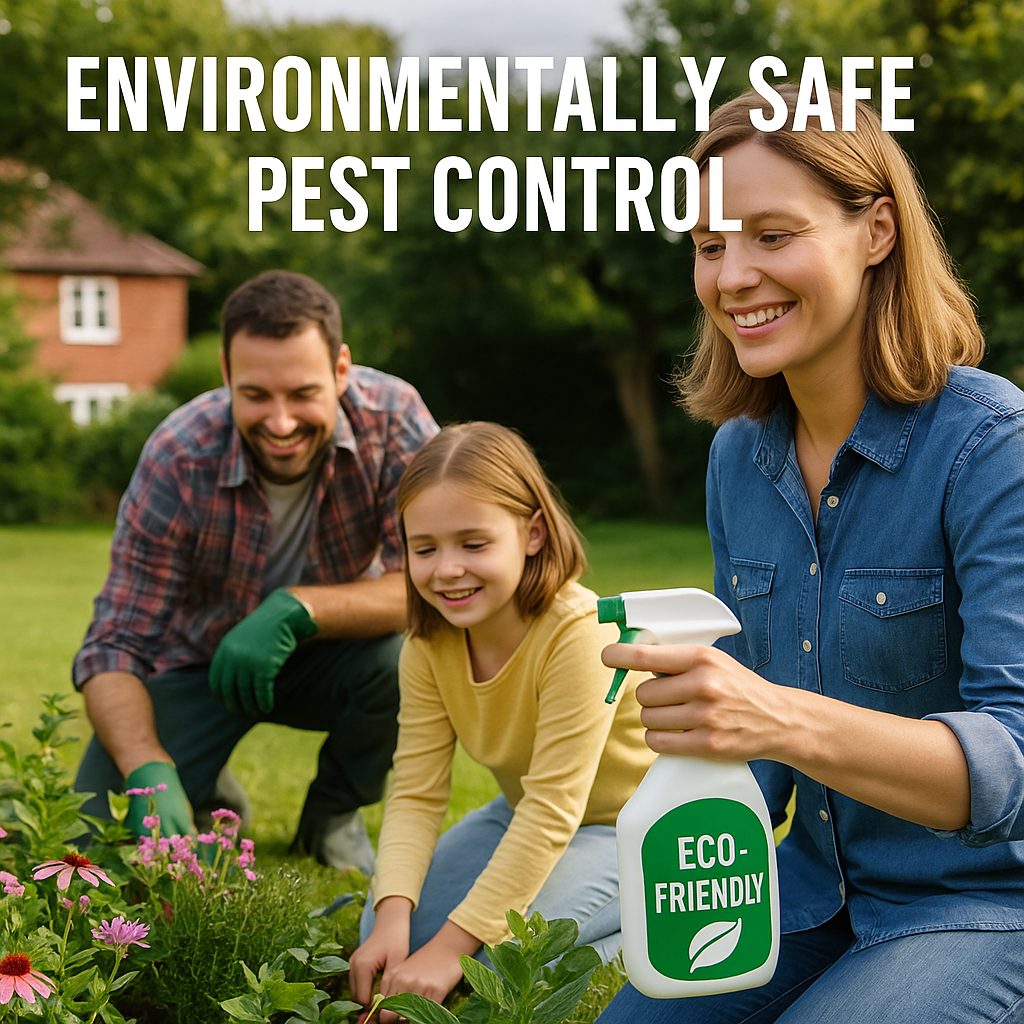
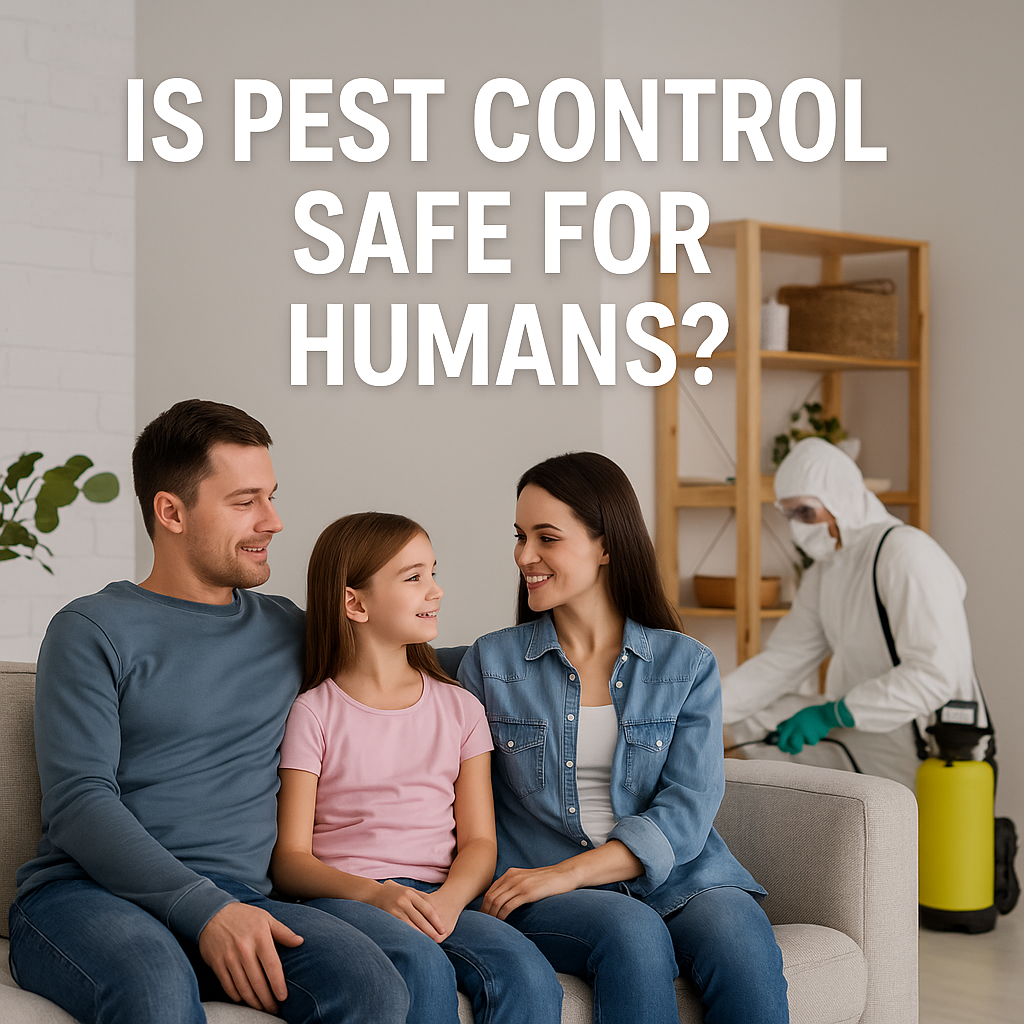
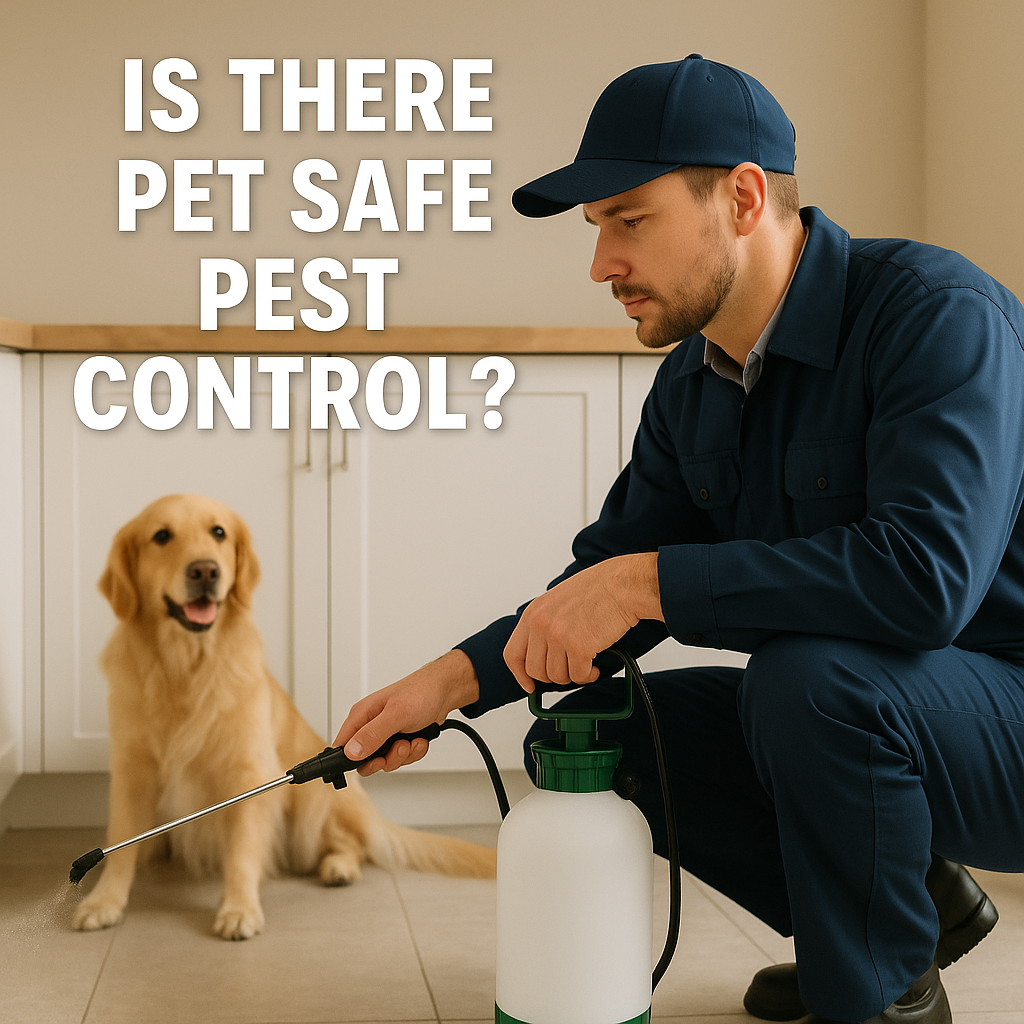
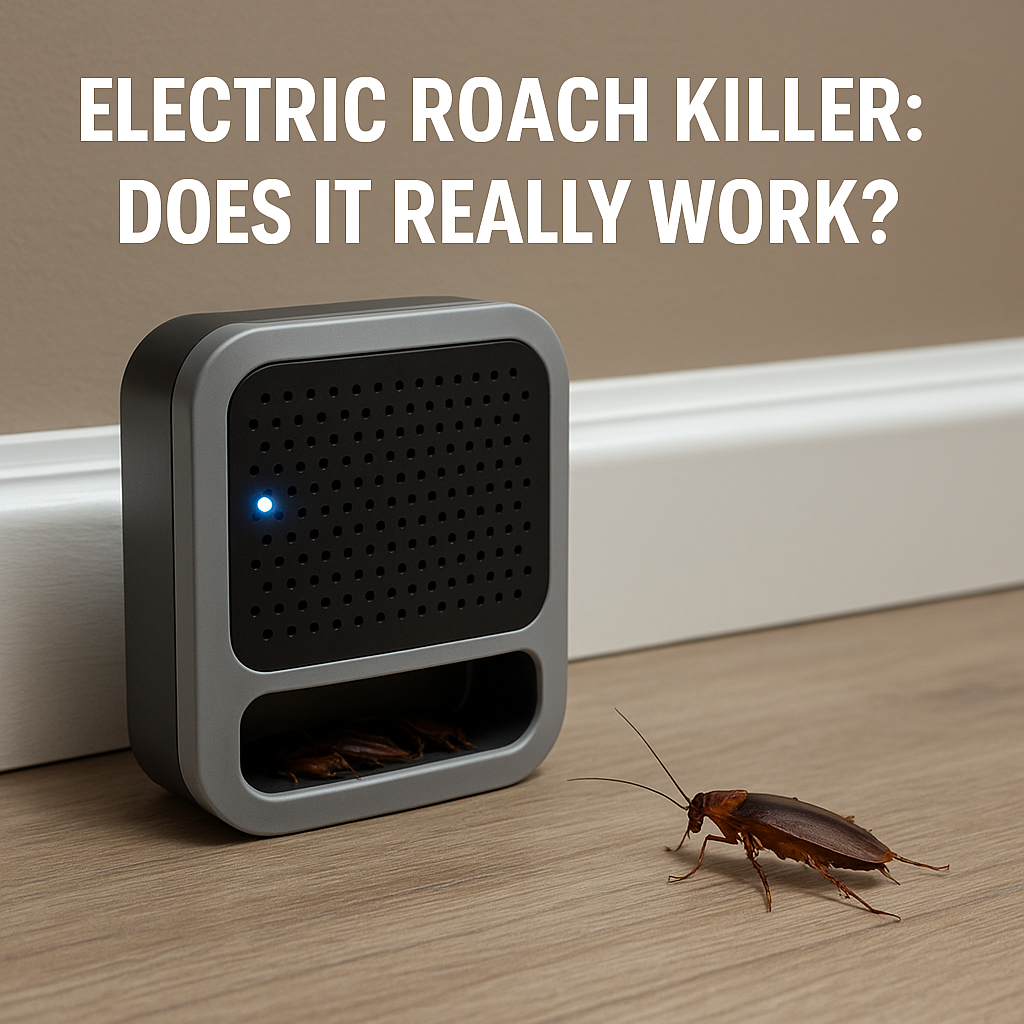
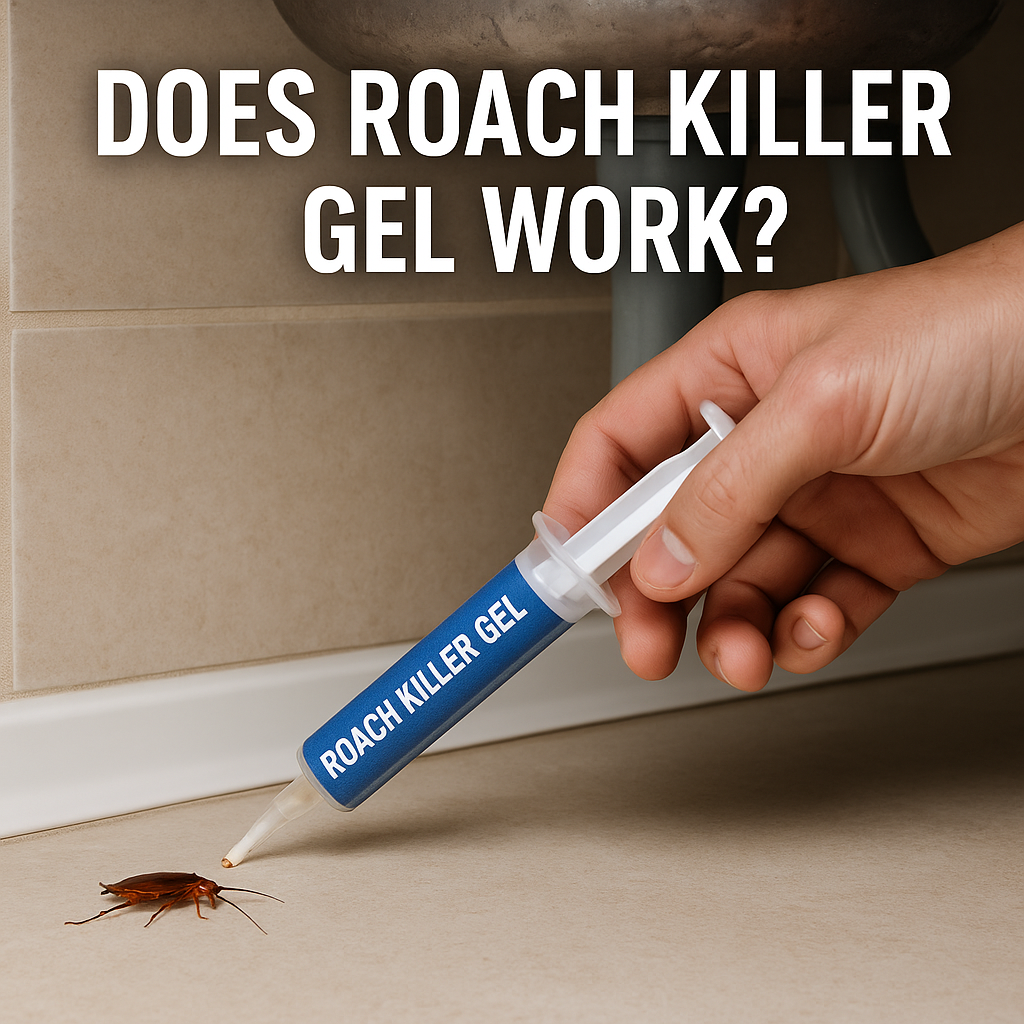
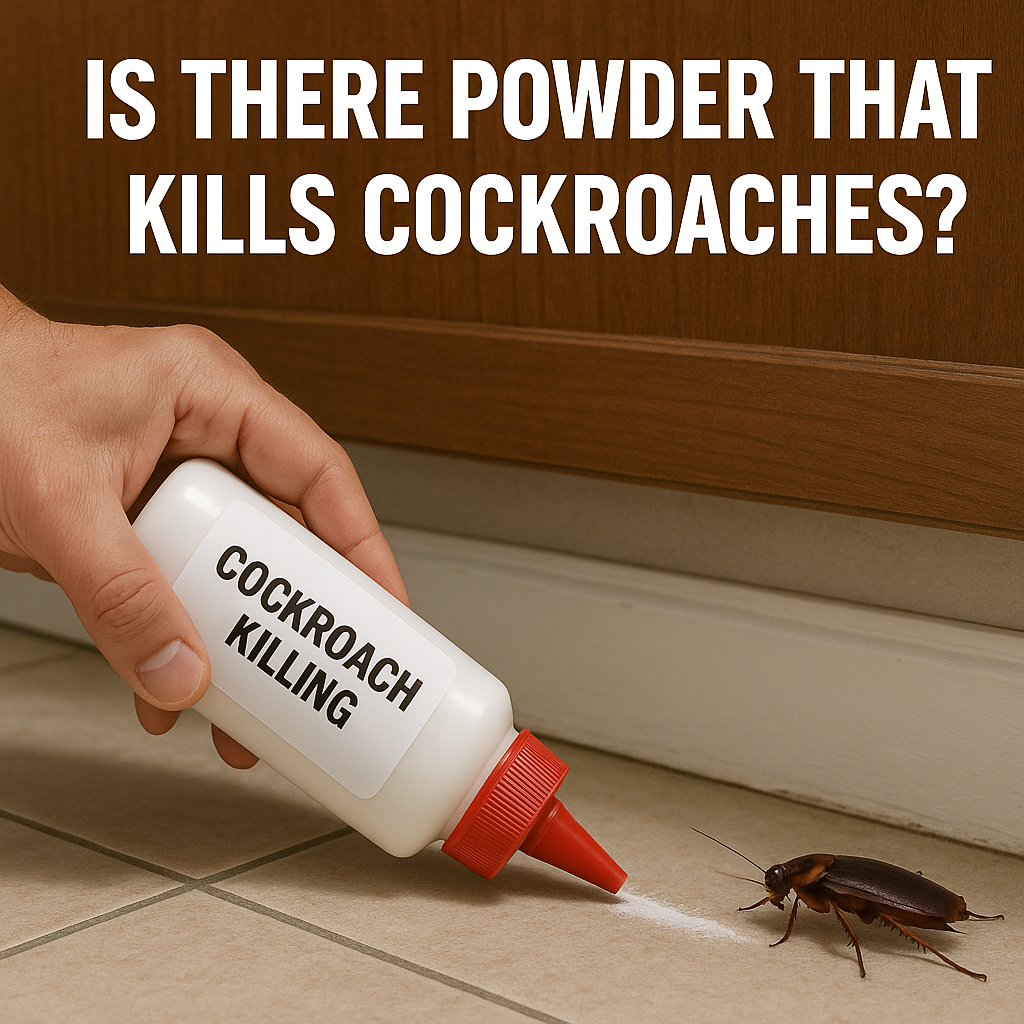
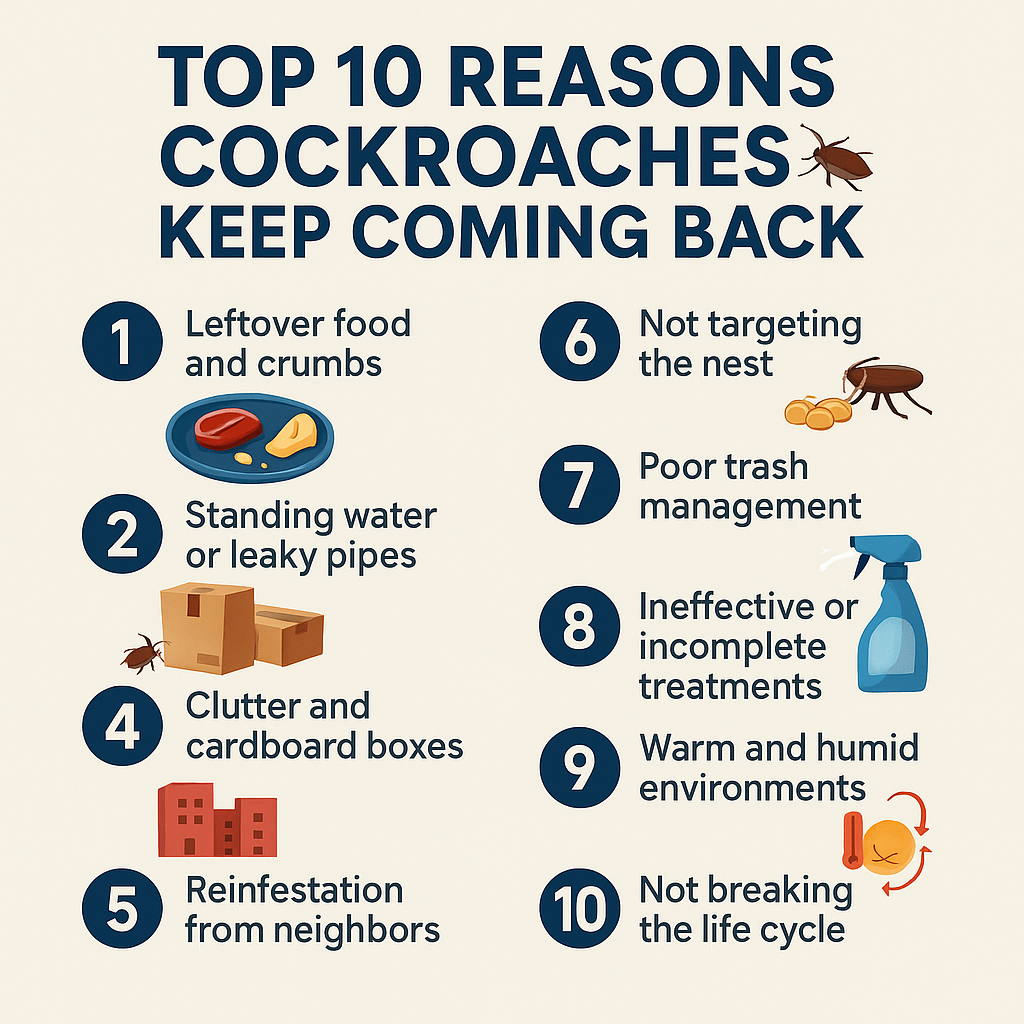
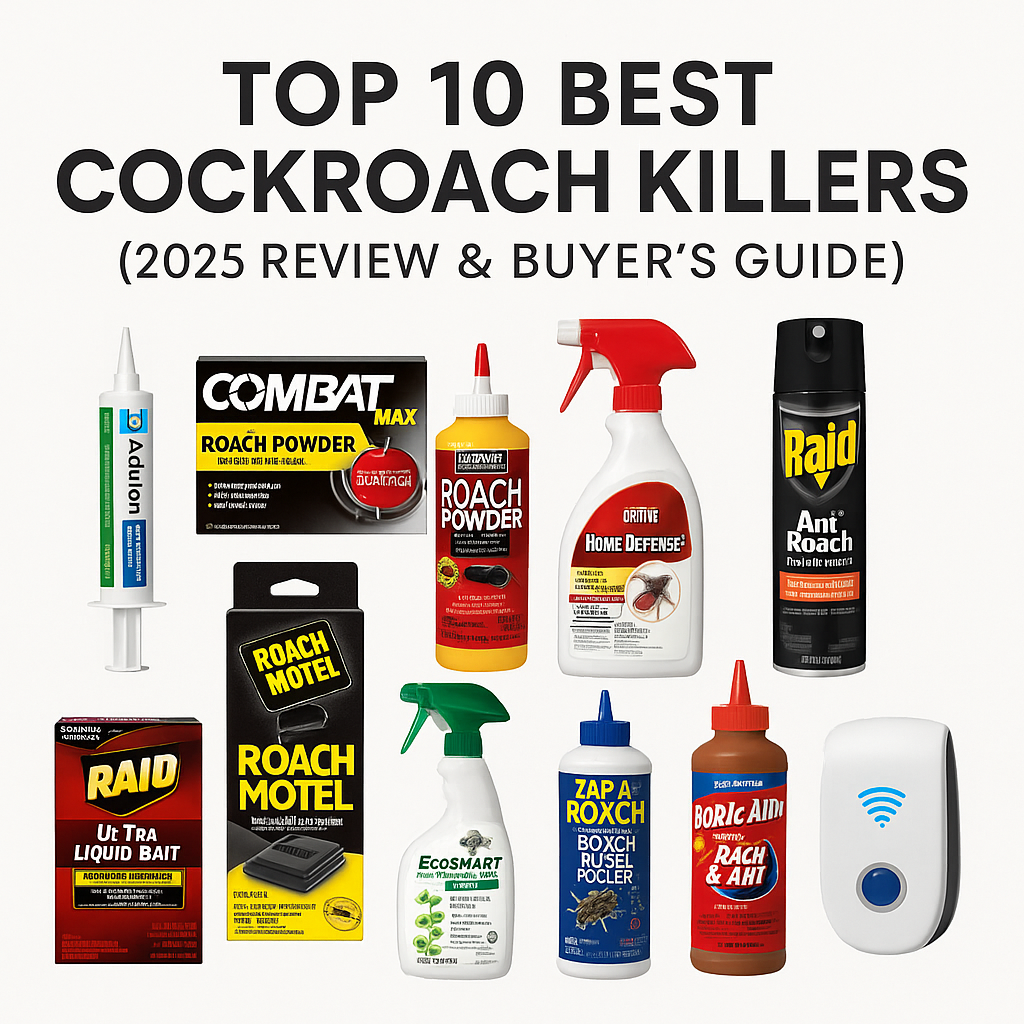
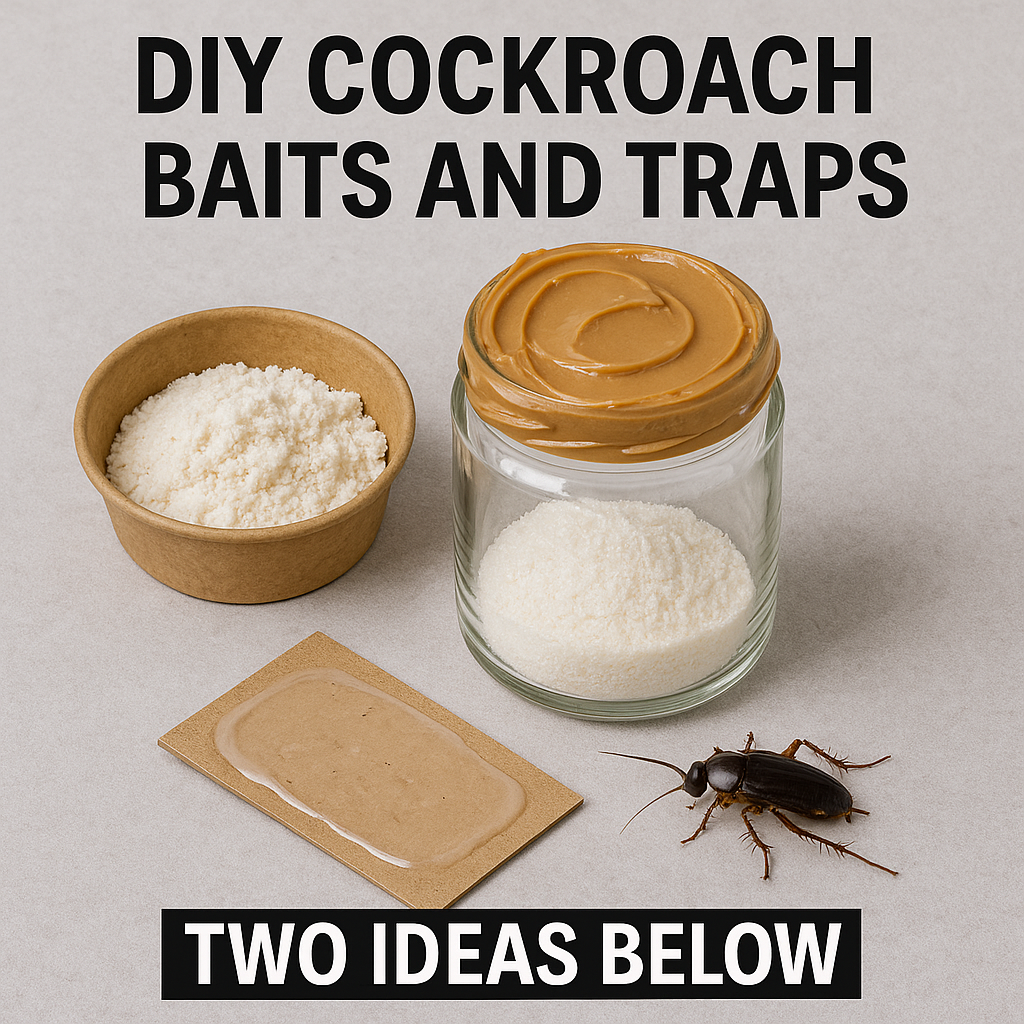
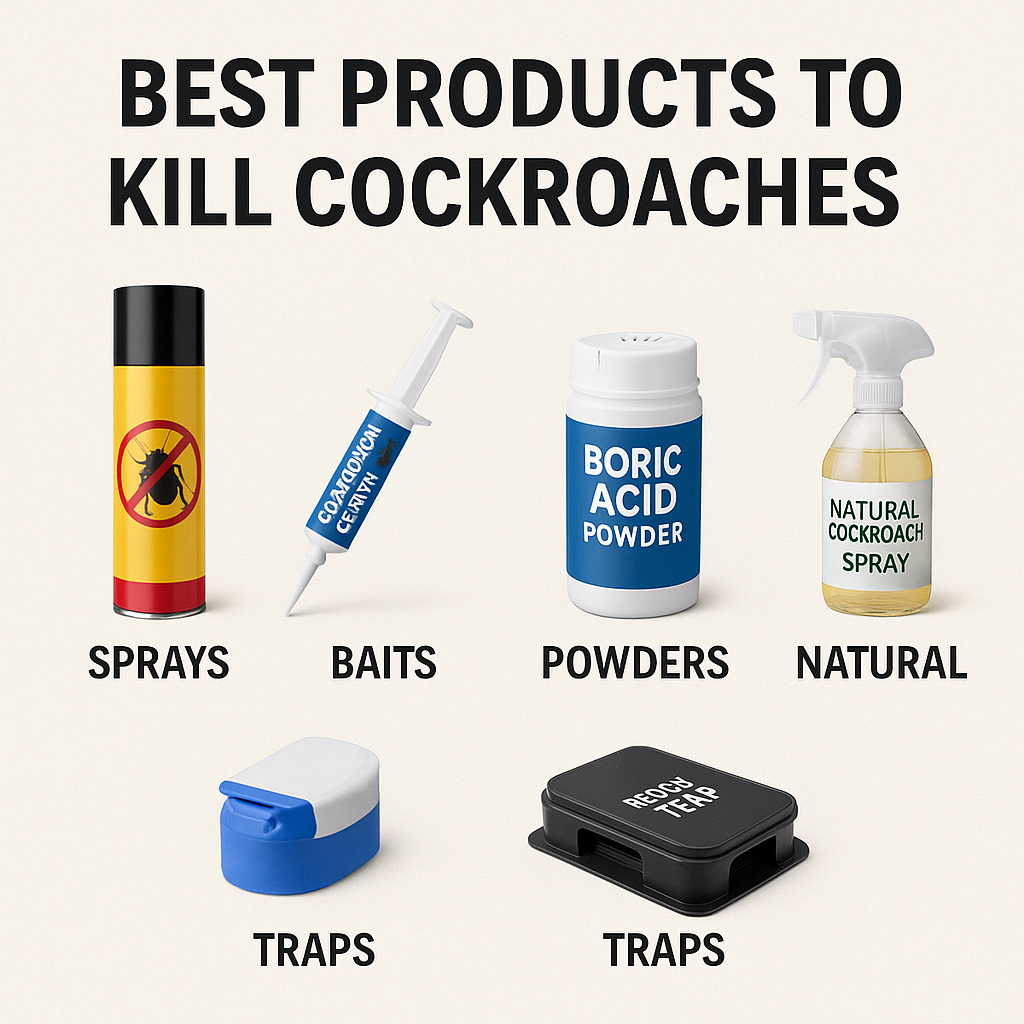

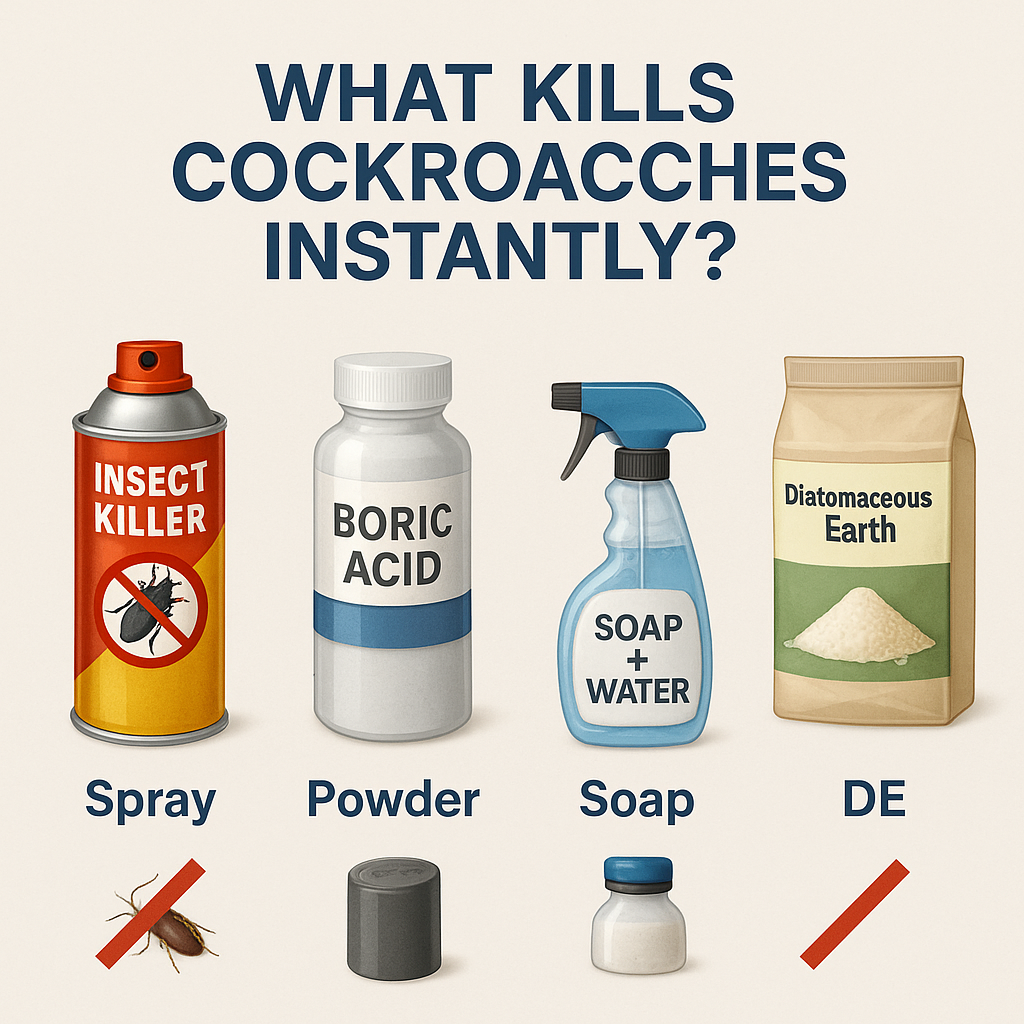
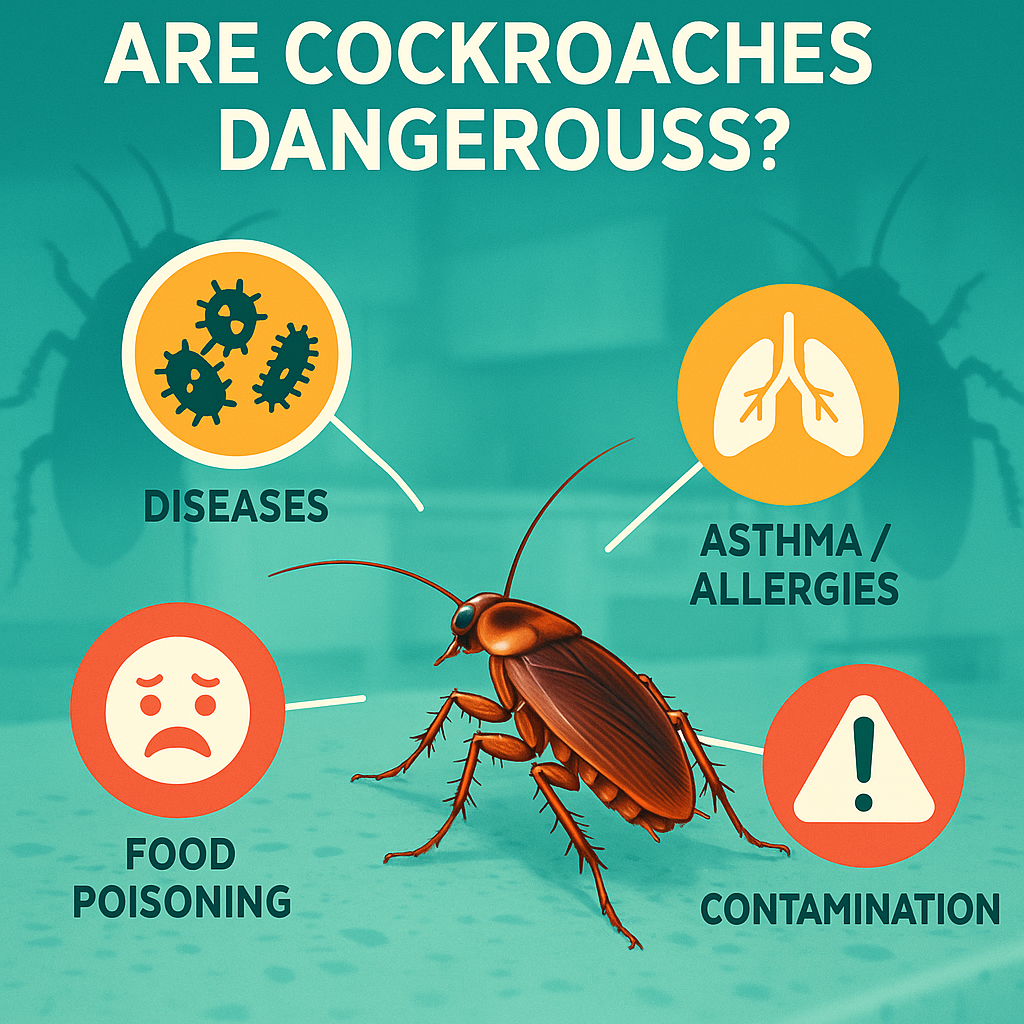
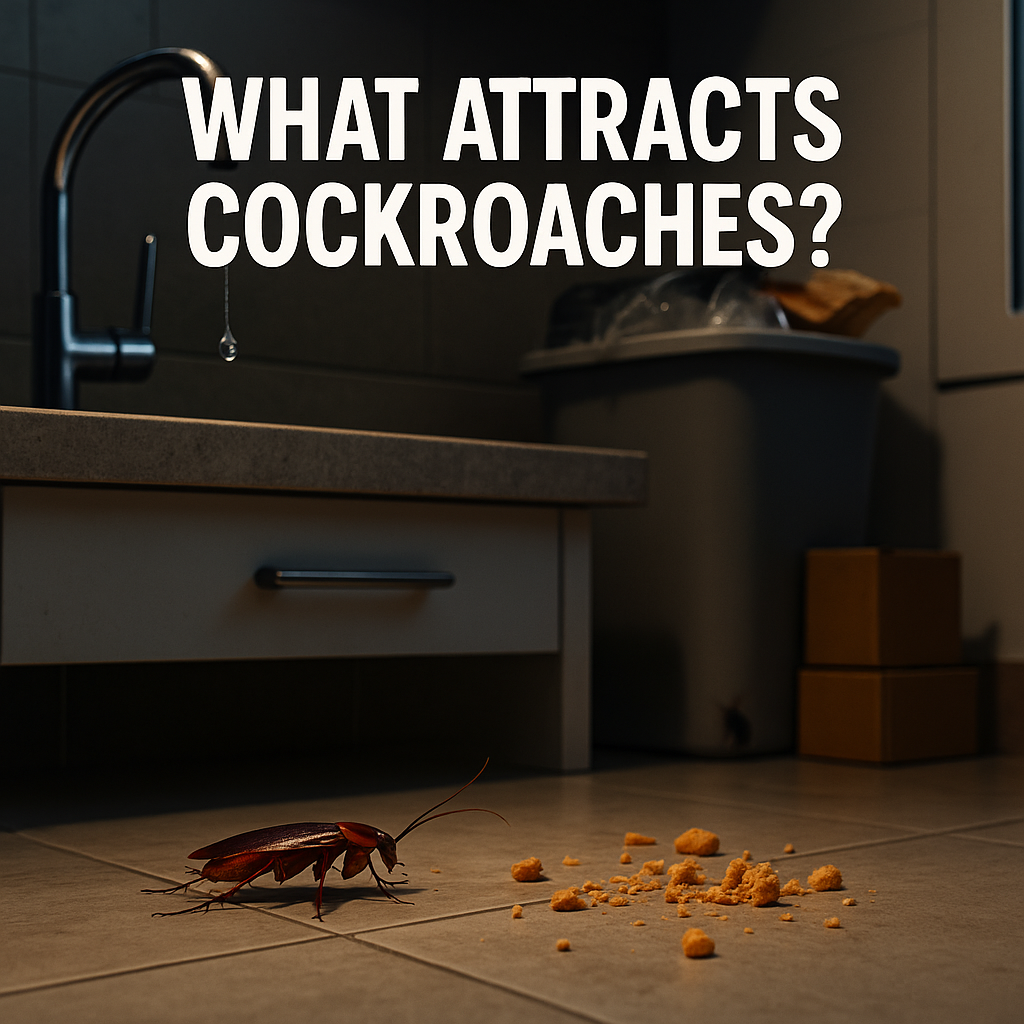
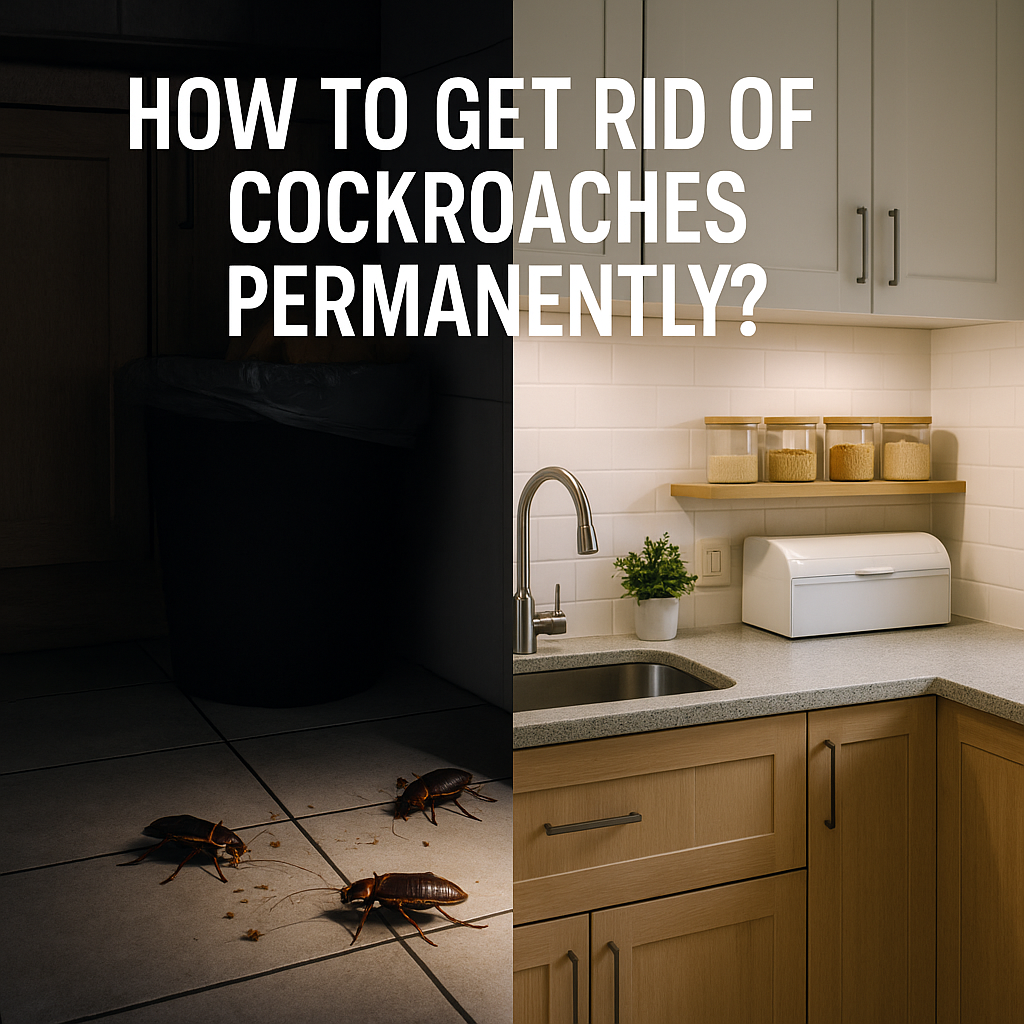
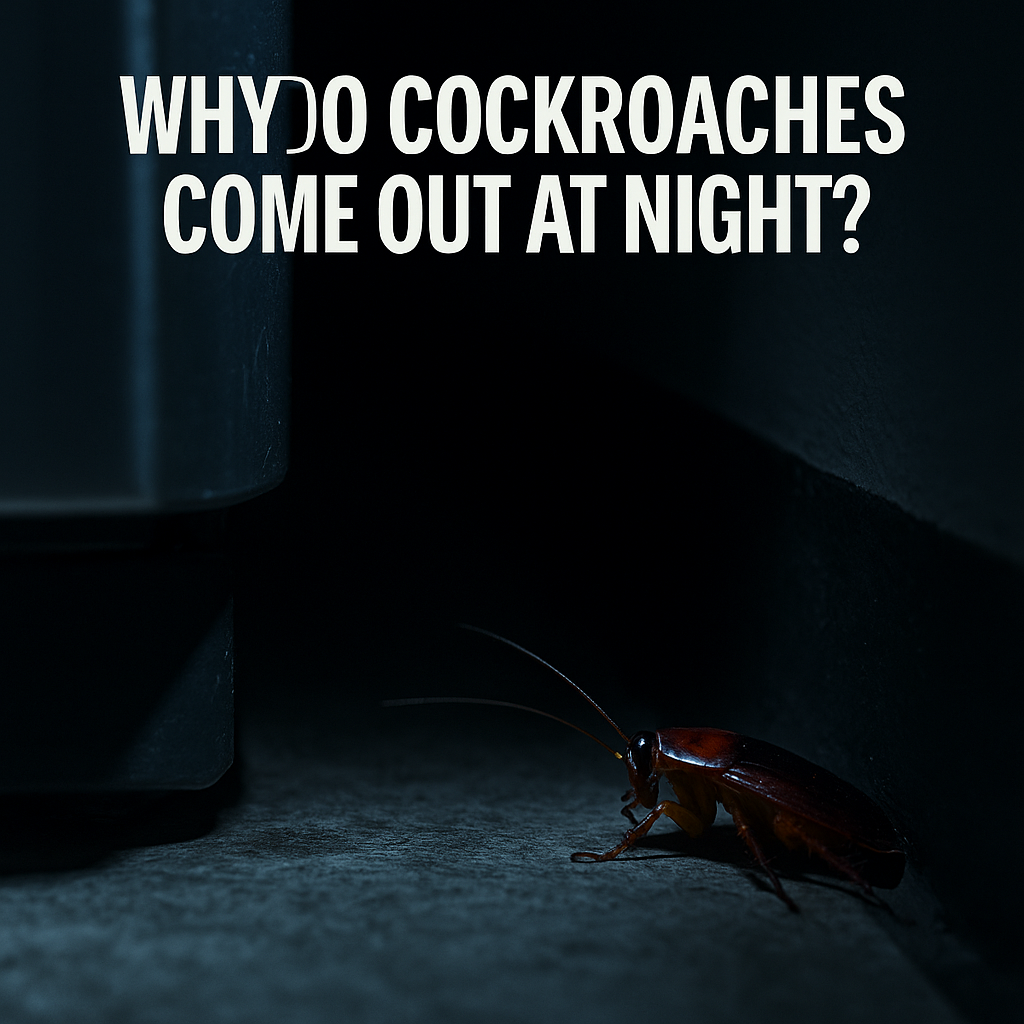

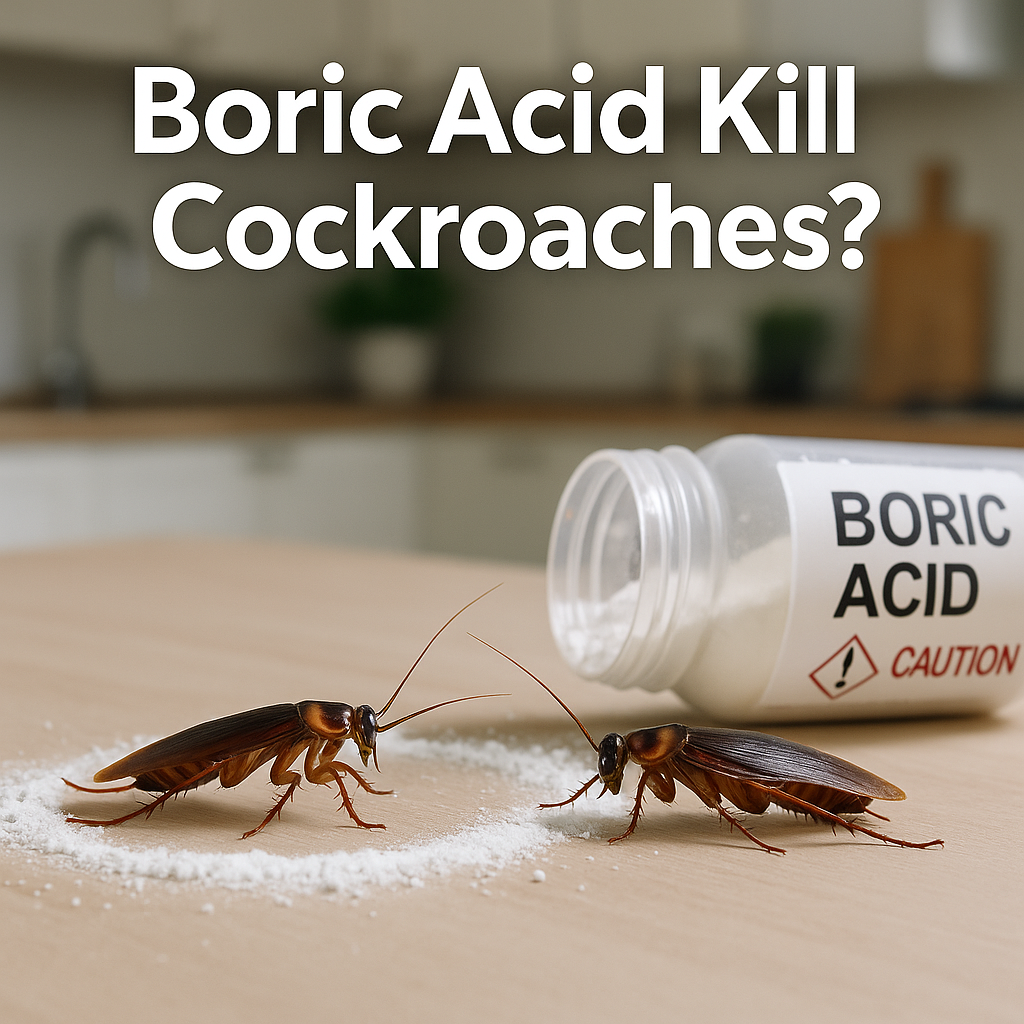

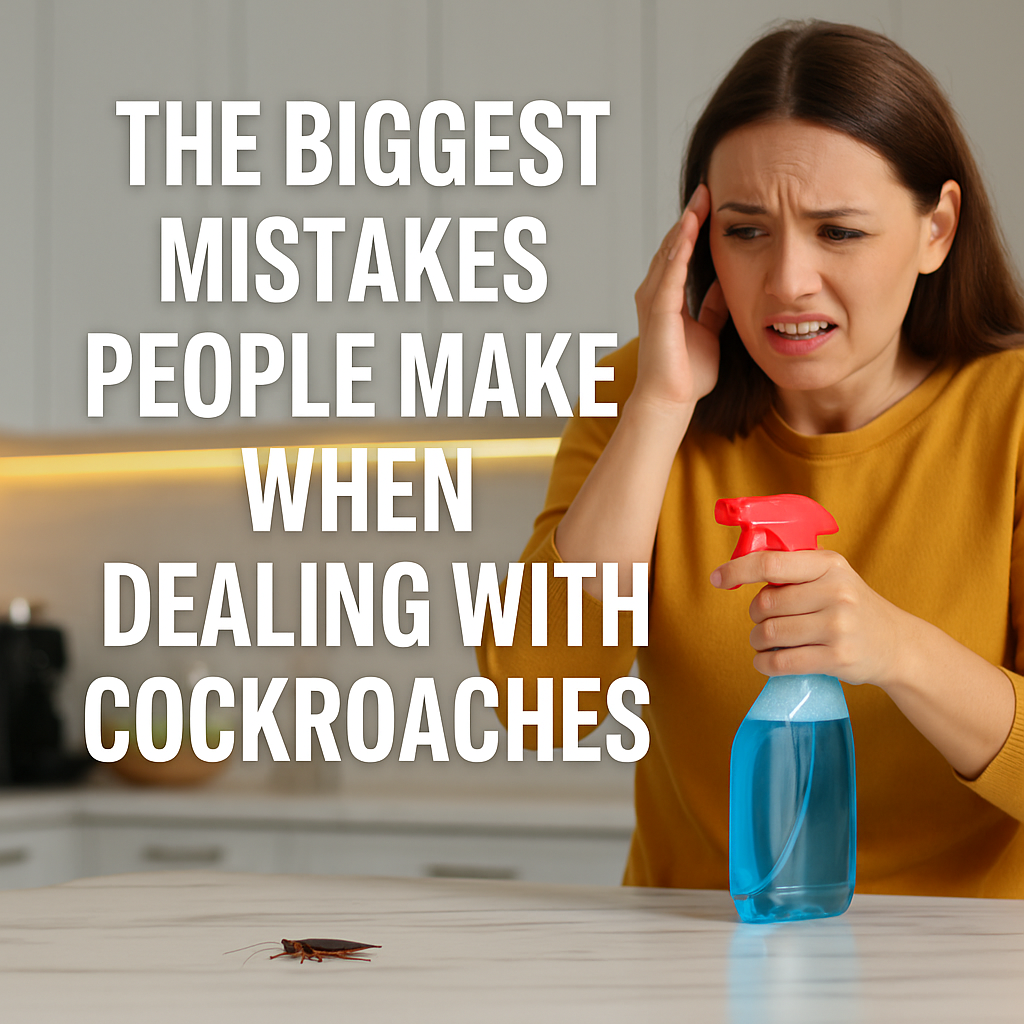
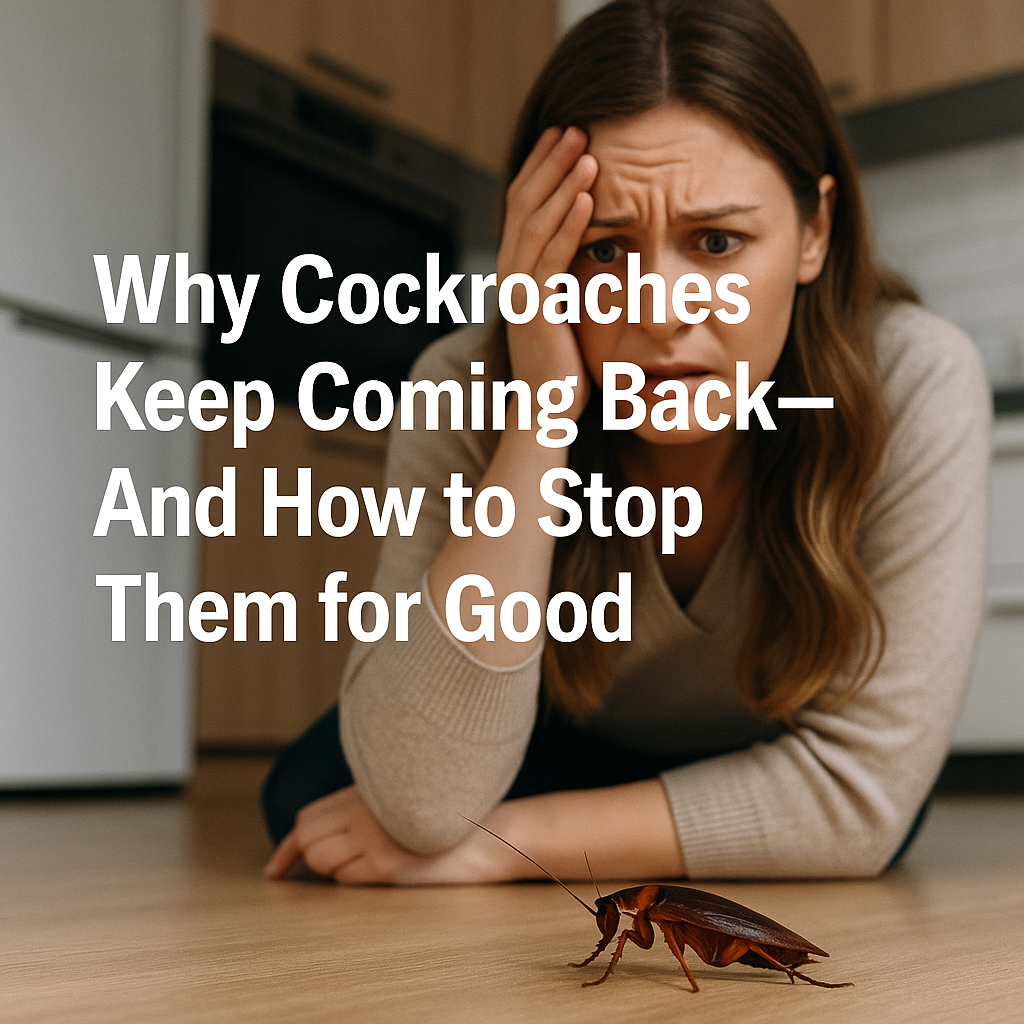
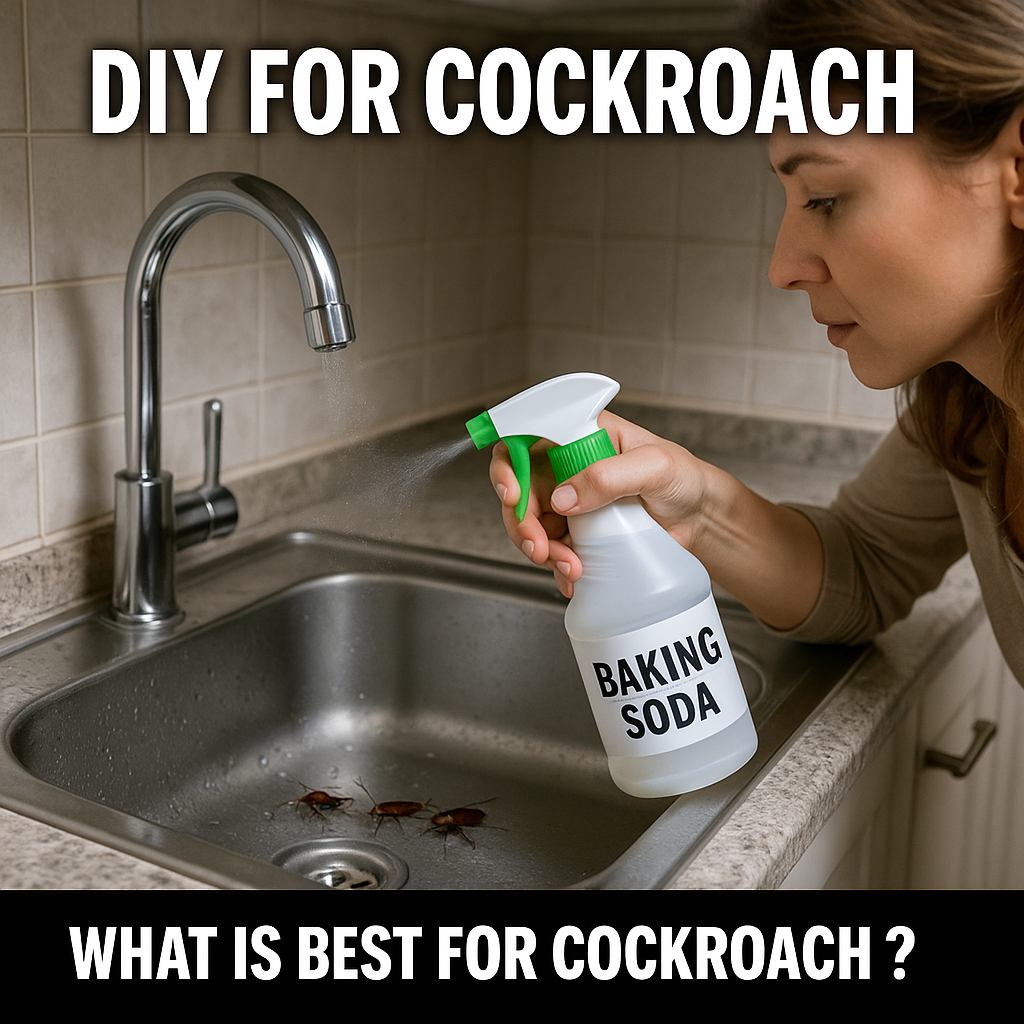
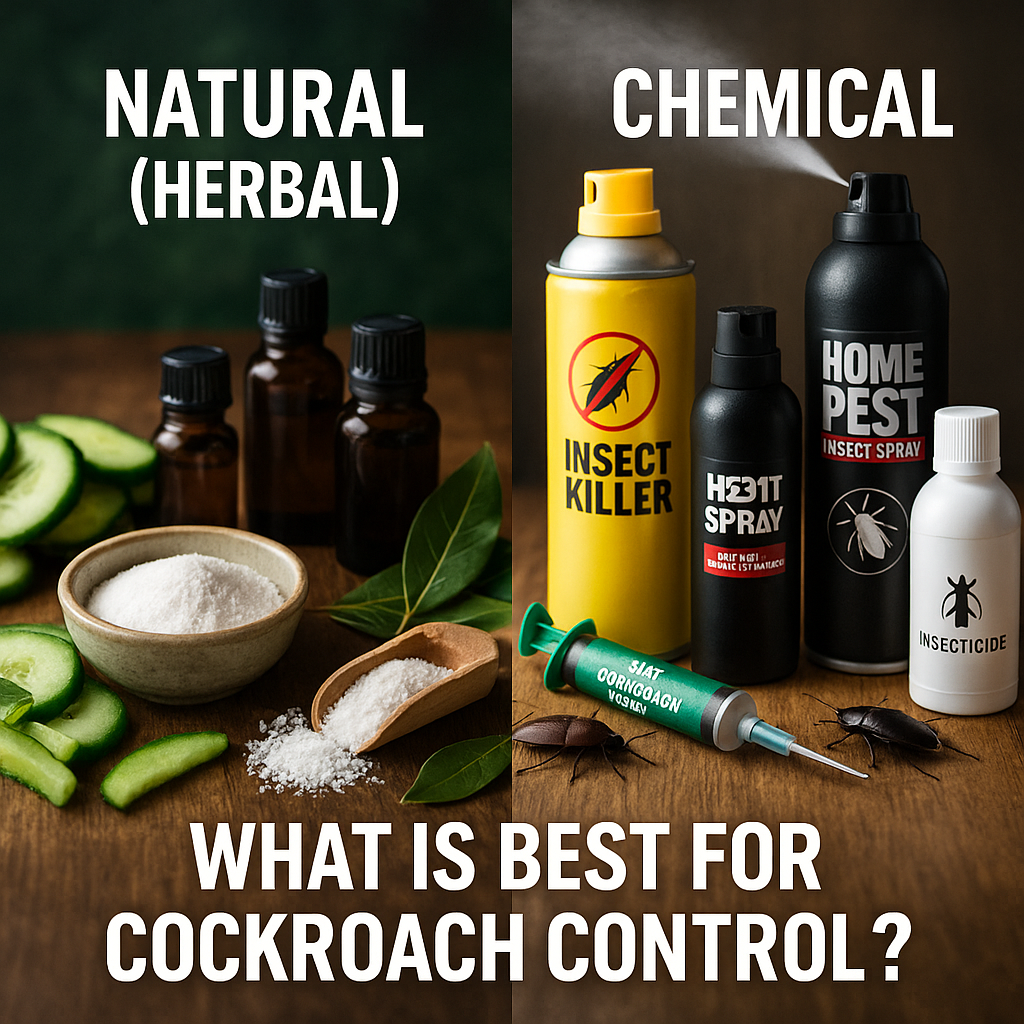
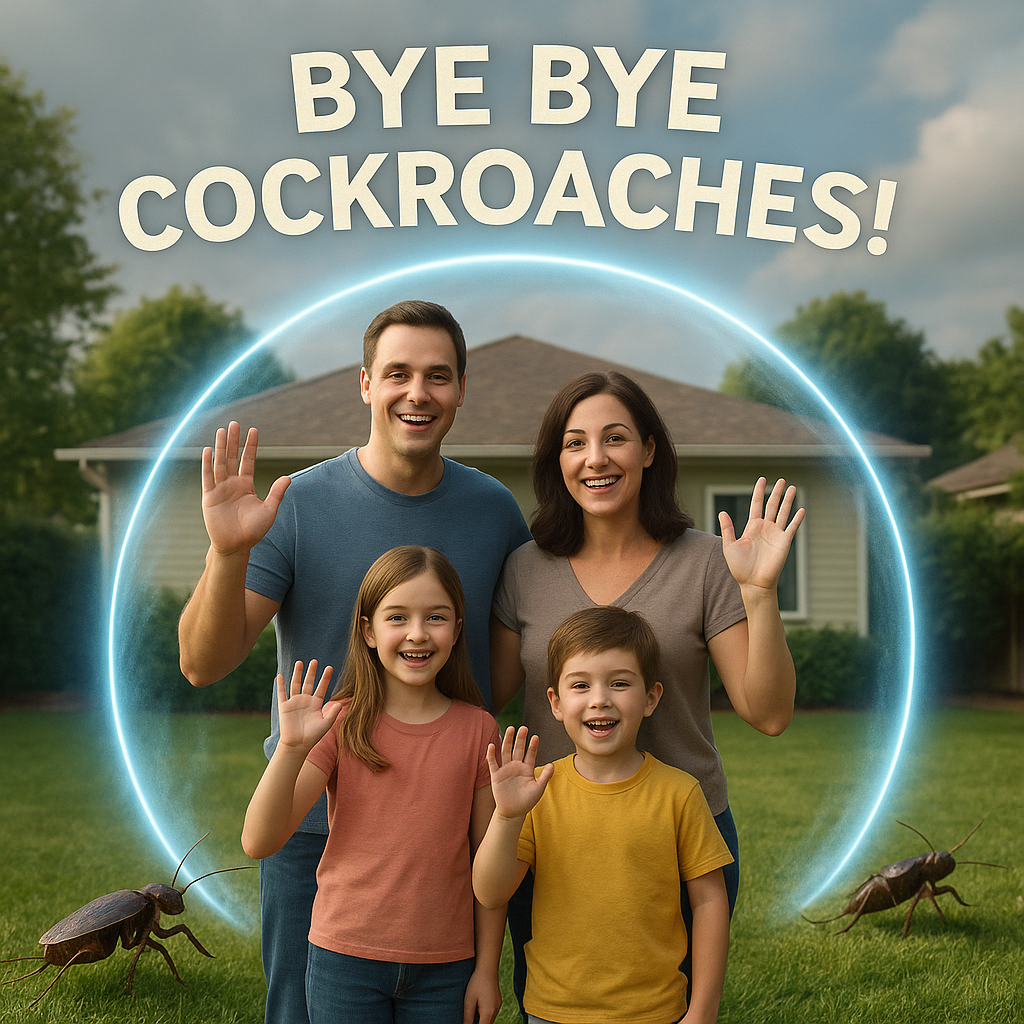
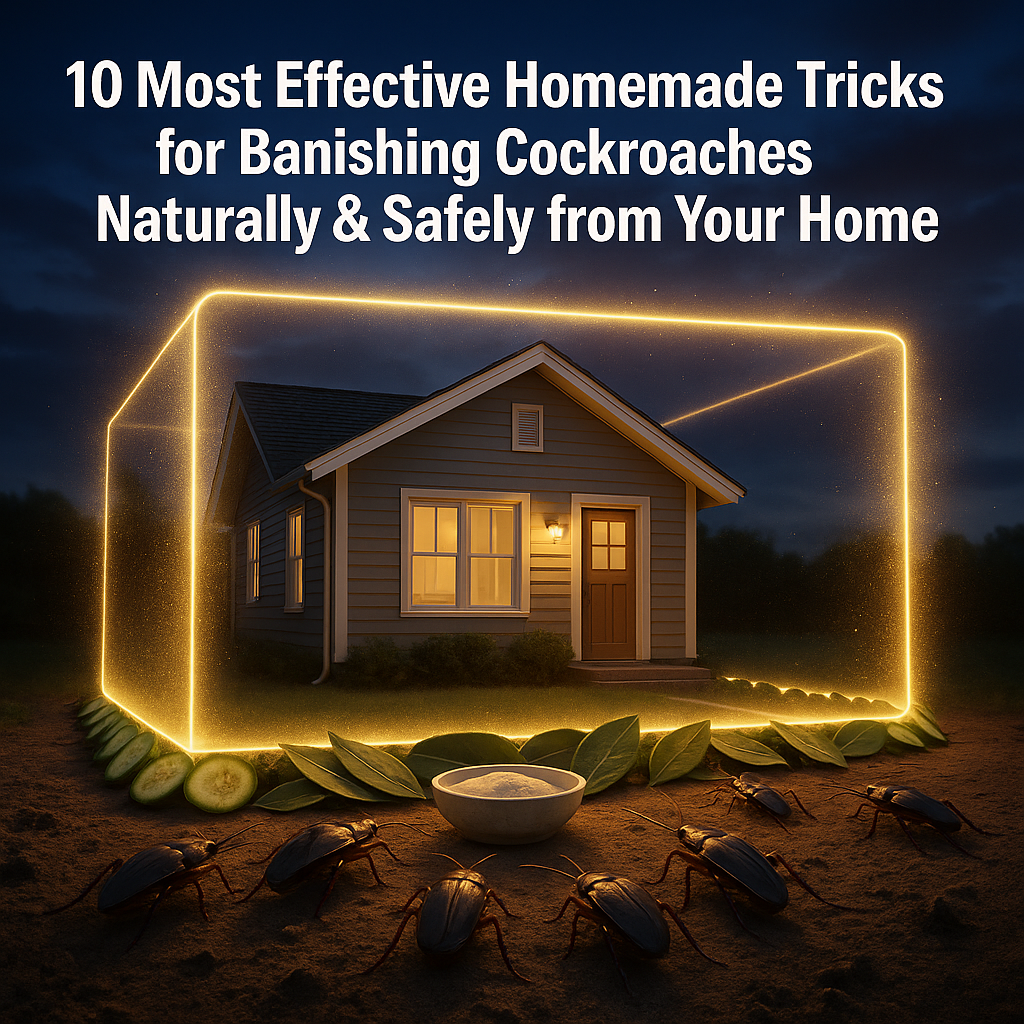
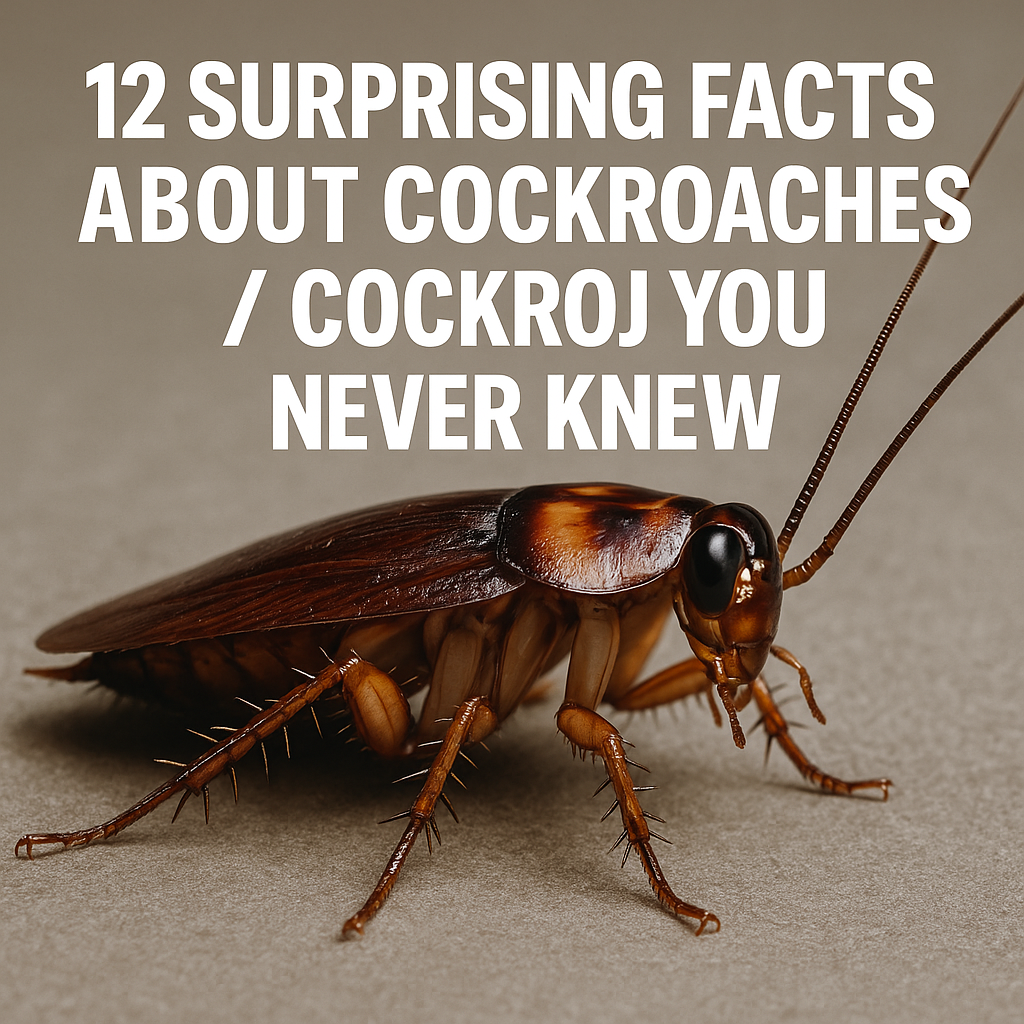
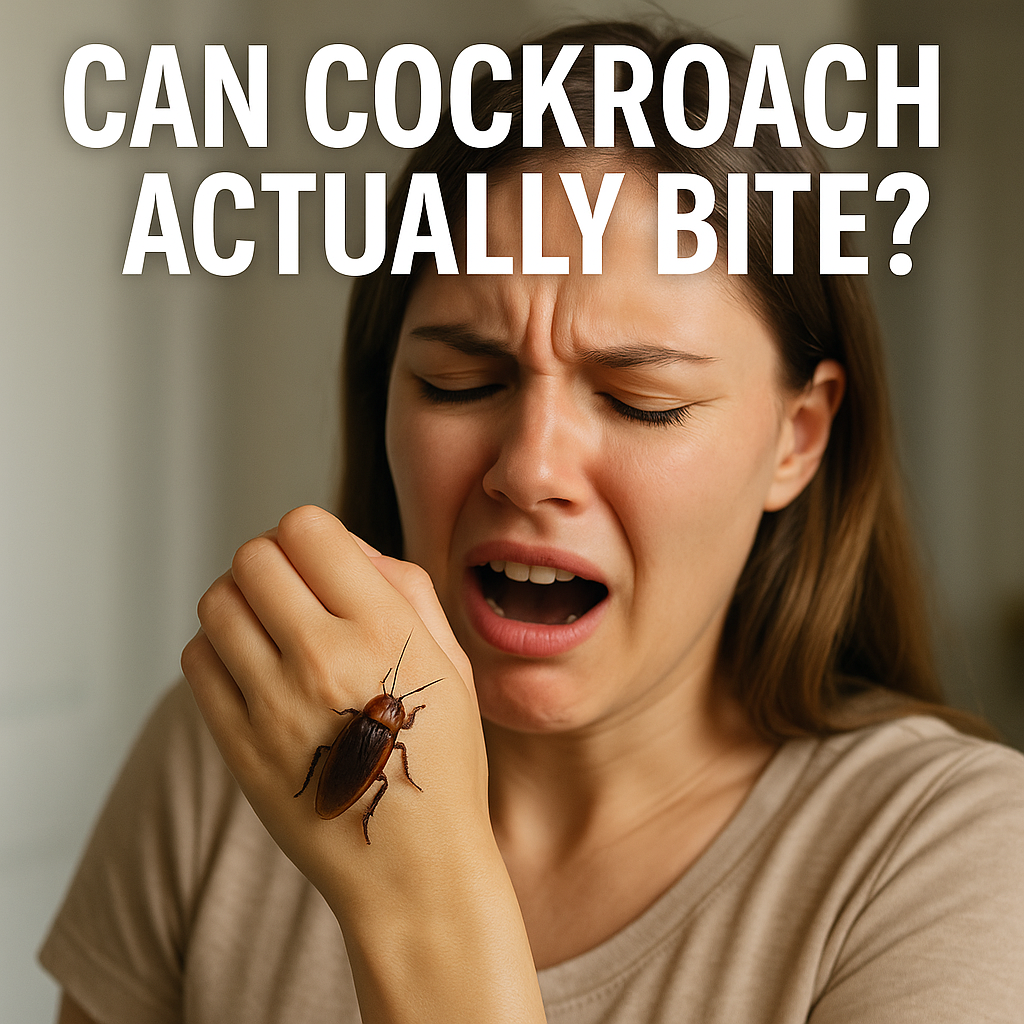
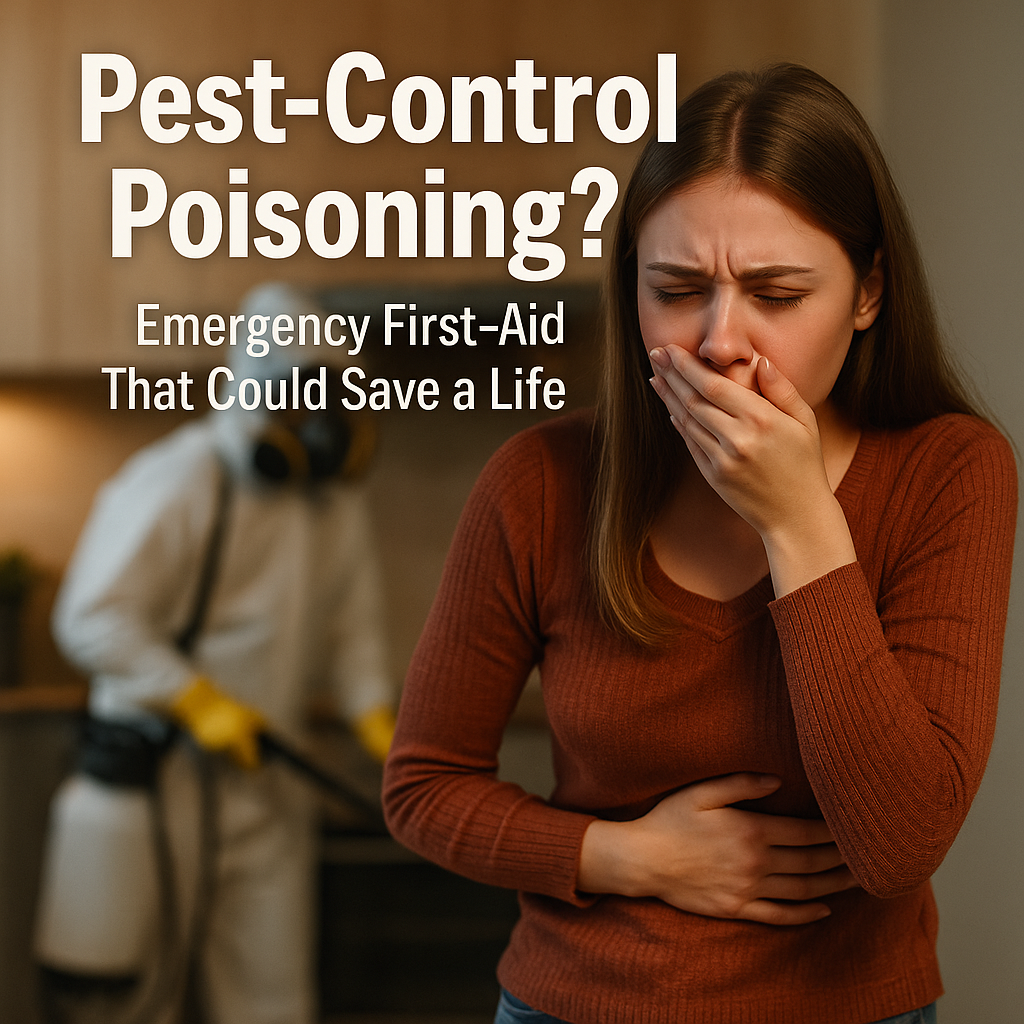
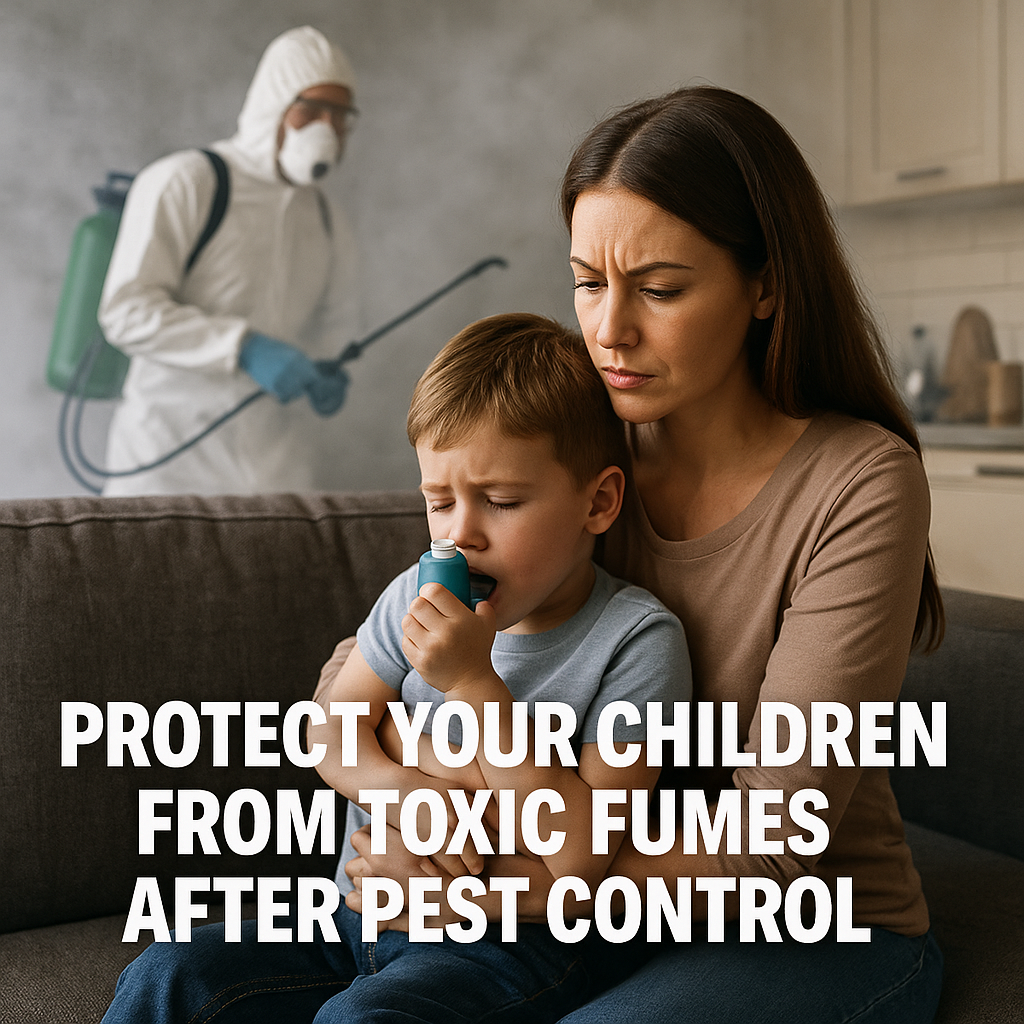

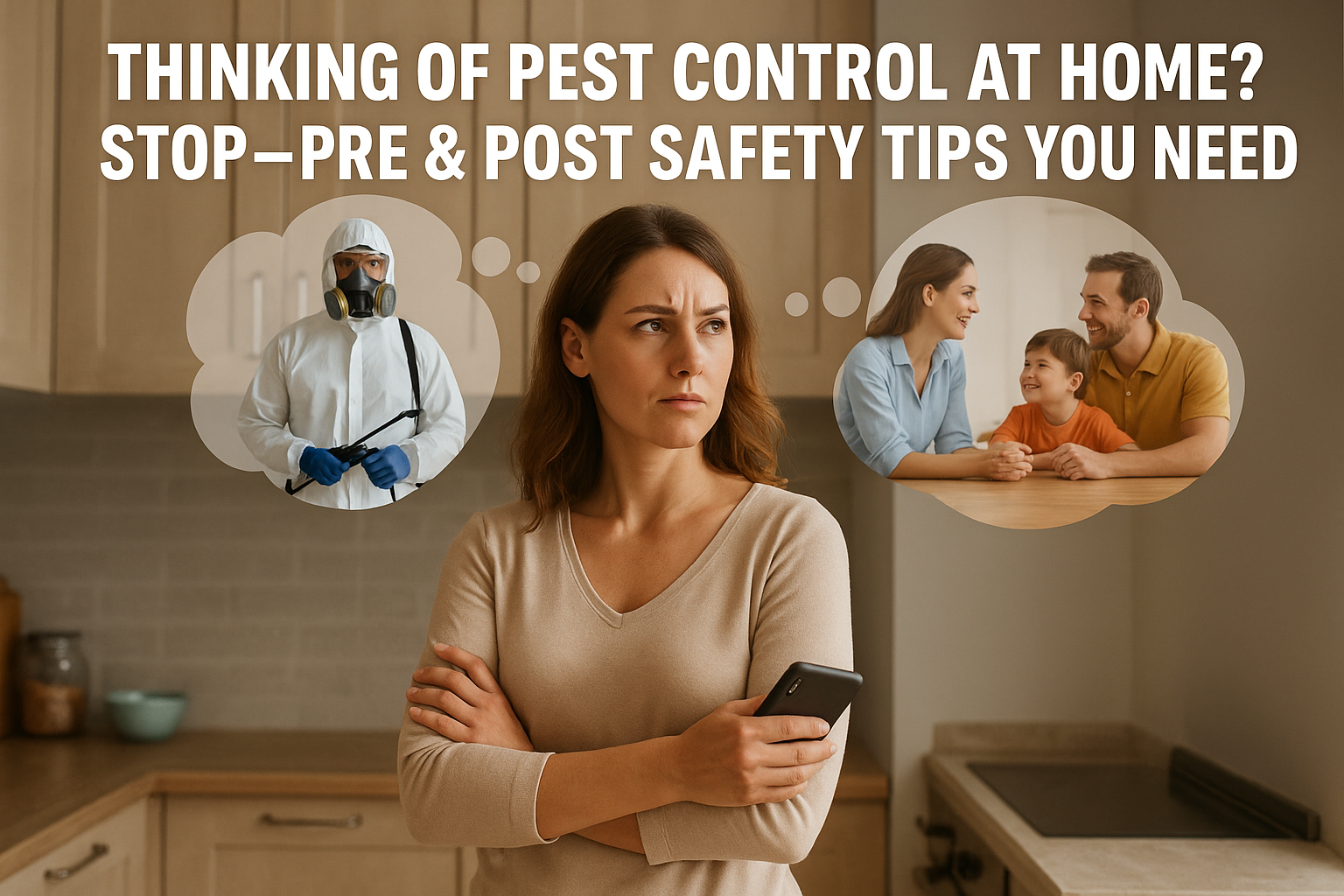



(0) Comments